Medium Writing
Medium Writing - Part 1
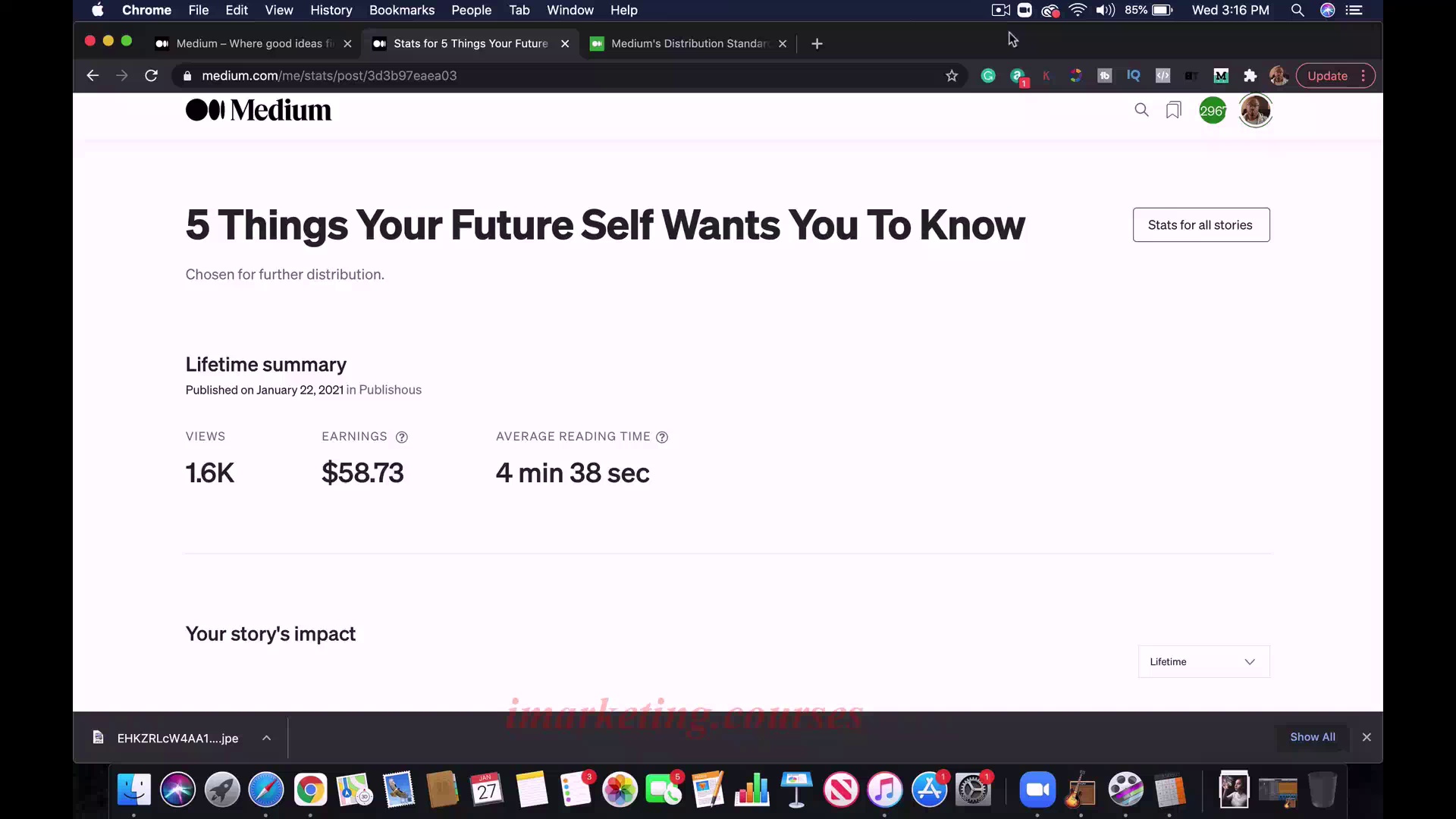
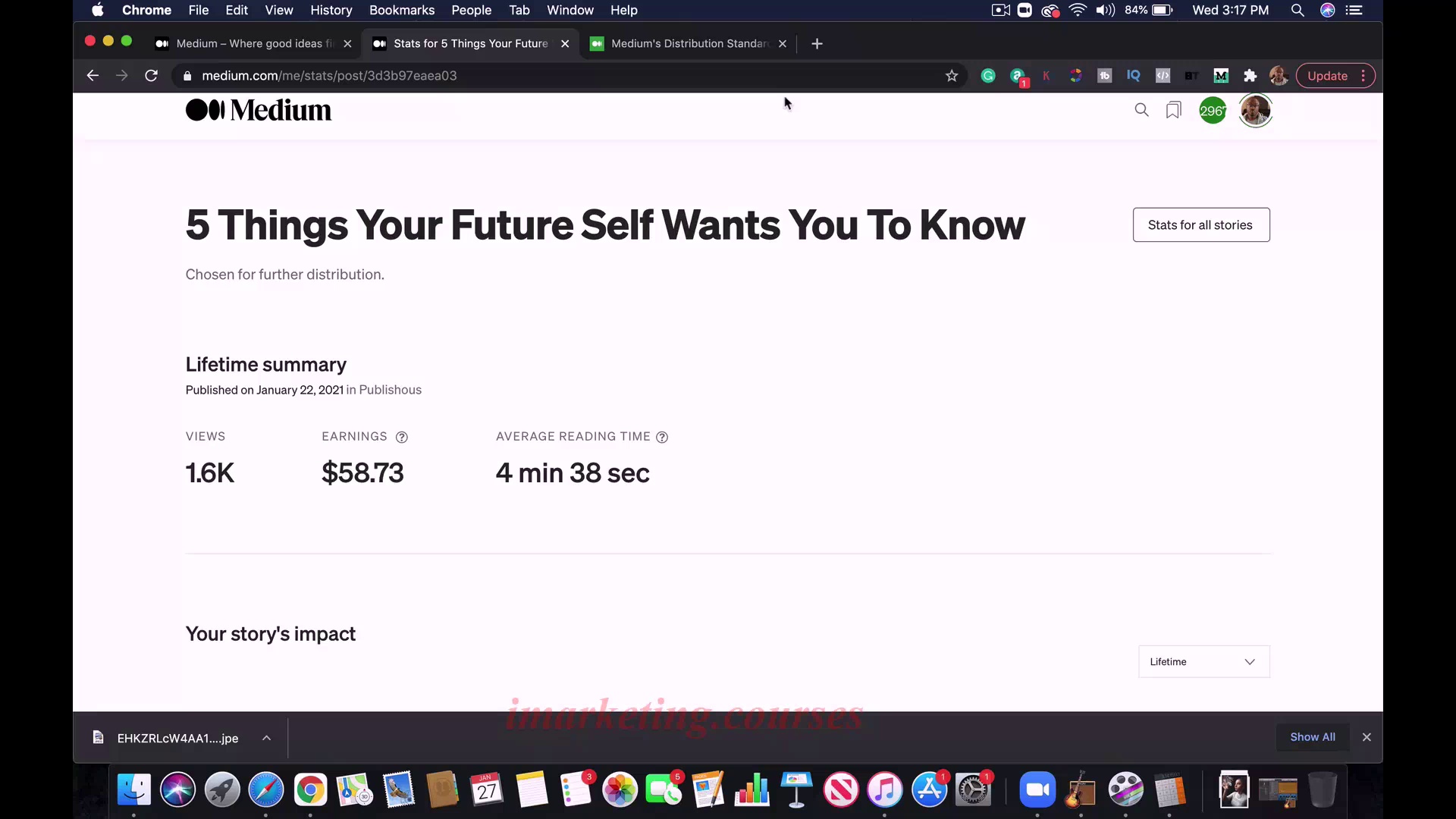
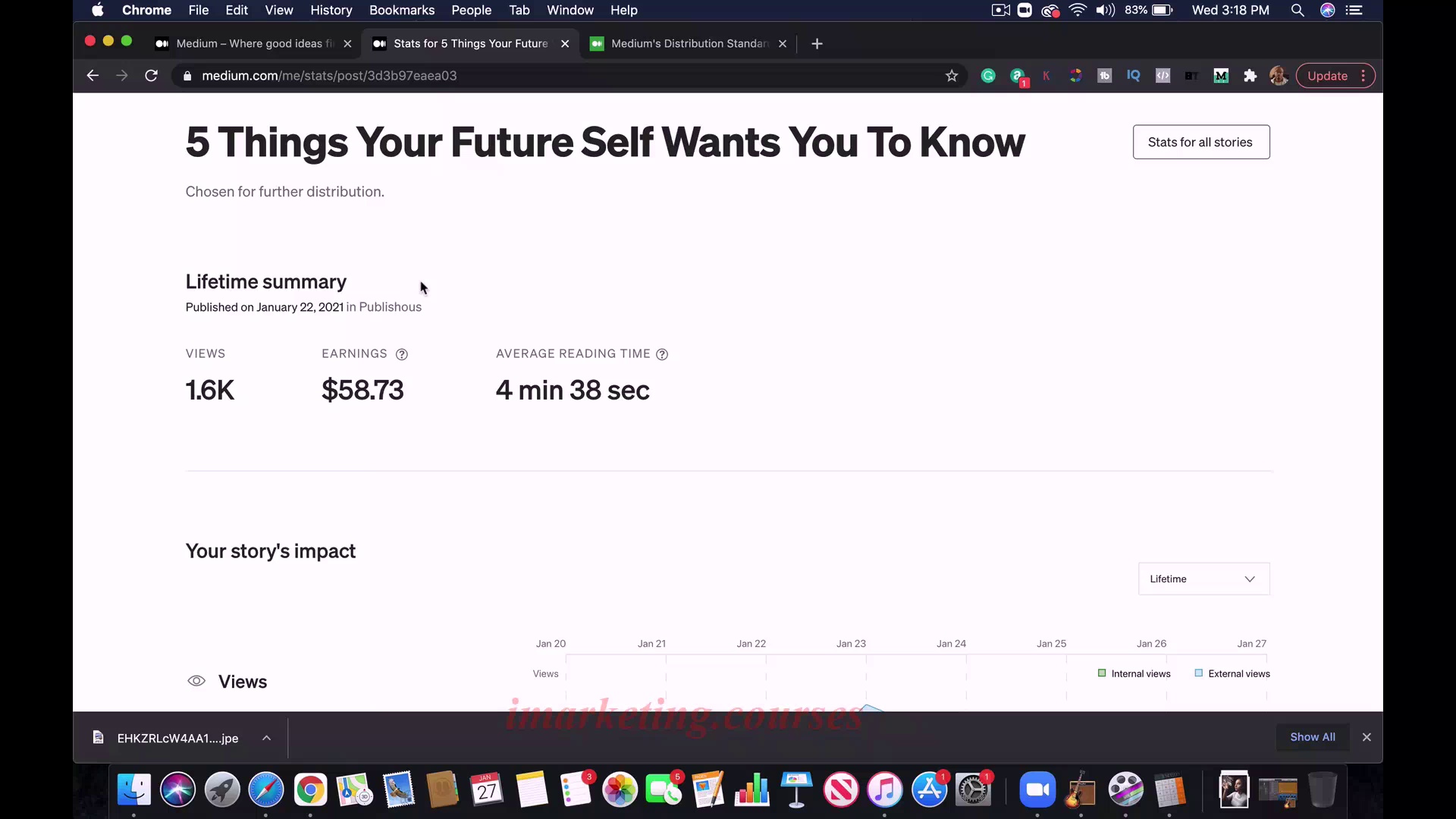
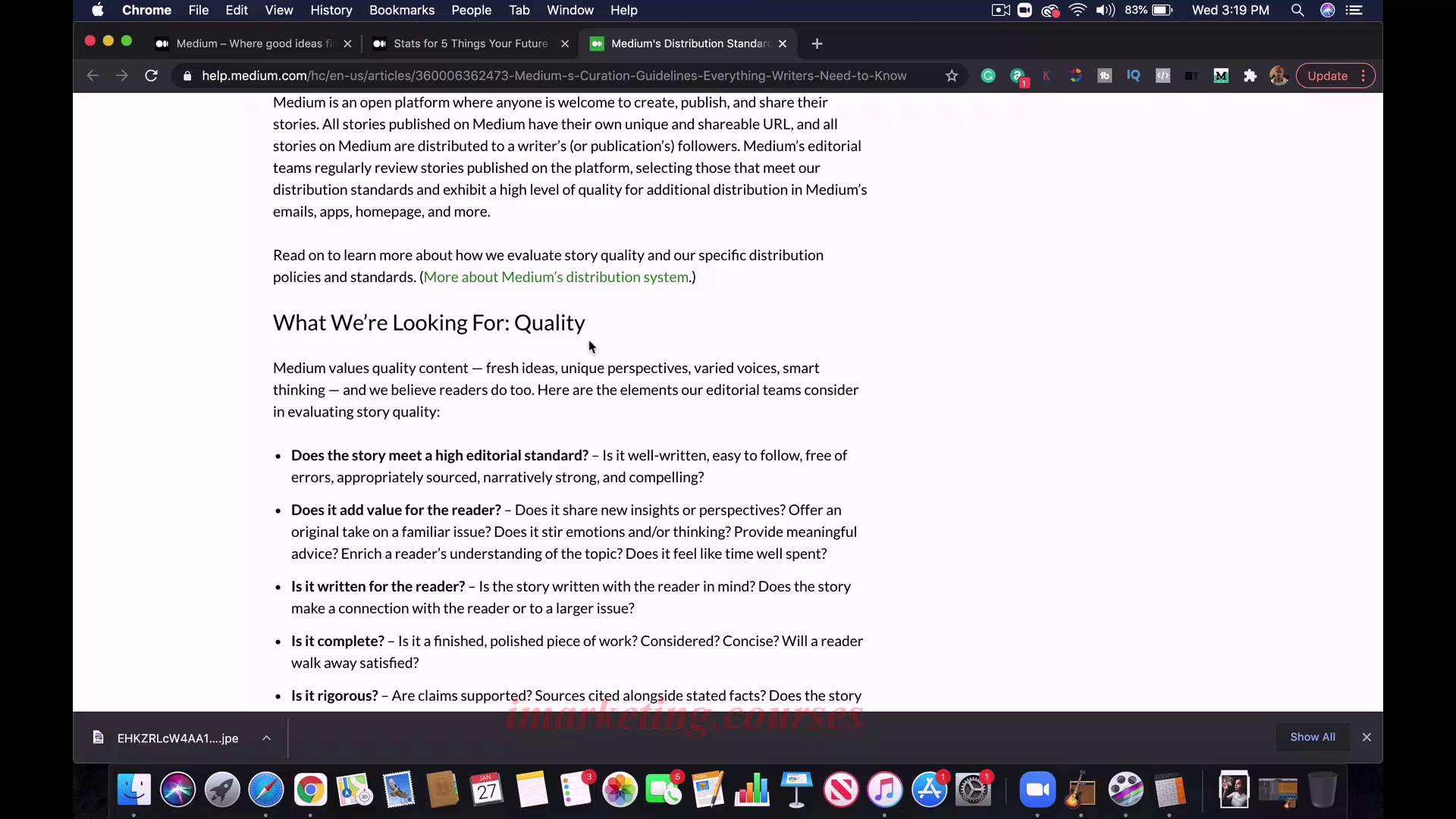
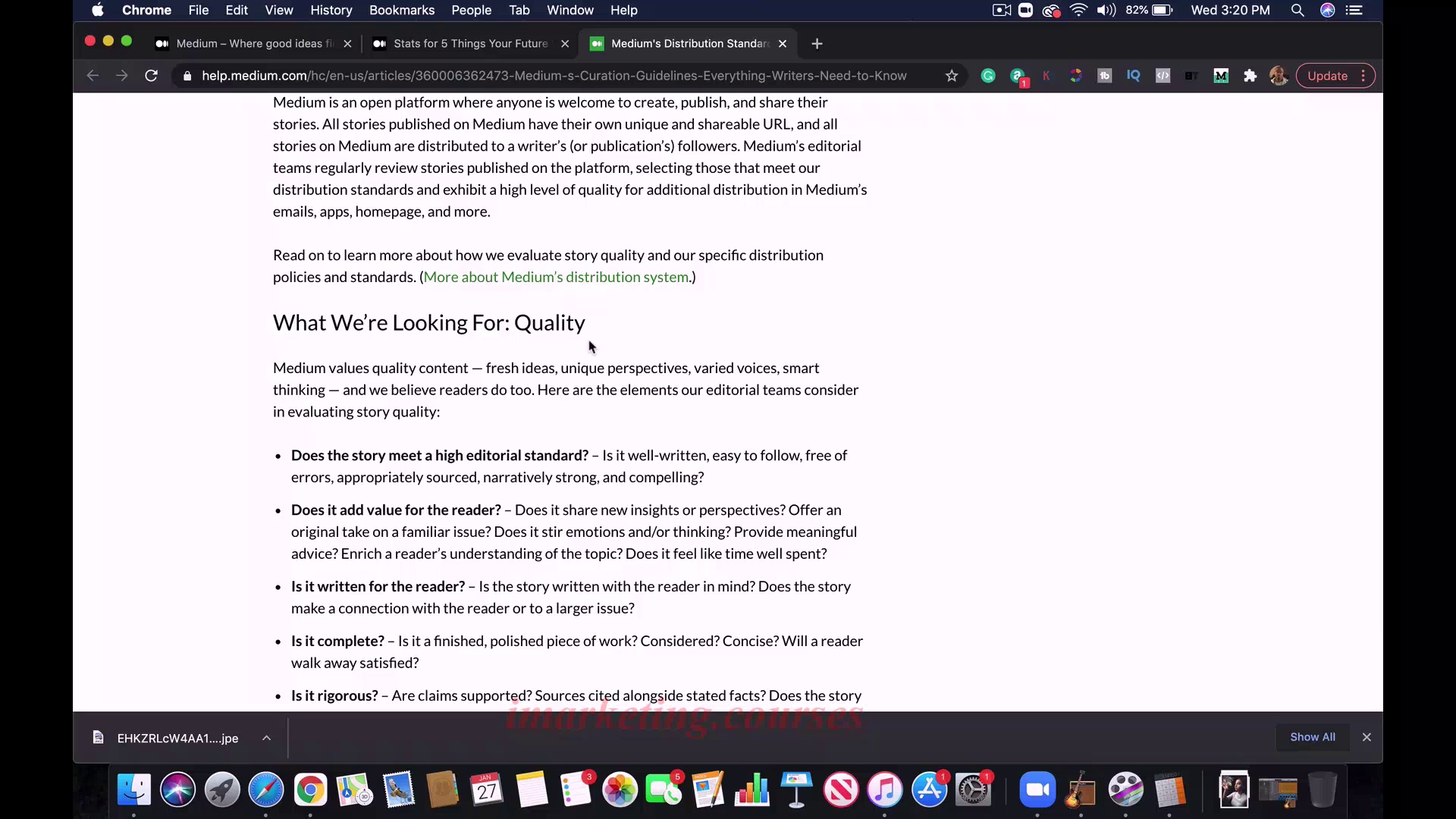
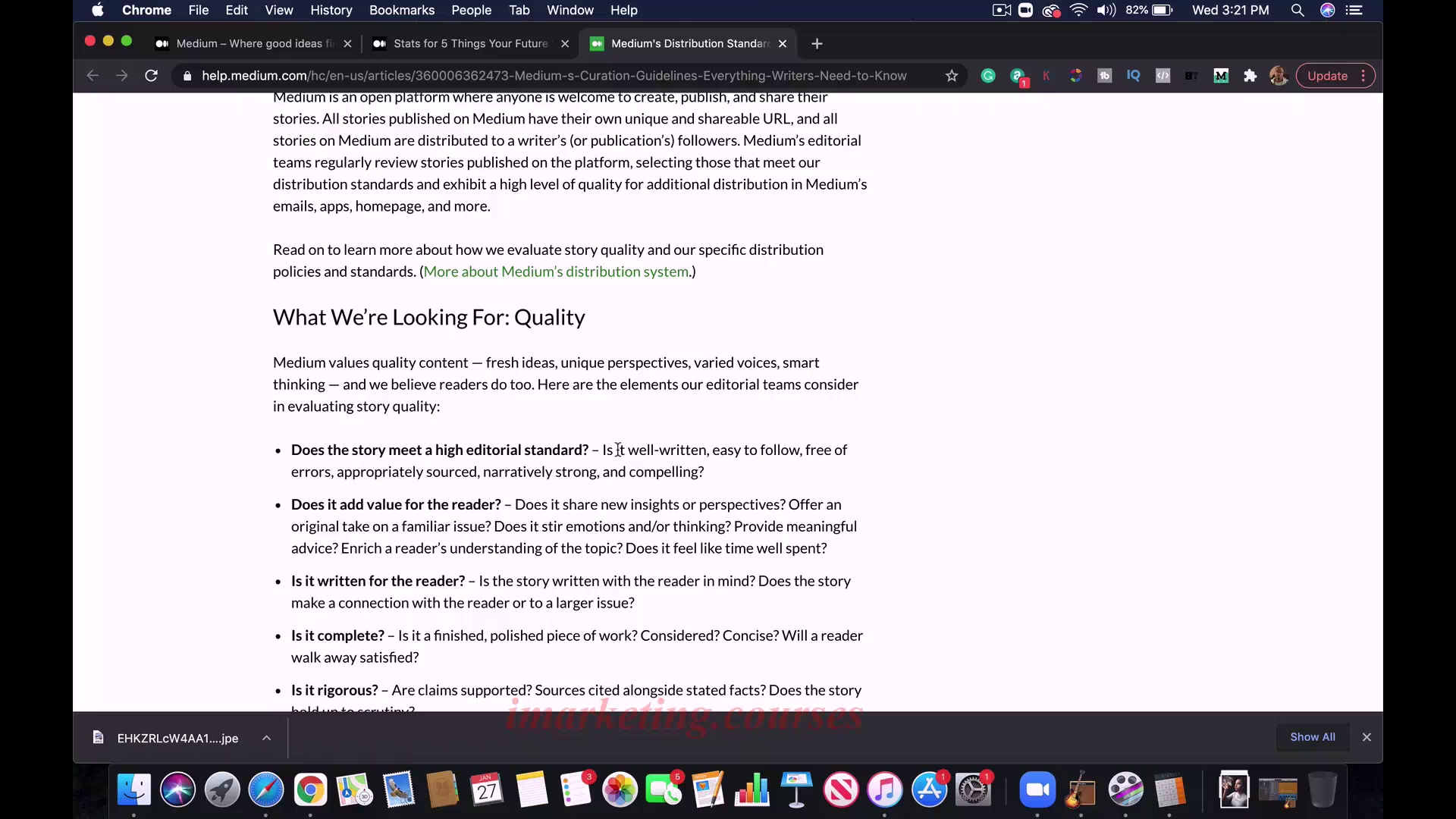
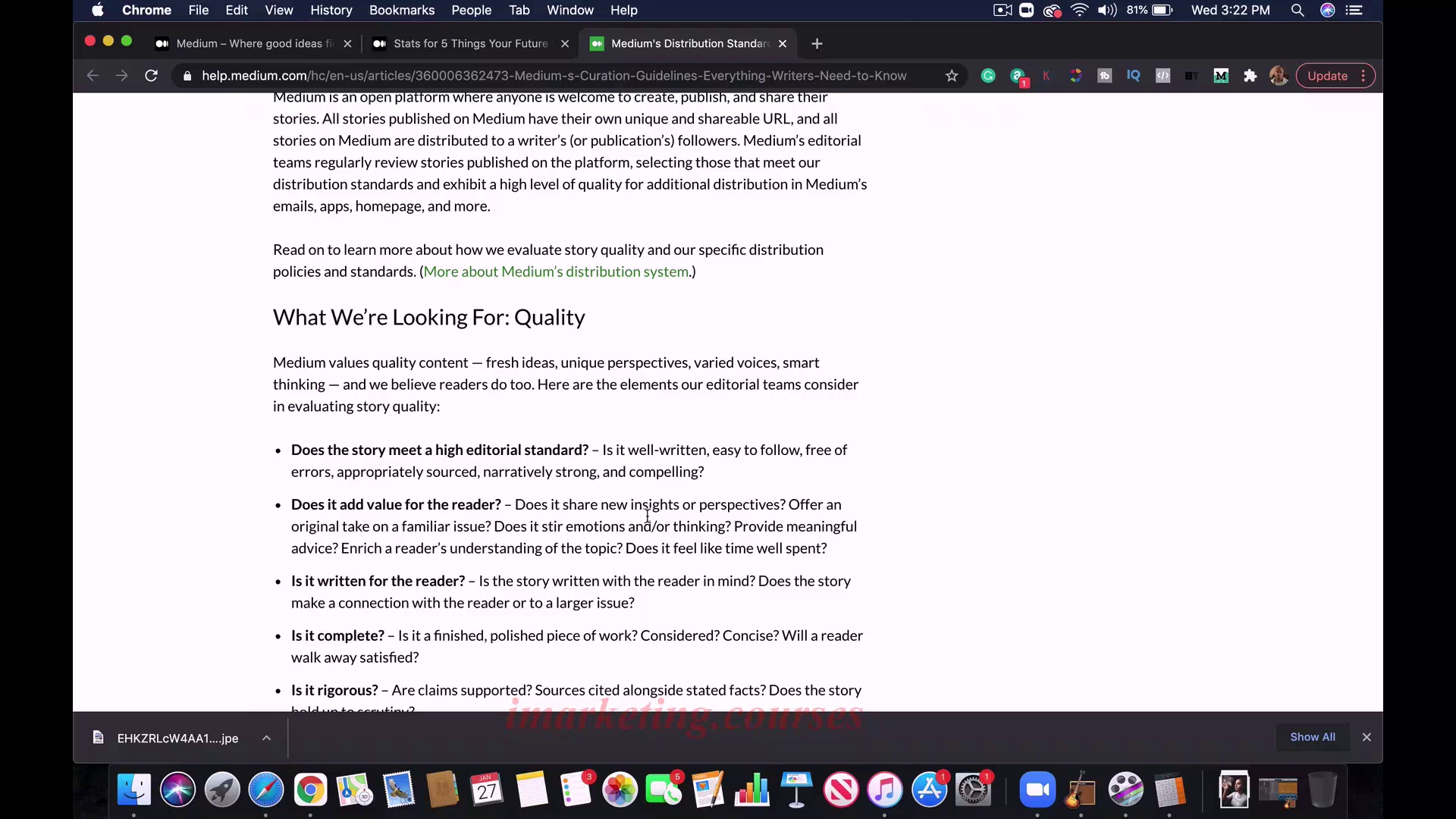
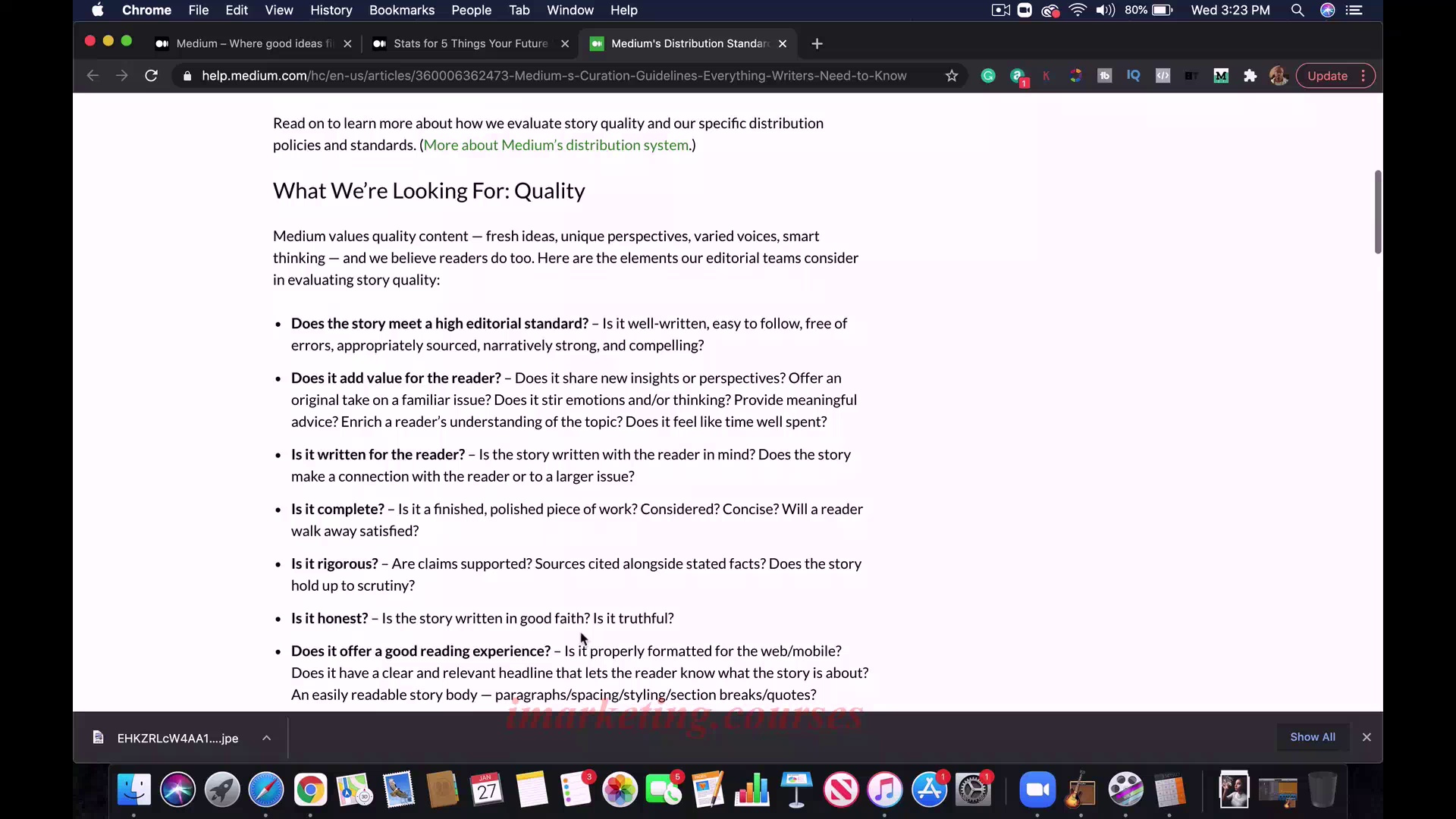
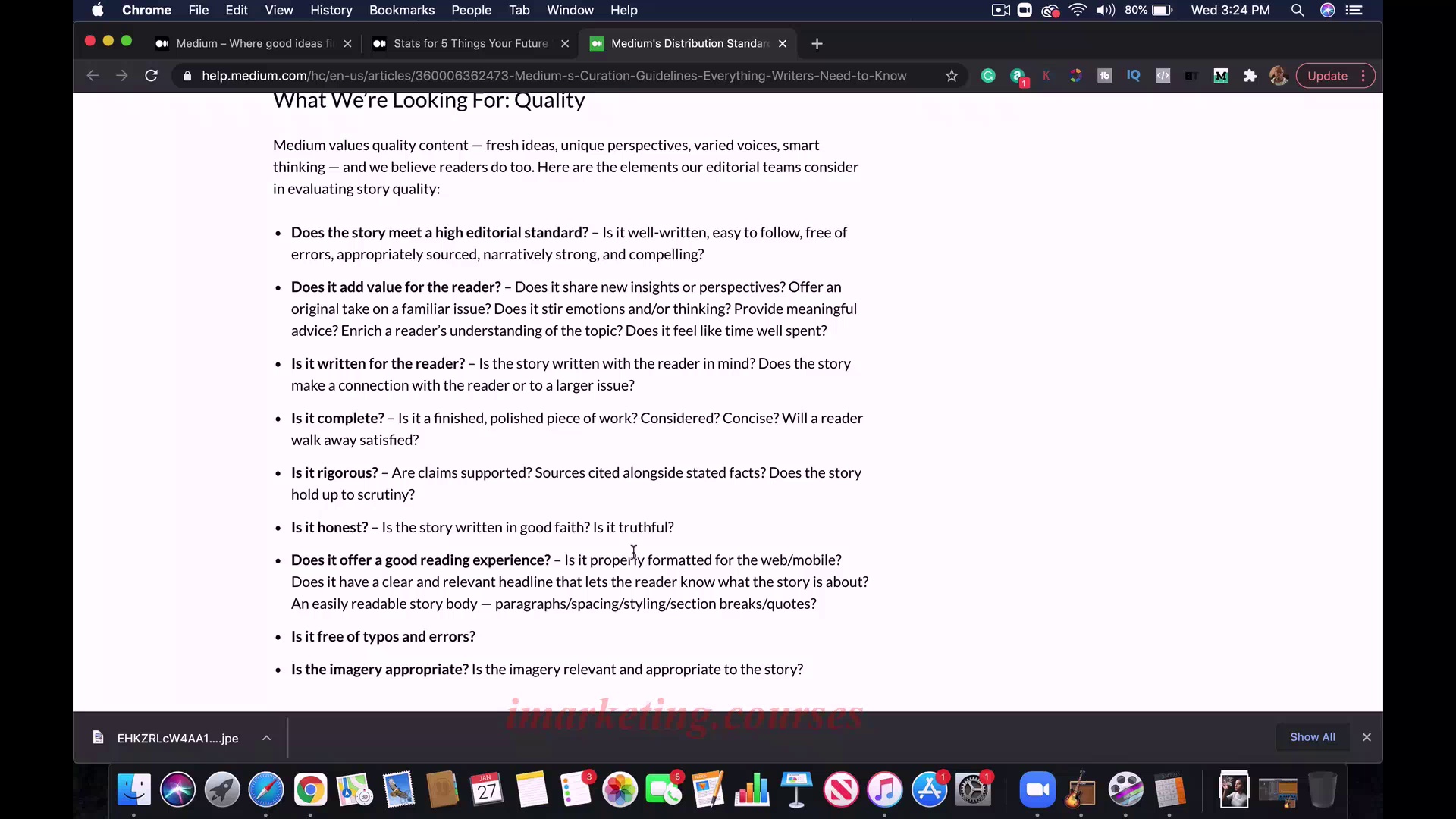
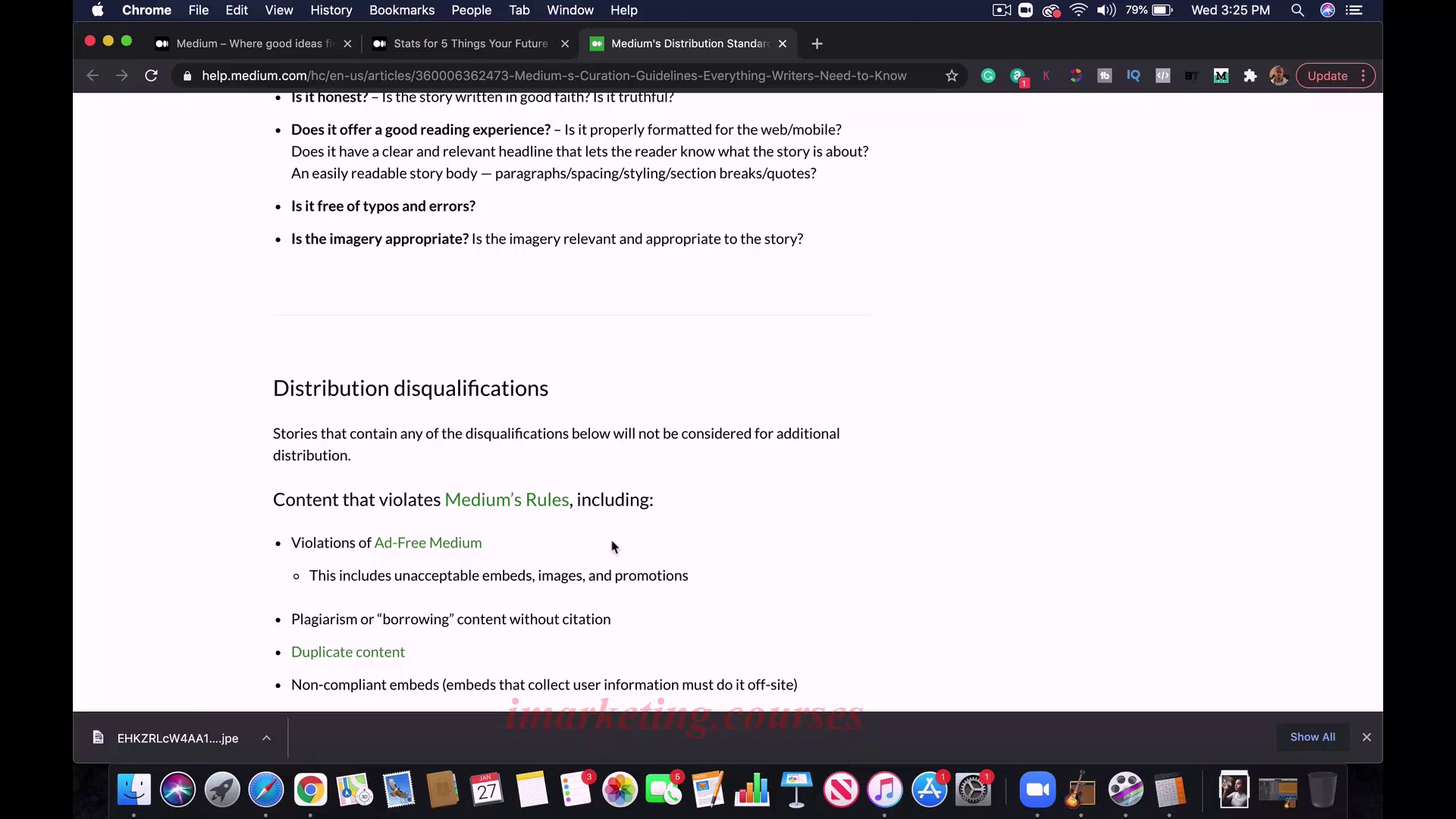
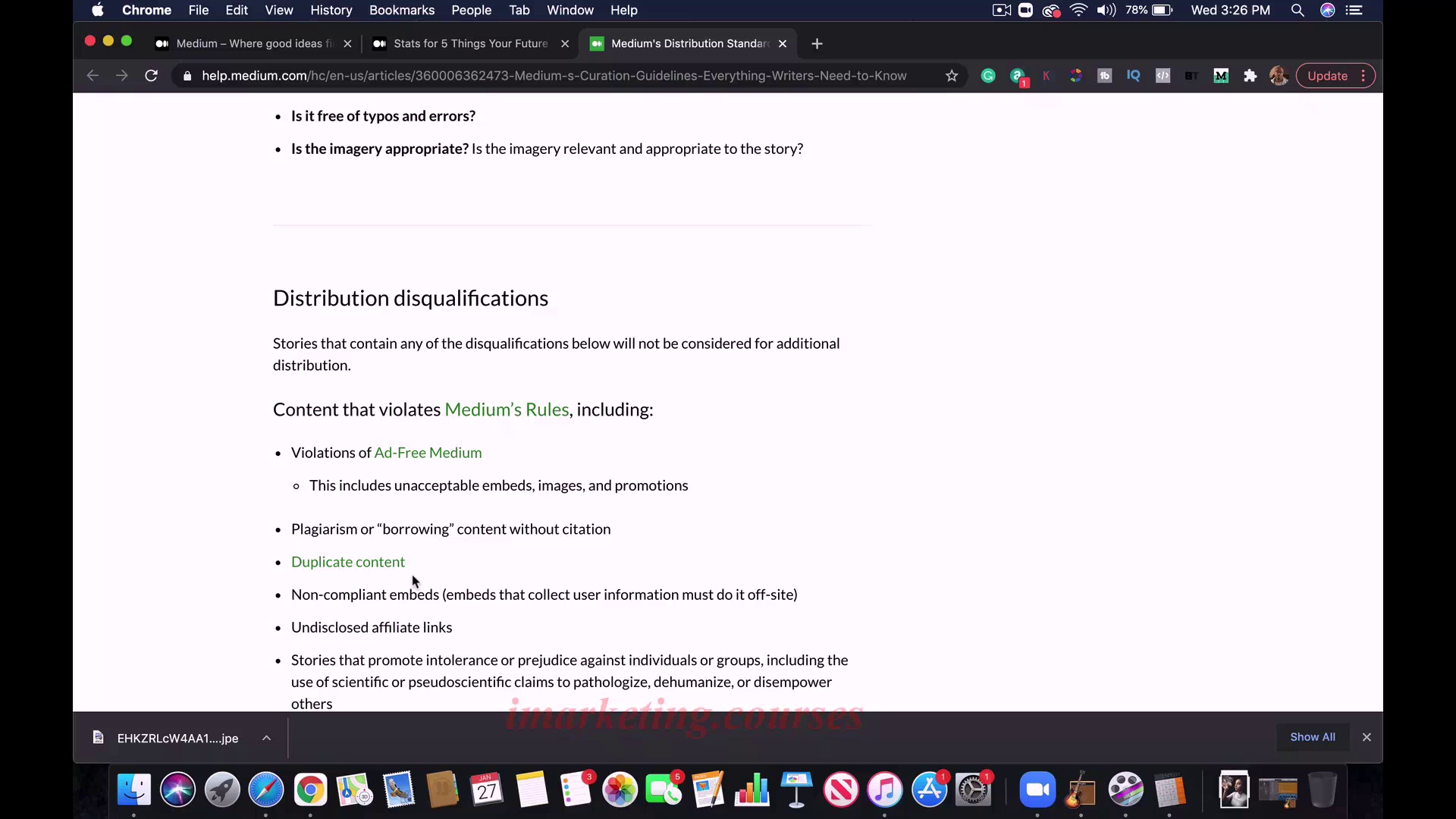
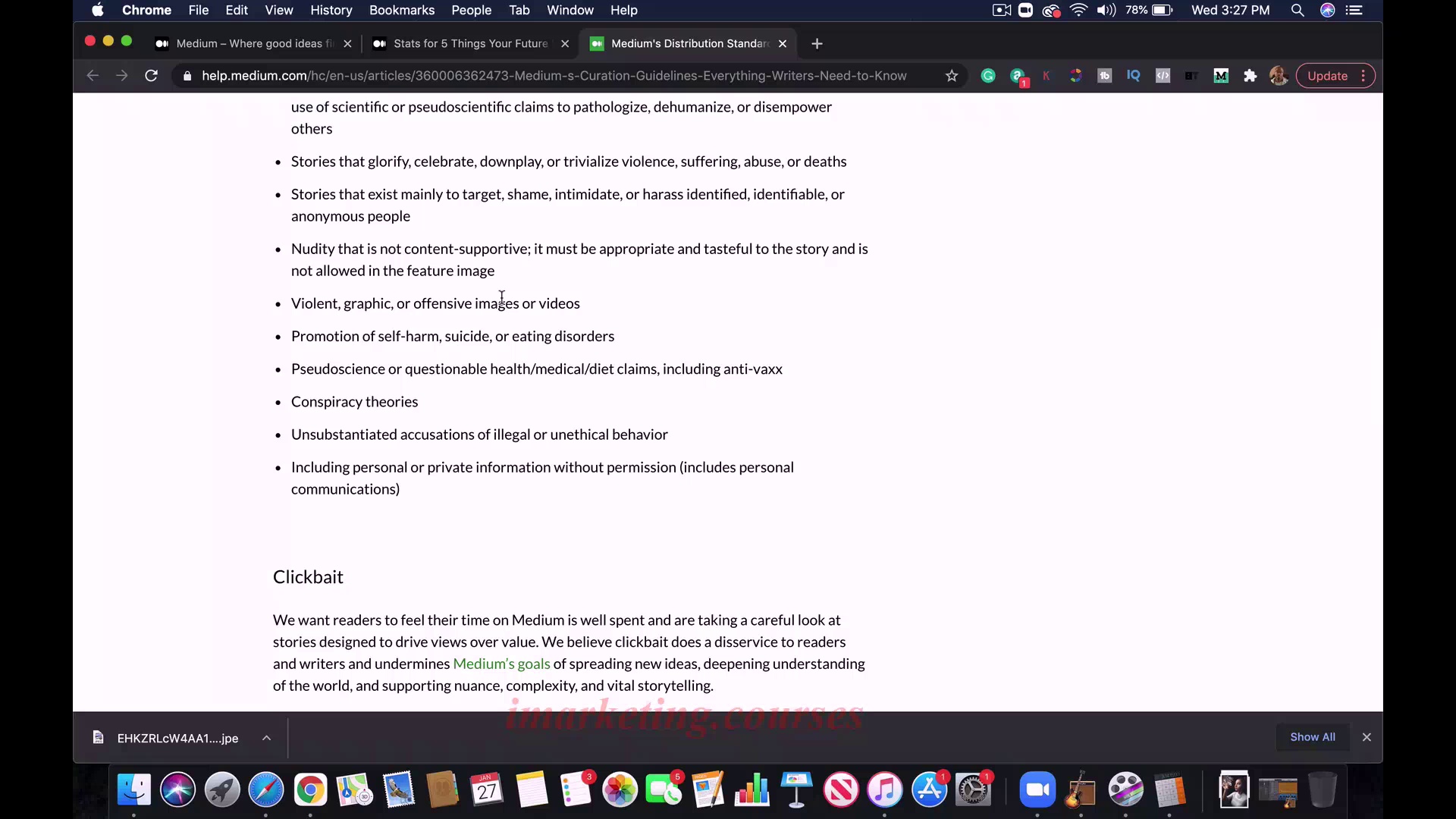
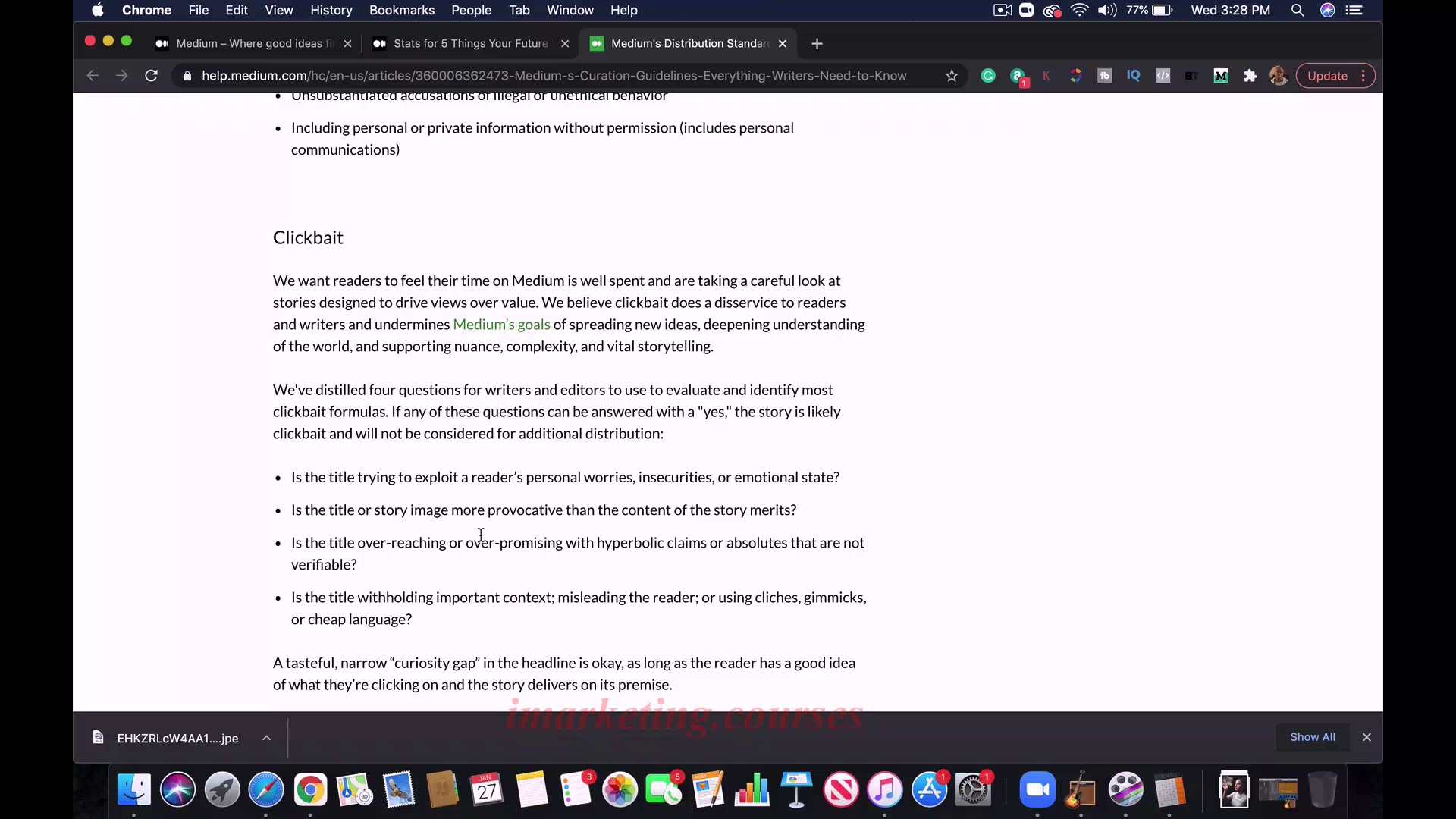
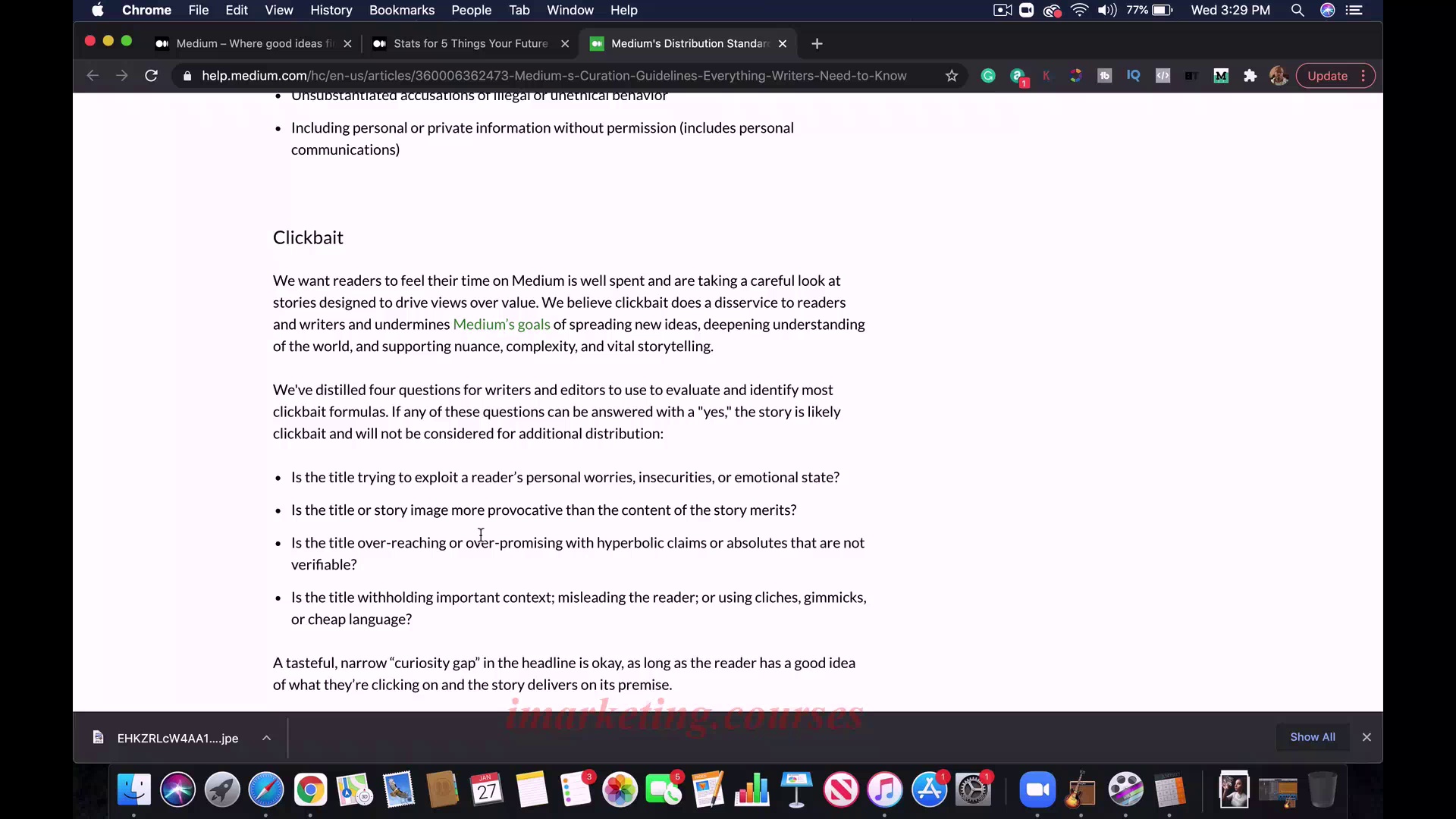
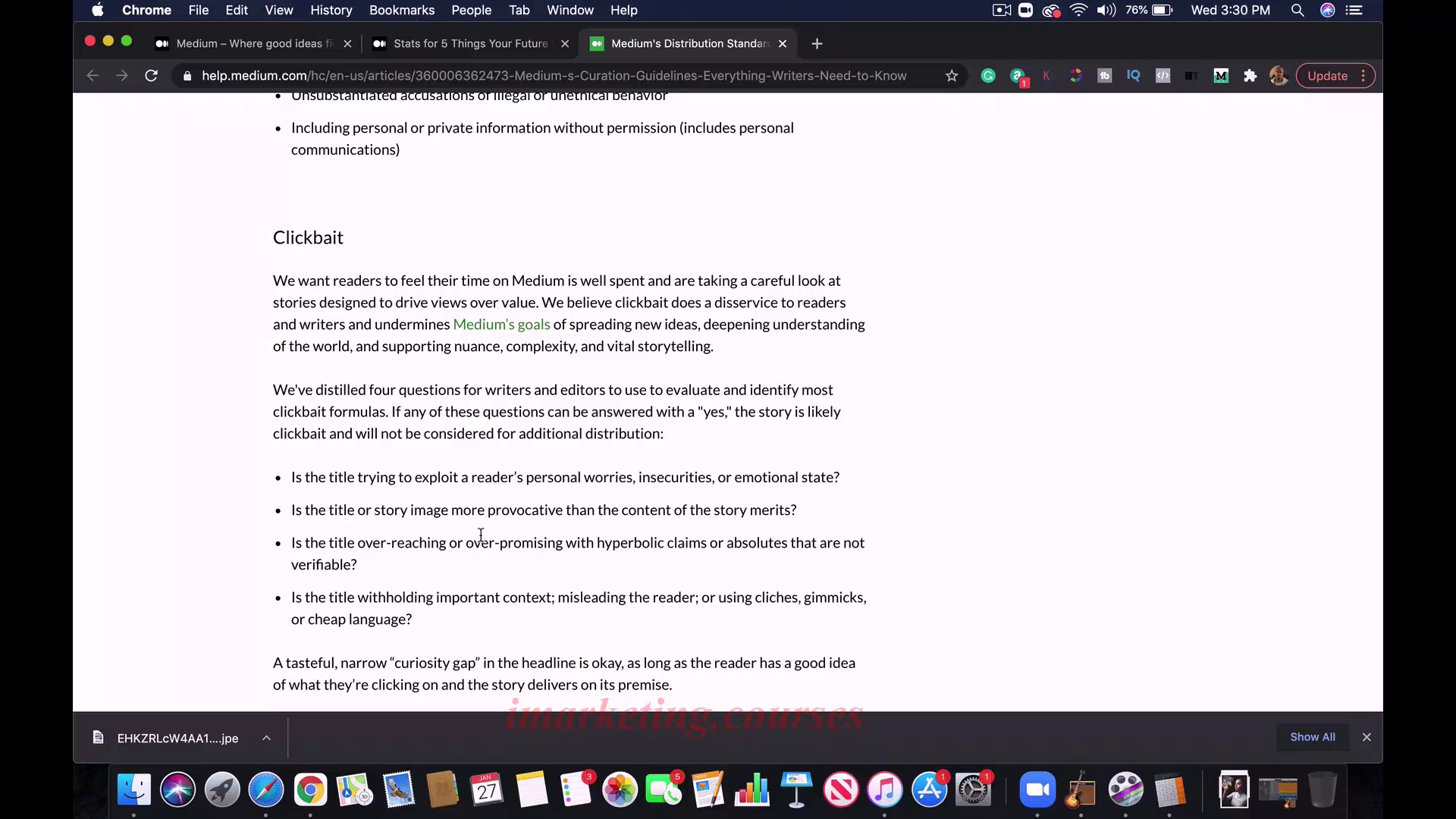
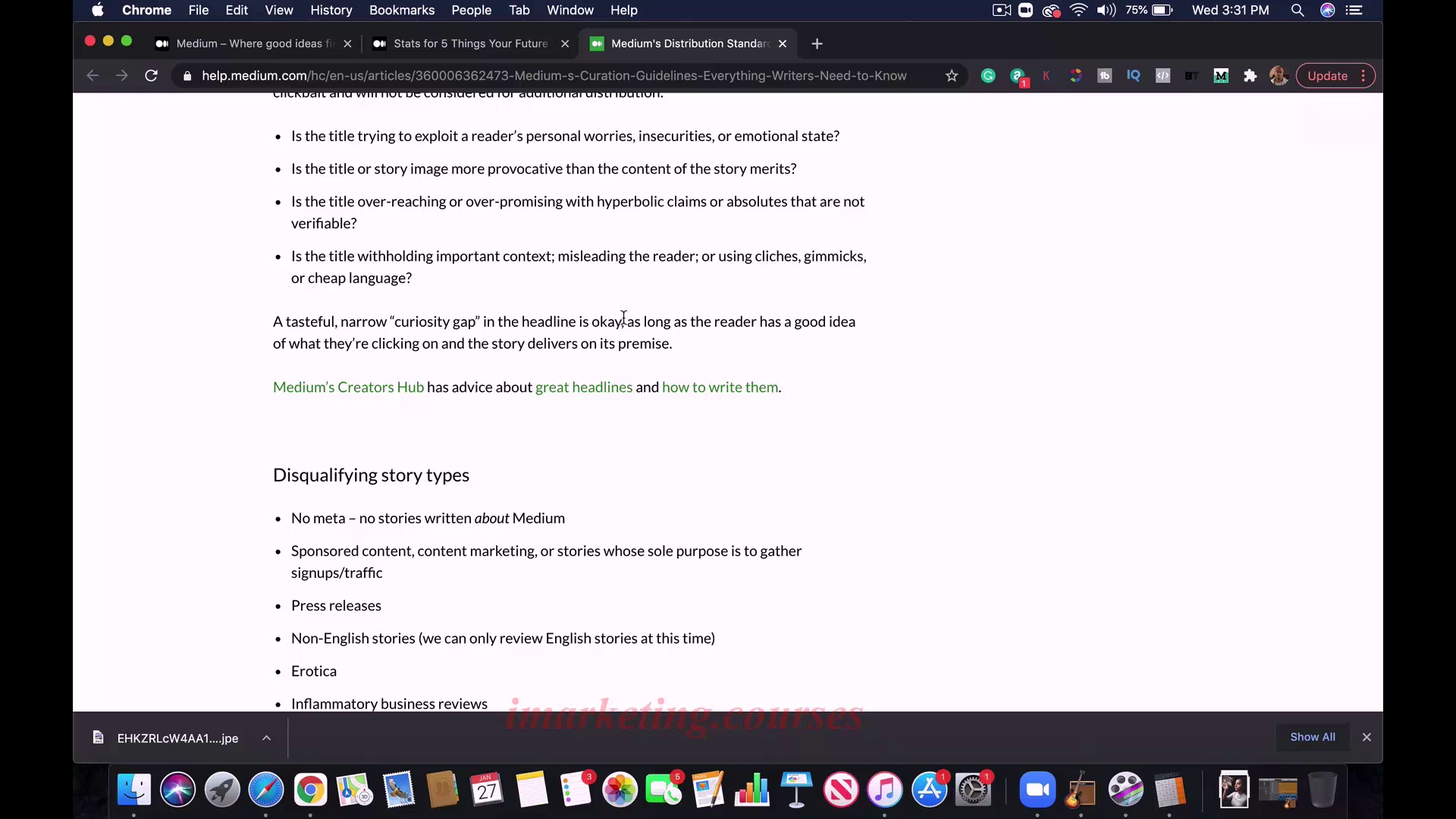
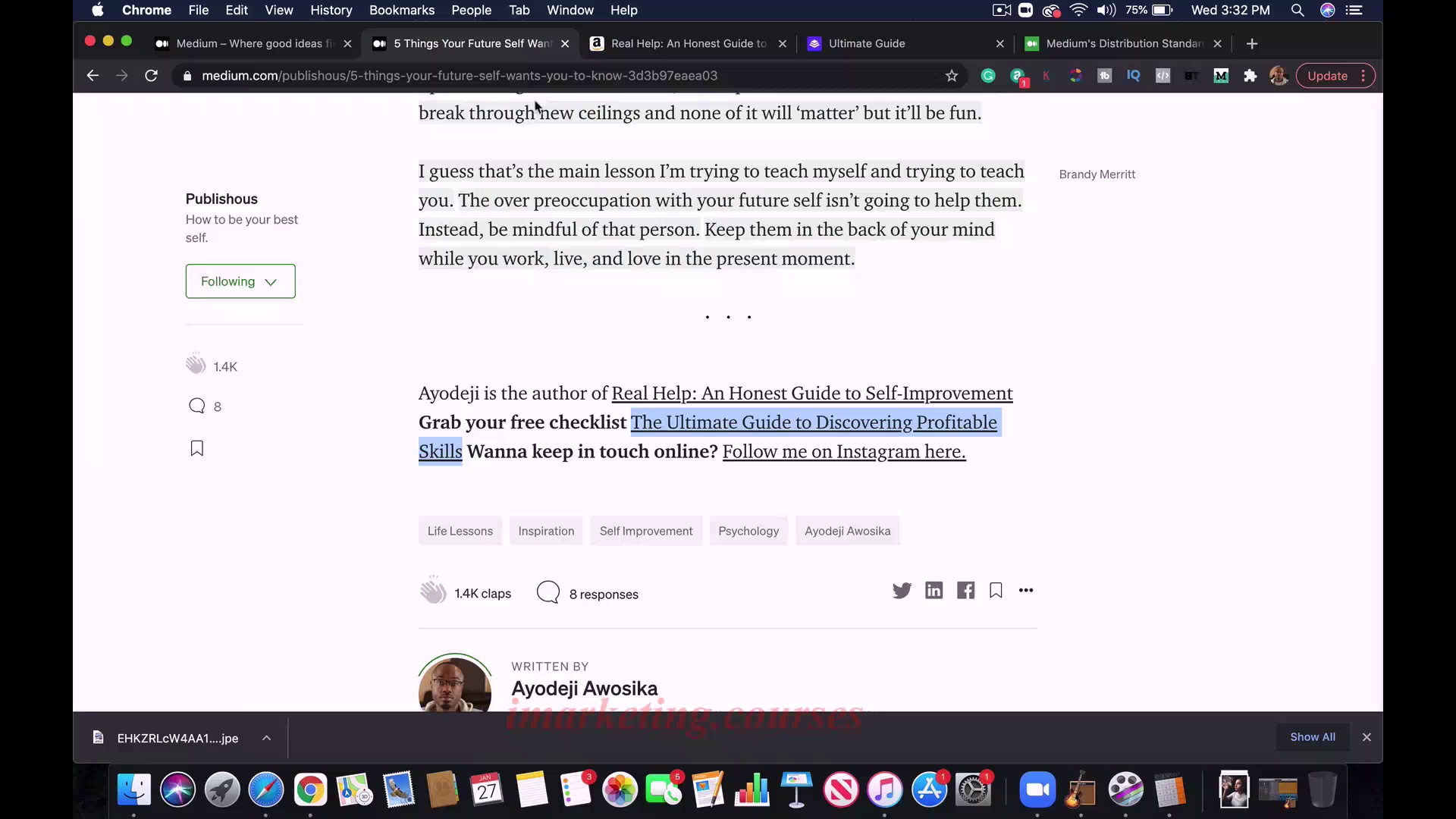
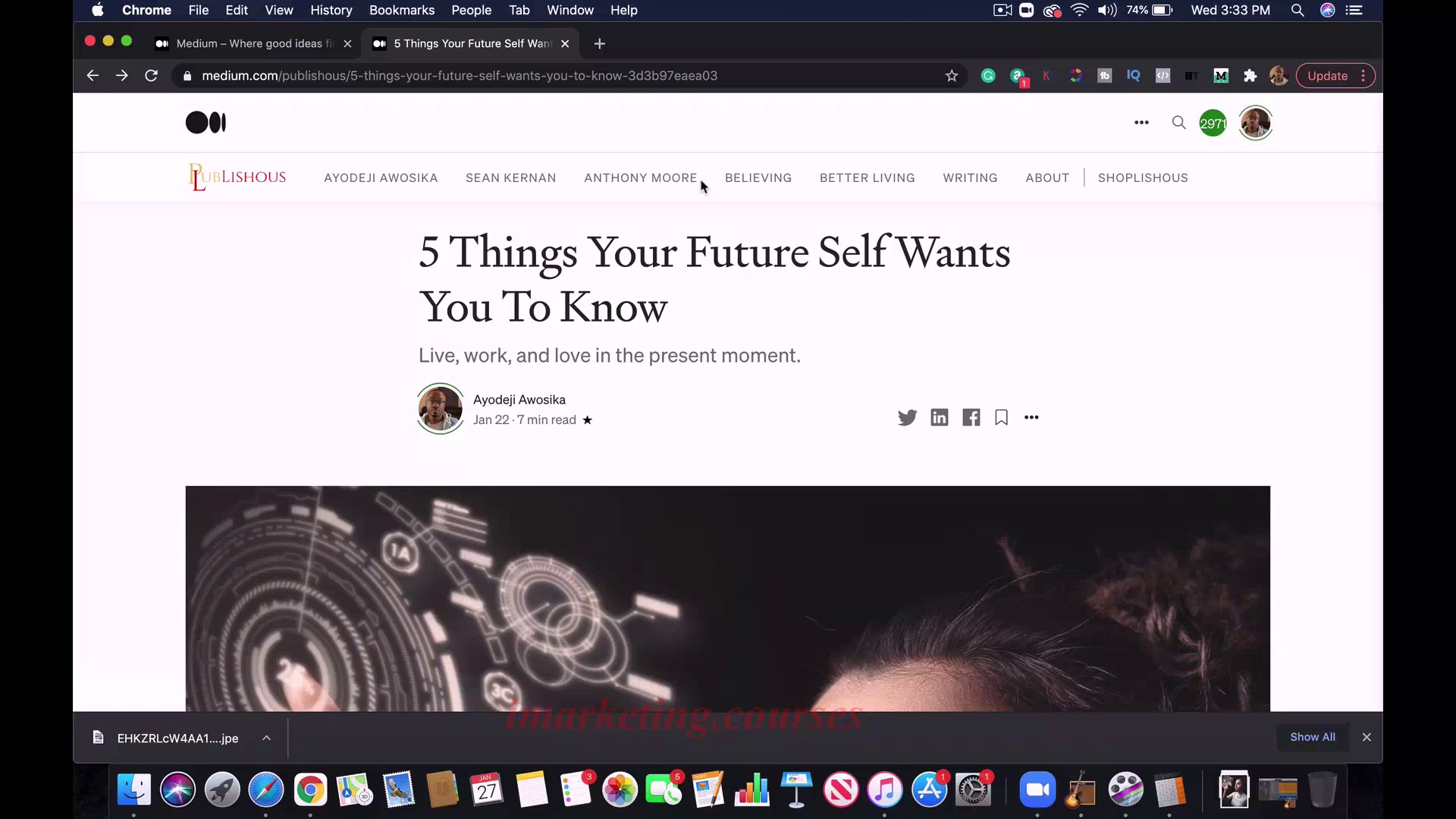
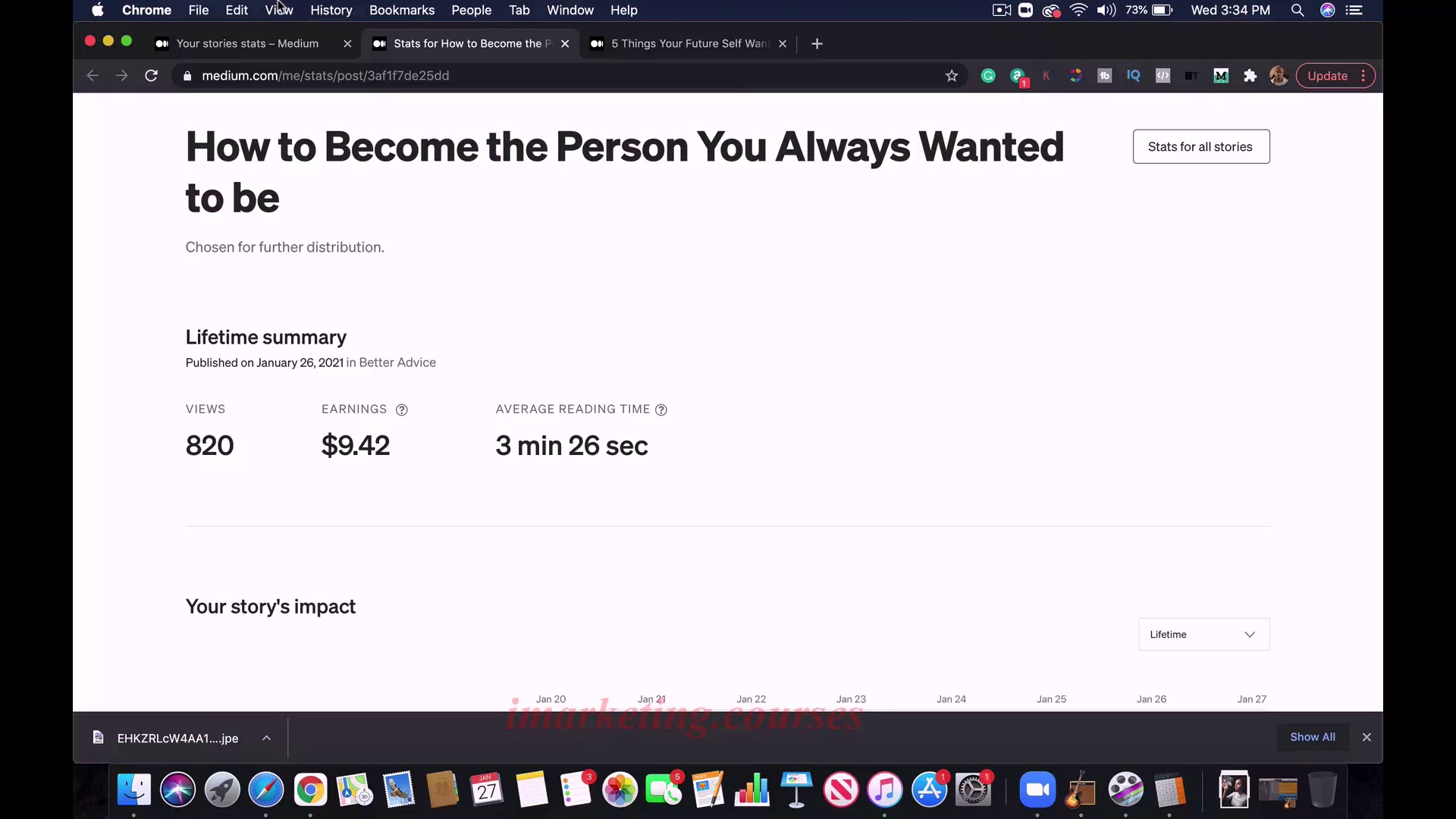
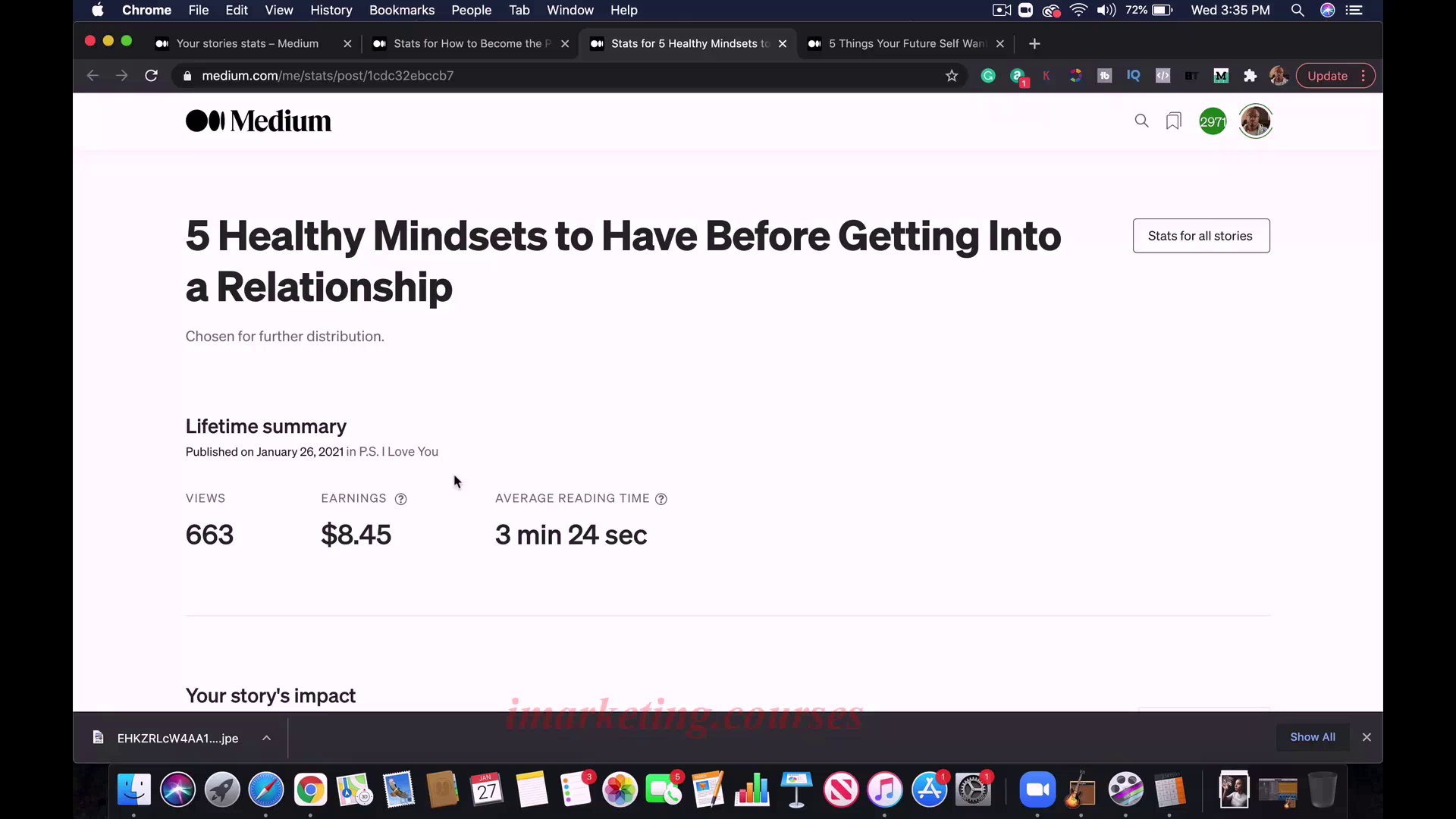
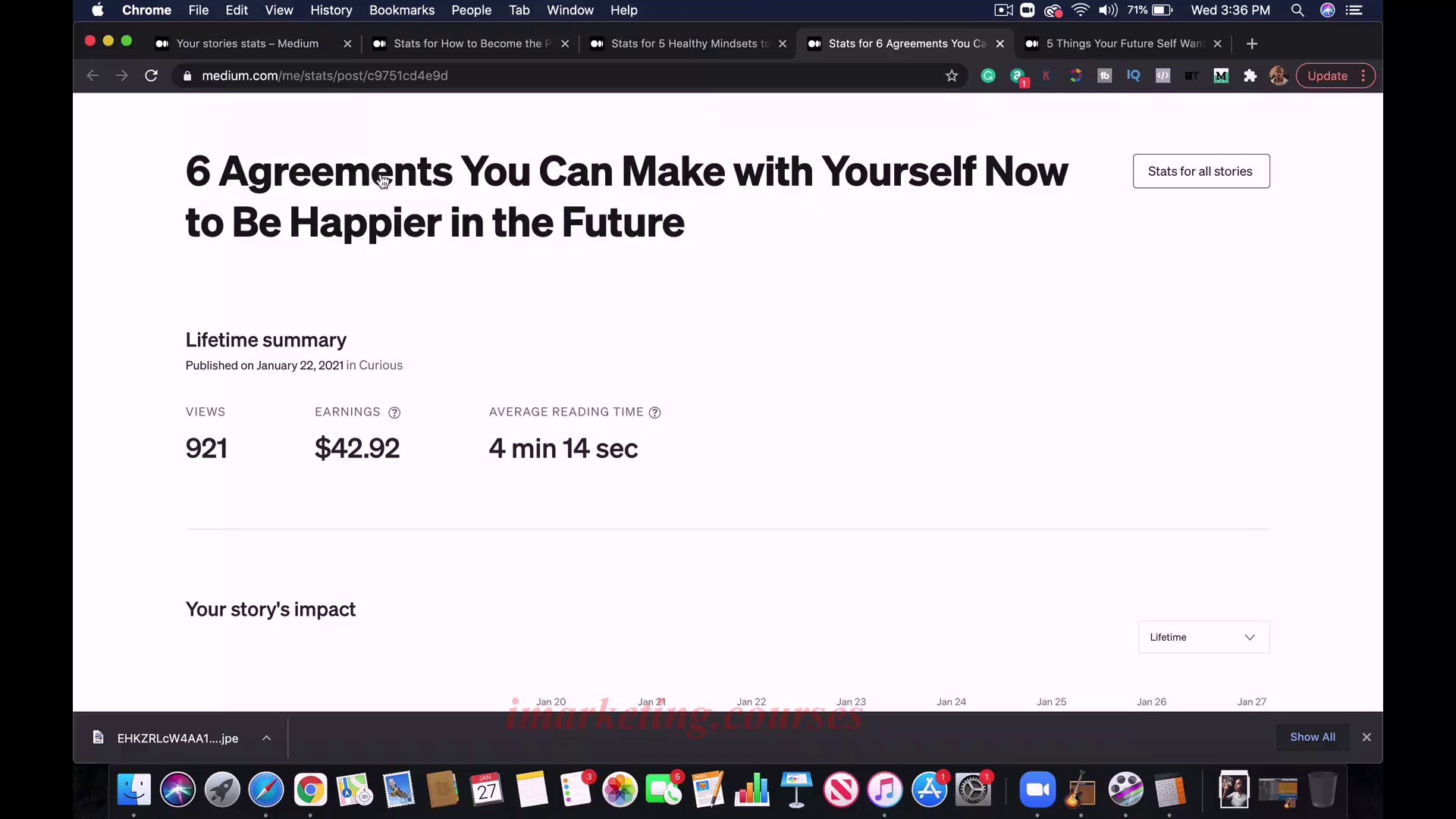
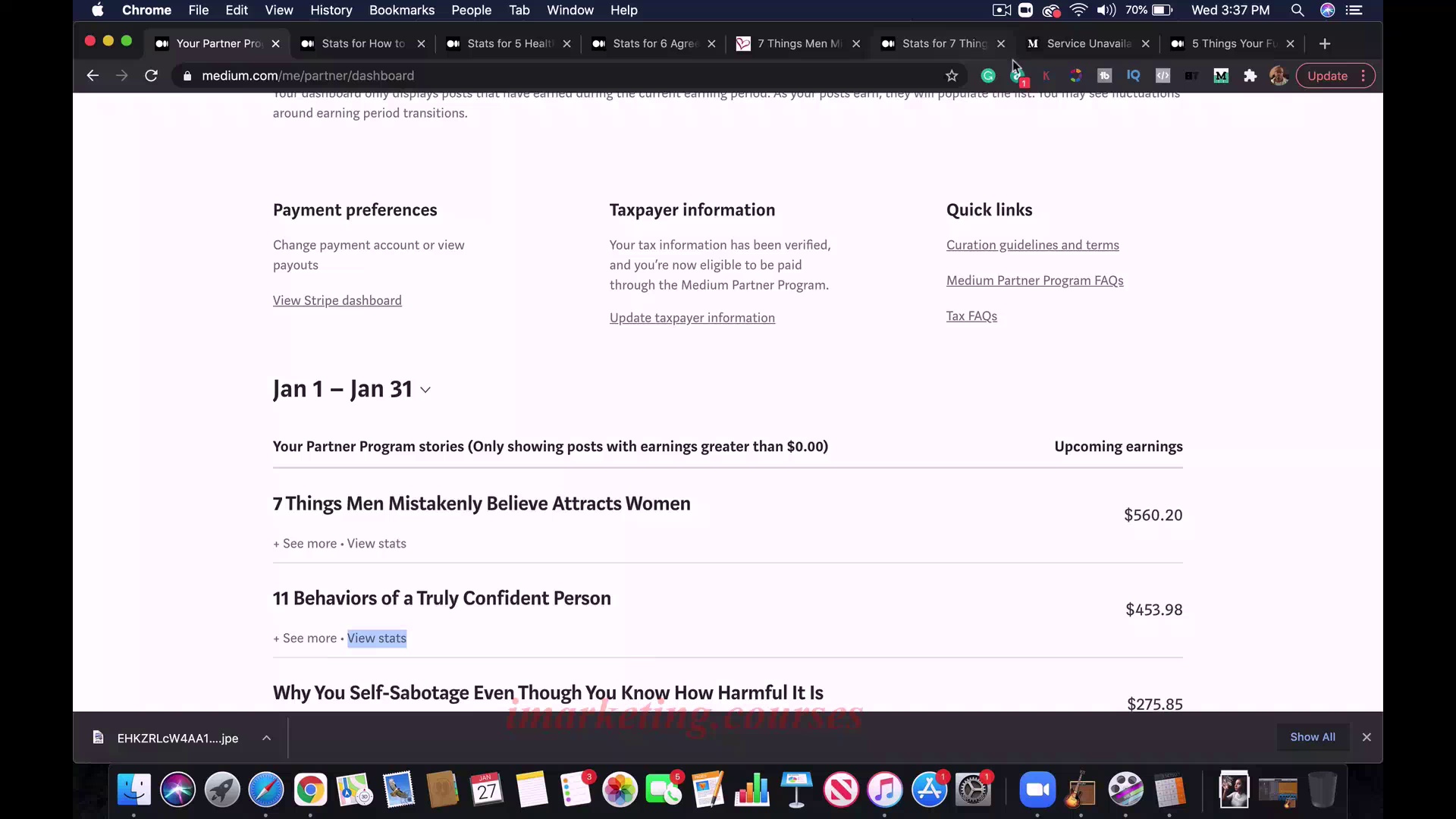
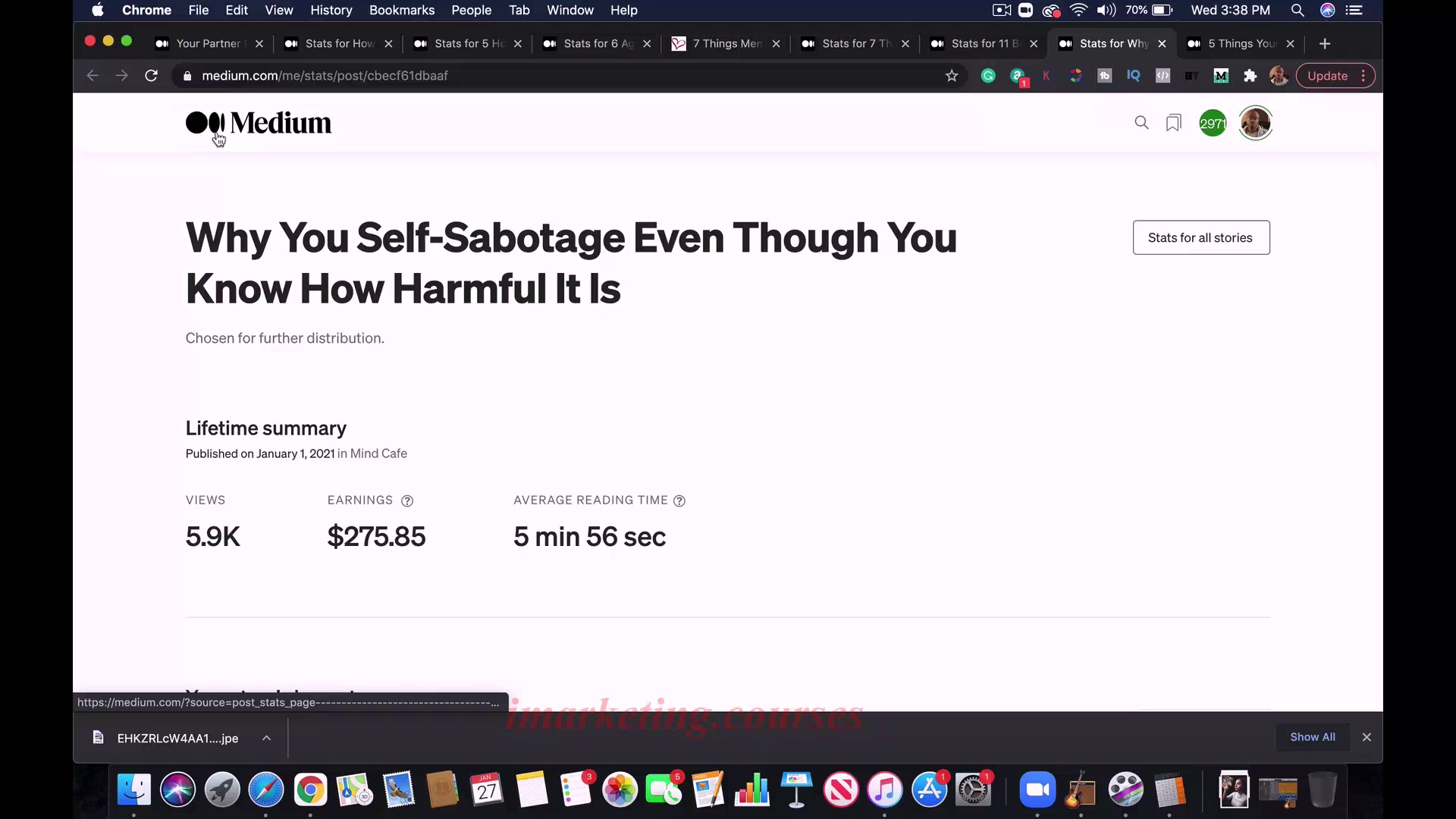
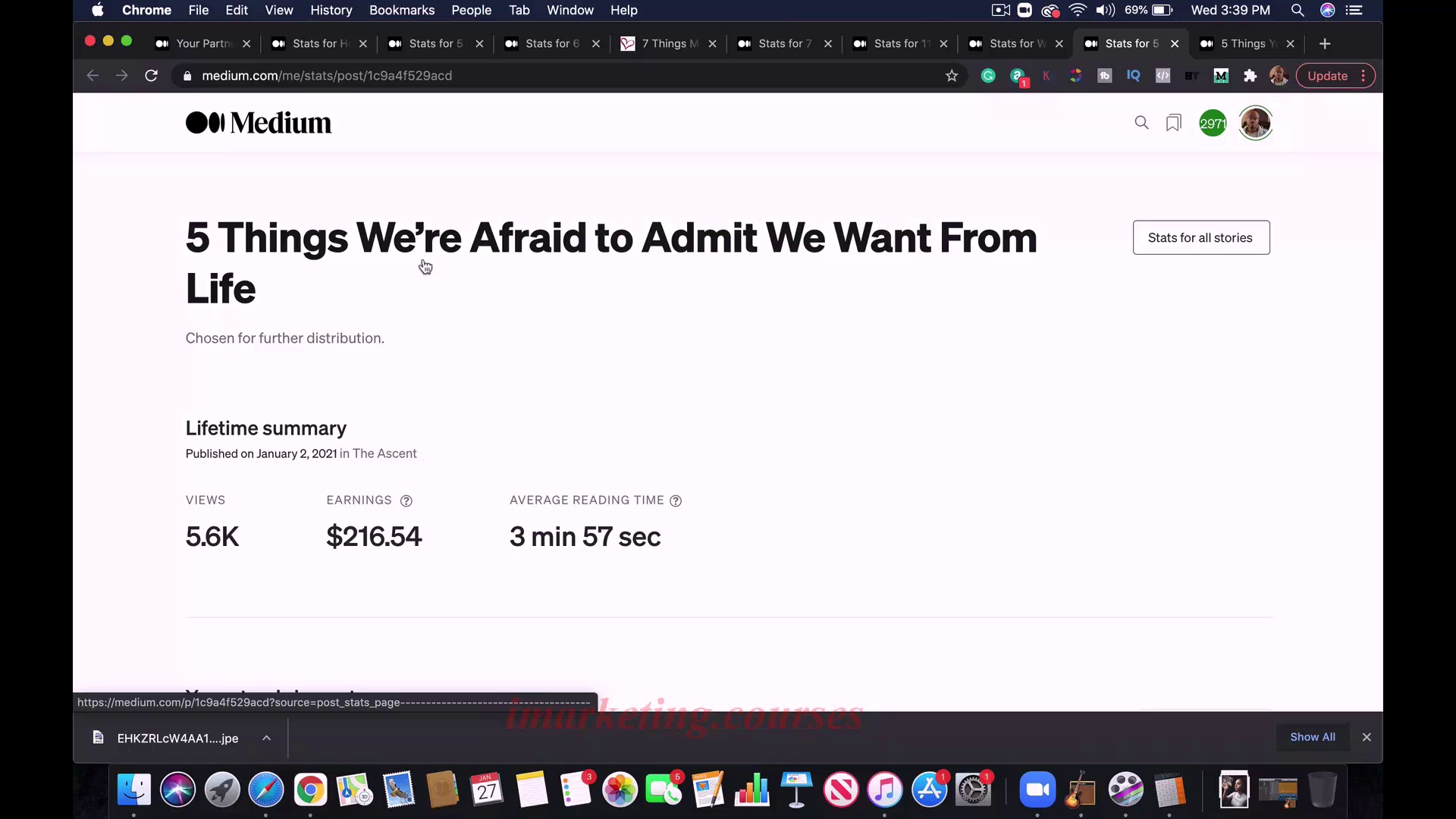
The narrator explains Medium's curation process and guidelines in depth. The goal is getting your articles chosen for further distribution and exposure to more readers. Curation happens when your article meets certain editorial standards set by Medium.
The narrator breaks down each part of Medium's distribution standards. Medium values high quality content that is well-written, compelling, narratively strong, and offers unique perspectives. Stories should be written for the reader, add value, share insights, offer original takes, and stir emotions.
The narrator explains what content gets disqualified from curation. This includes duplicate articles, plagiarism, overly promotional content, inappropriate imagery, and clickbait. Recently Medium updated its clickbait policy, trying to prevent exploitation of readers. But some article headlines that create curiosity gaps can still work.
The narrator analyzes several of his own headlines, explaining why some were curated and some weren't. Key things that help are empathy in headlines rather than attacking the reader, avoiding absolute claims, and subtle rhetorical tricks like using "we" instead of "you."
If you have questions about curation, refer back to this video and join the coaching calls where curation is discussed further.
.Medium Writing - Part 2
























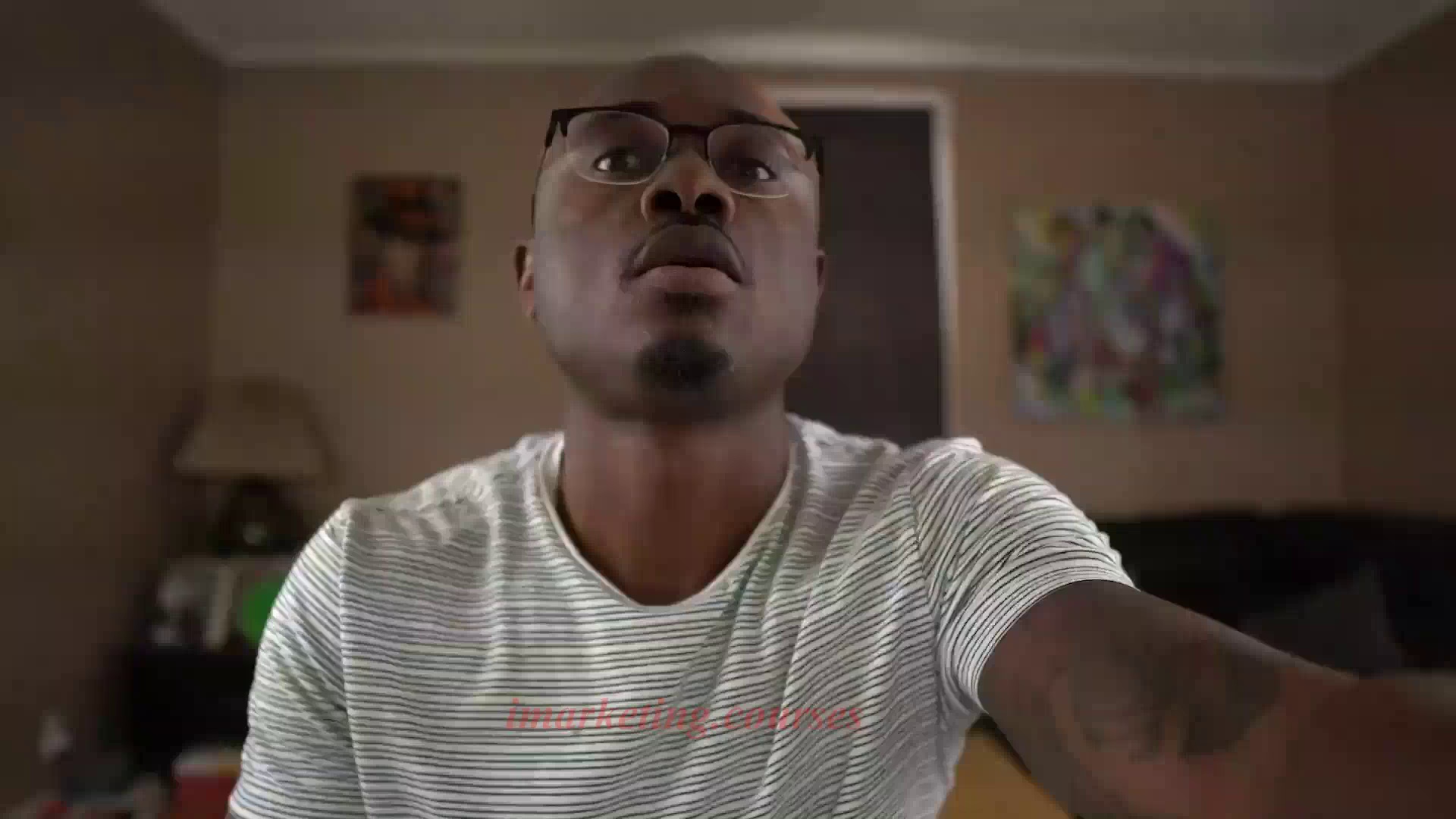
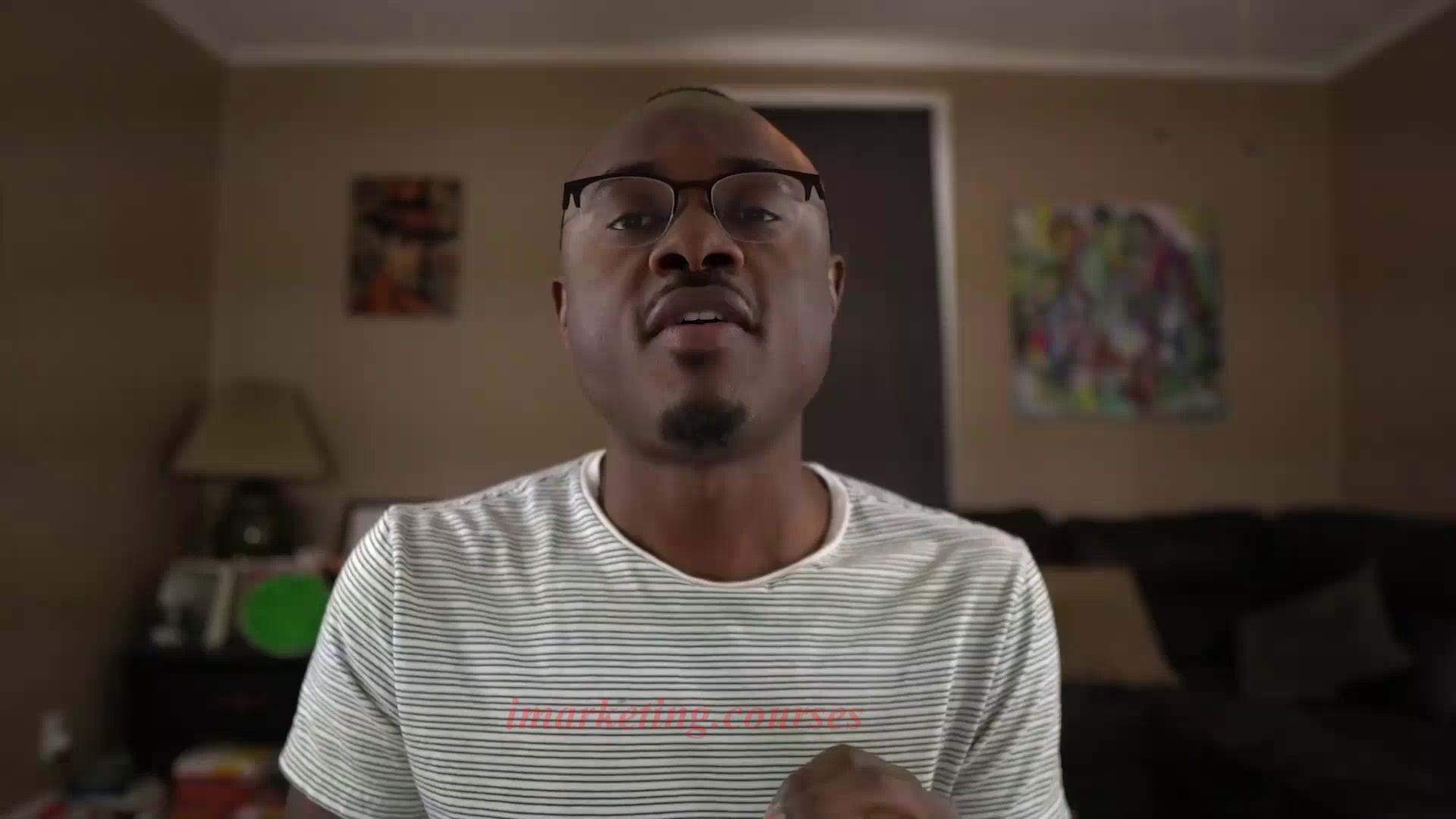
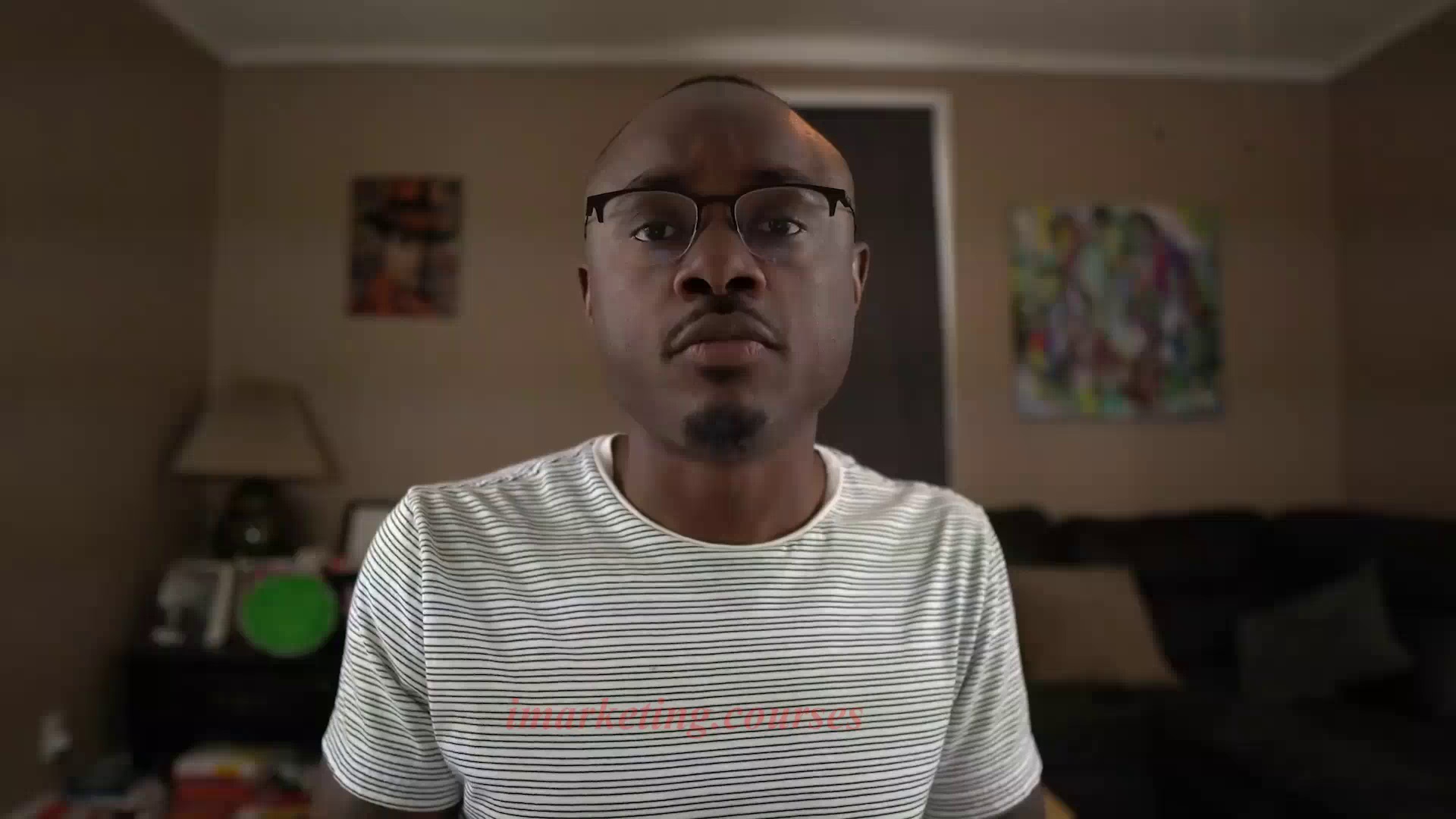
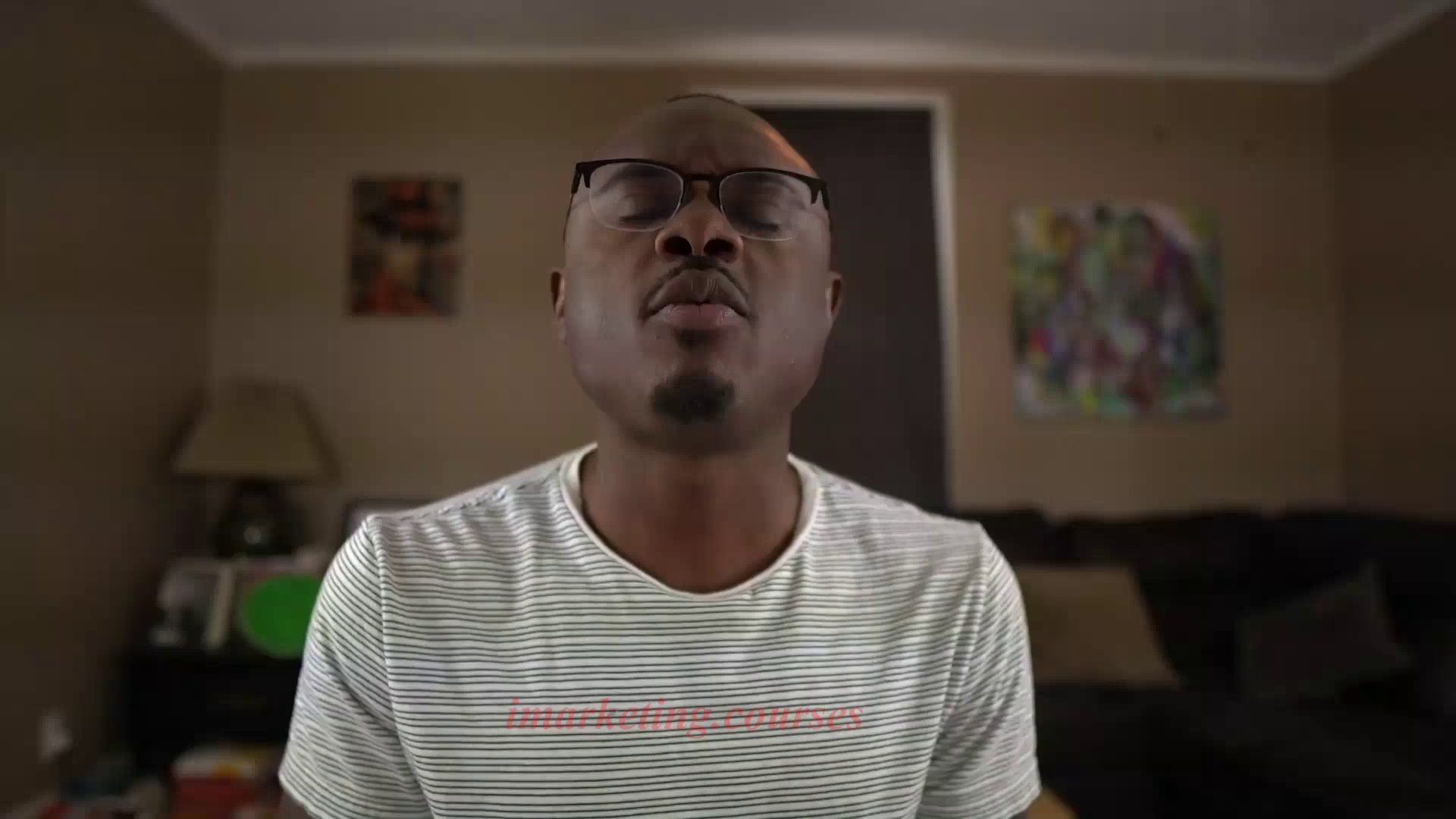
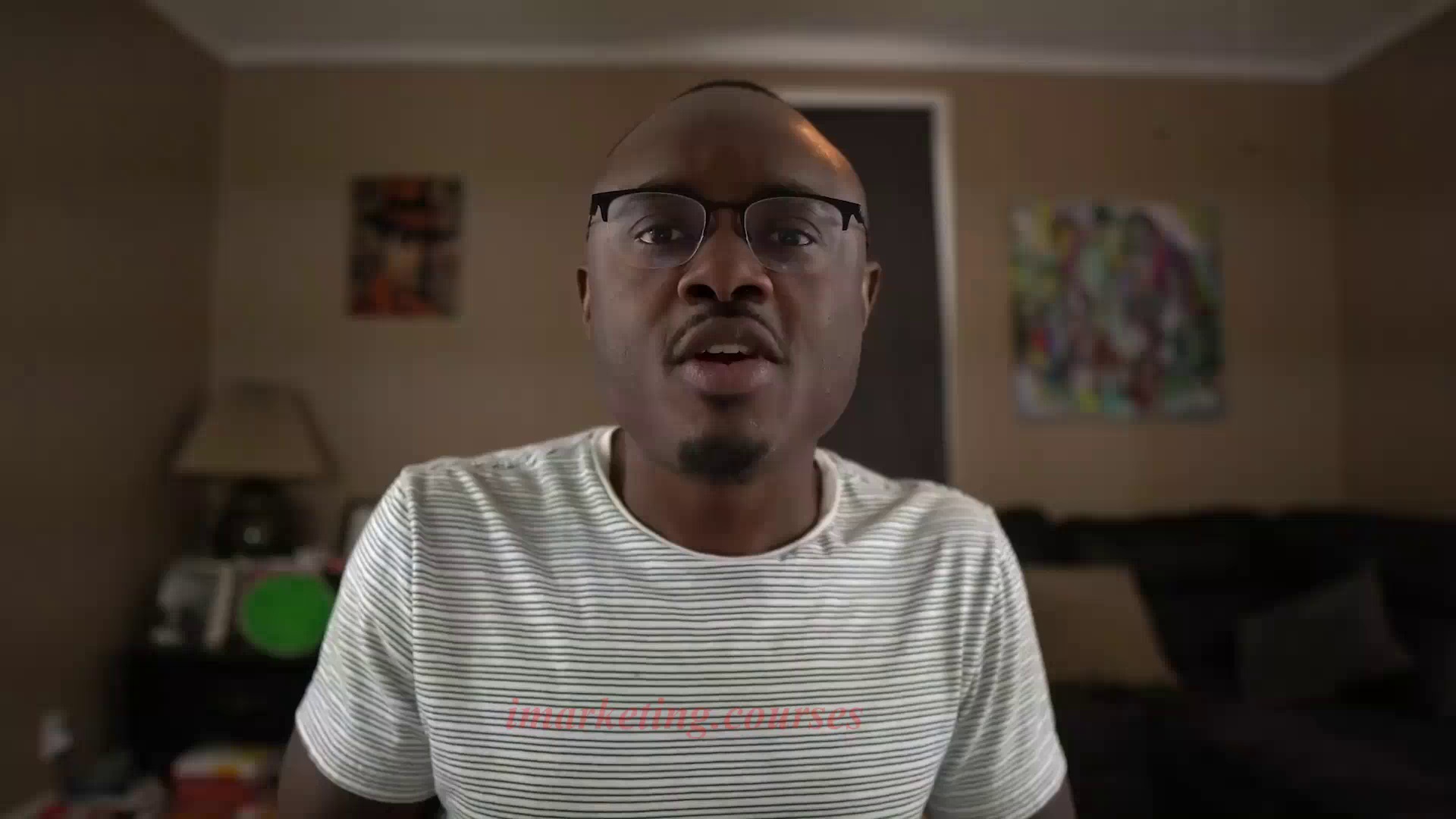
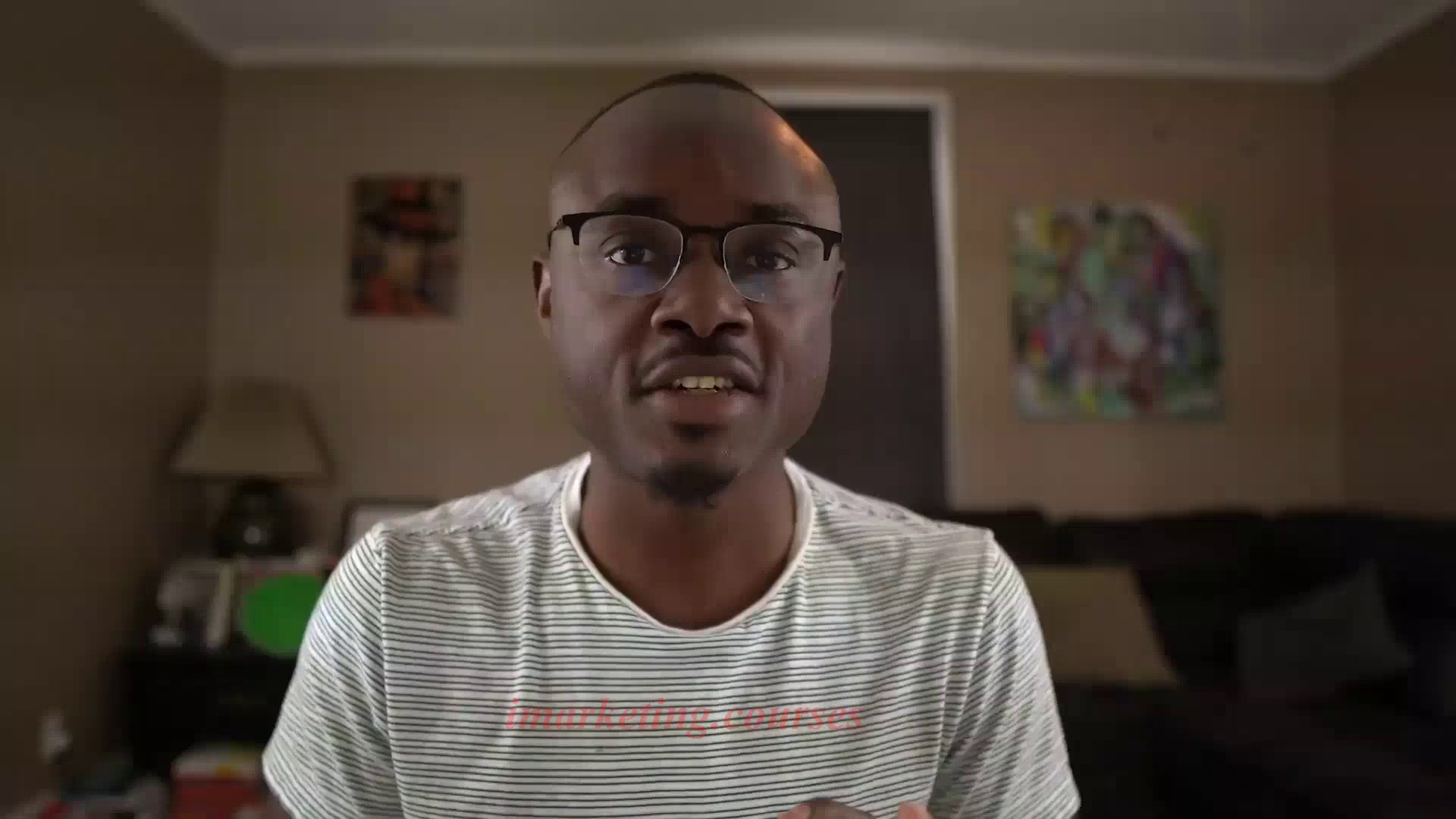
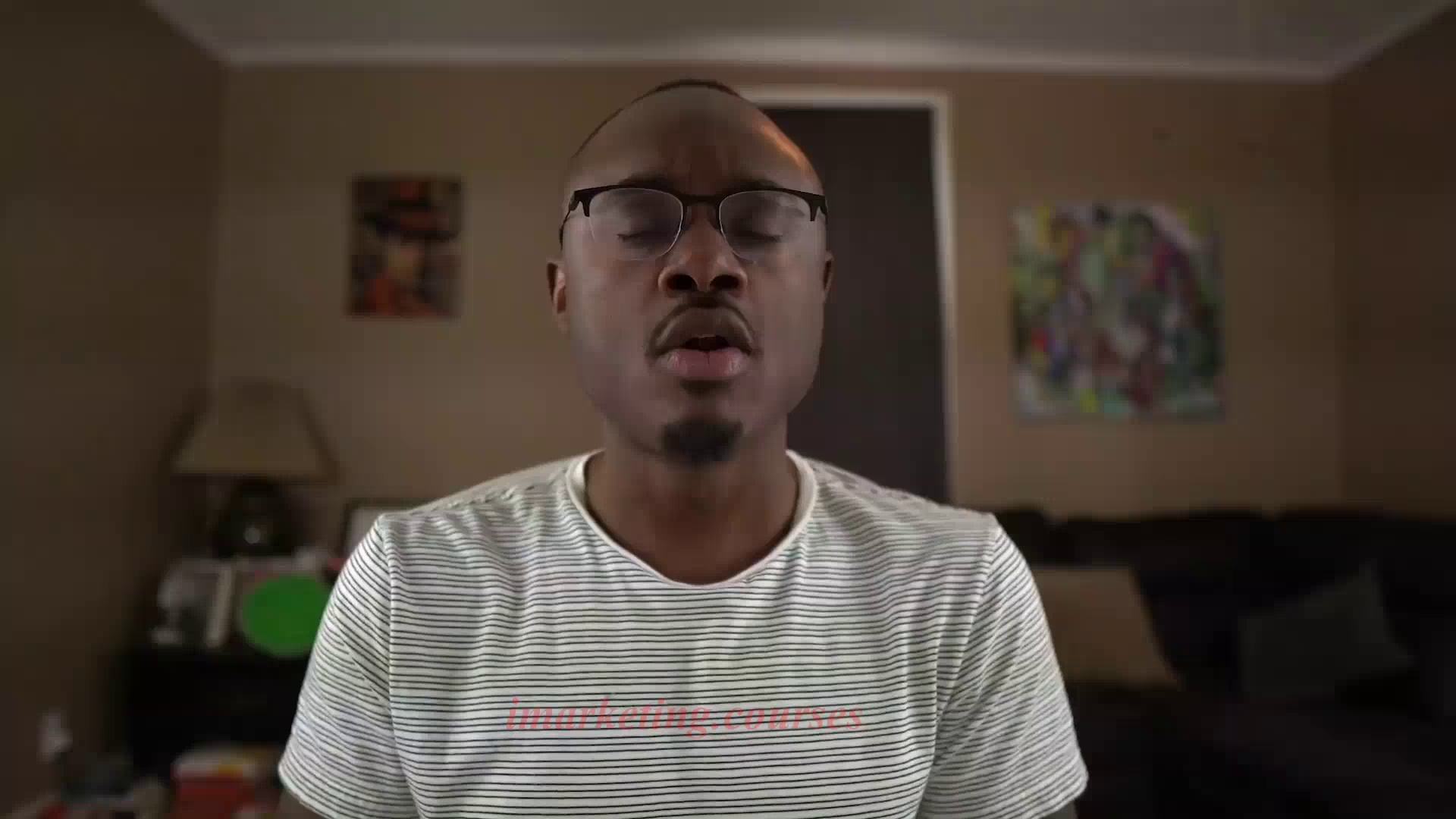
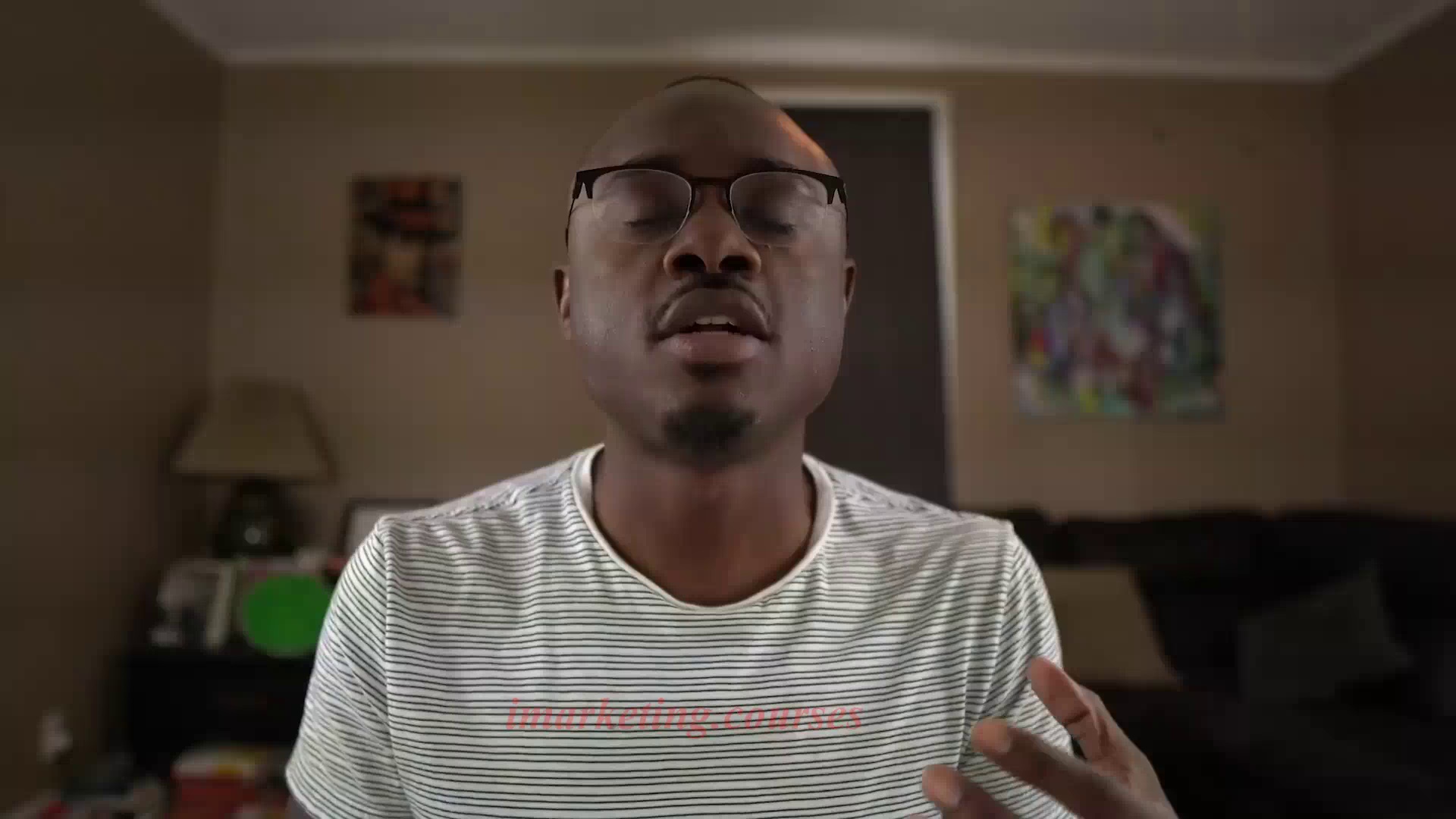
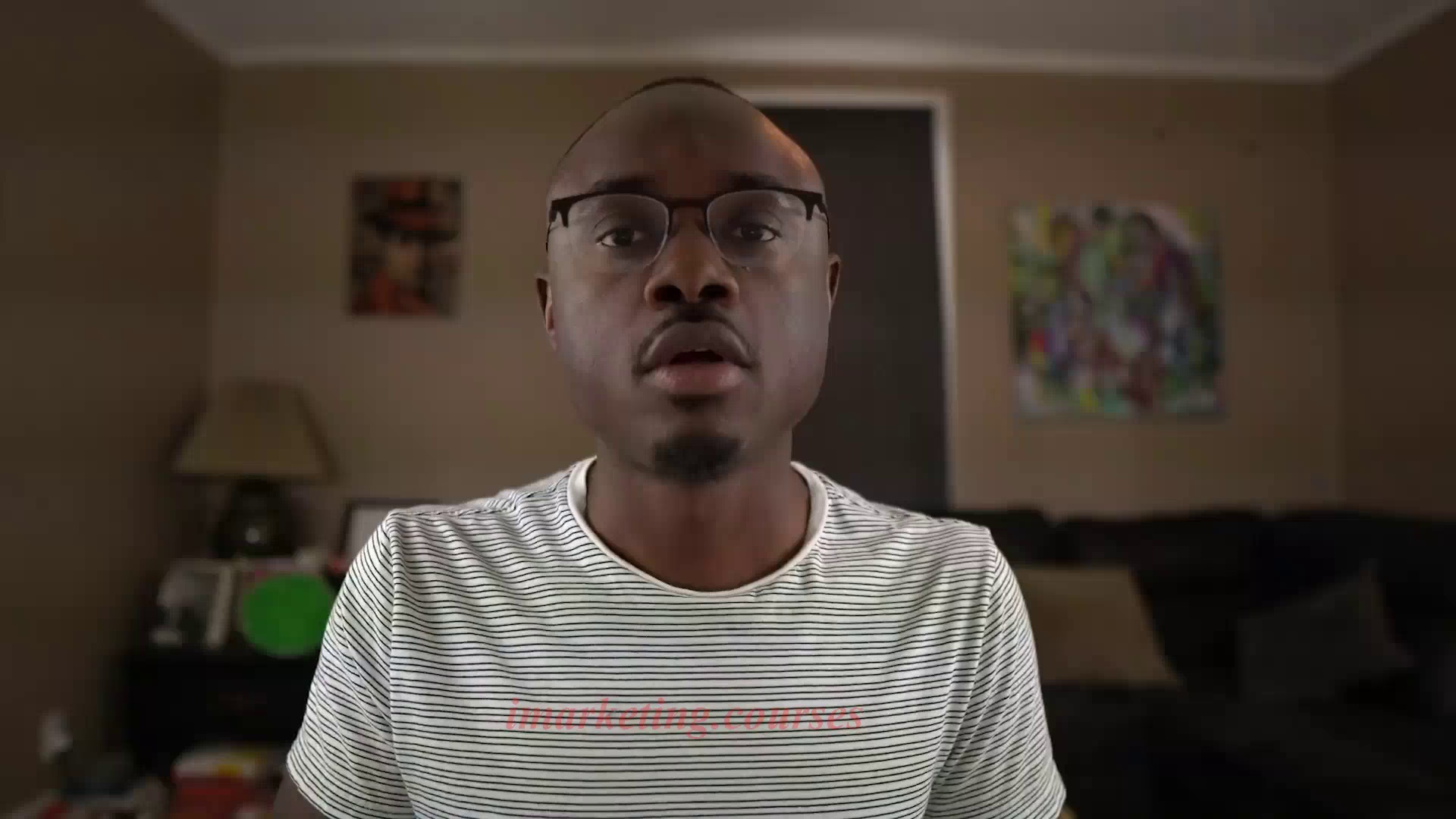
The narrator provides a framework to help determine what to write about on Medium, drawing on your talents, strengths, and what comes easily to you.
Consider what seems obvious to you but not others, what you can talk about endlessly, and what books you like to read to identify potential topics.
The narrator then uses screening questions to narrow down topic ideas: Can it be turned into a product? Why would anyone want to read about it? Does it address people's wants and needs?
In the next lesson, the narrator will provide examples of broad topics that work well on Medium and writers who have succeeded with them.
The goal is to write in a way that serves the audience rather than just yourself.
.Medium Writing - Part 3

































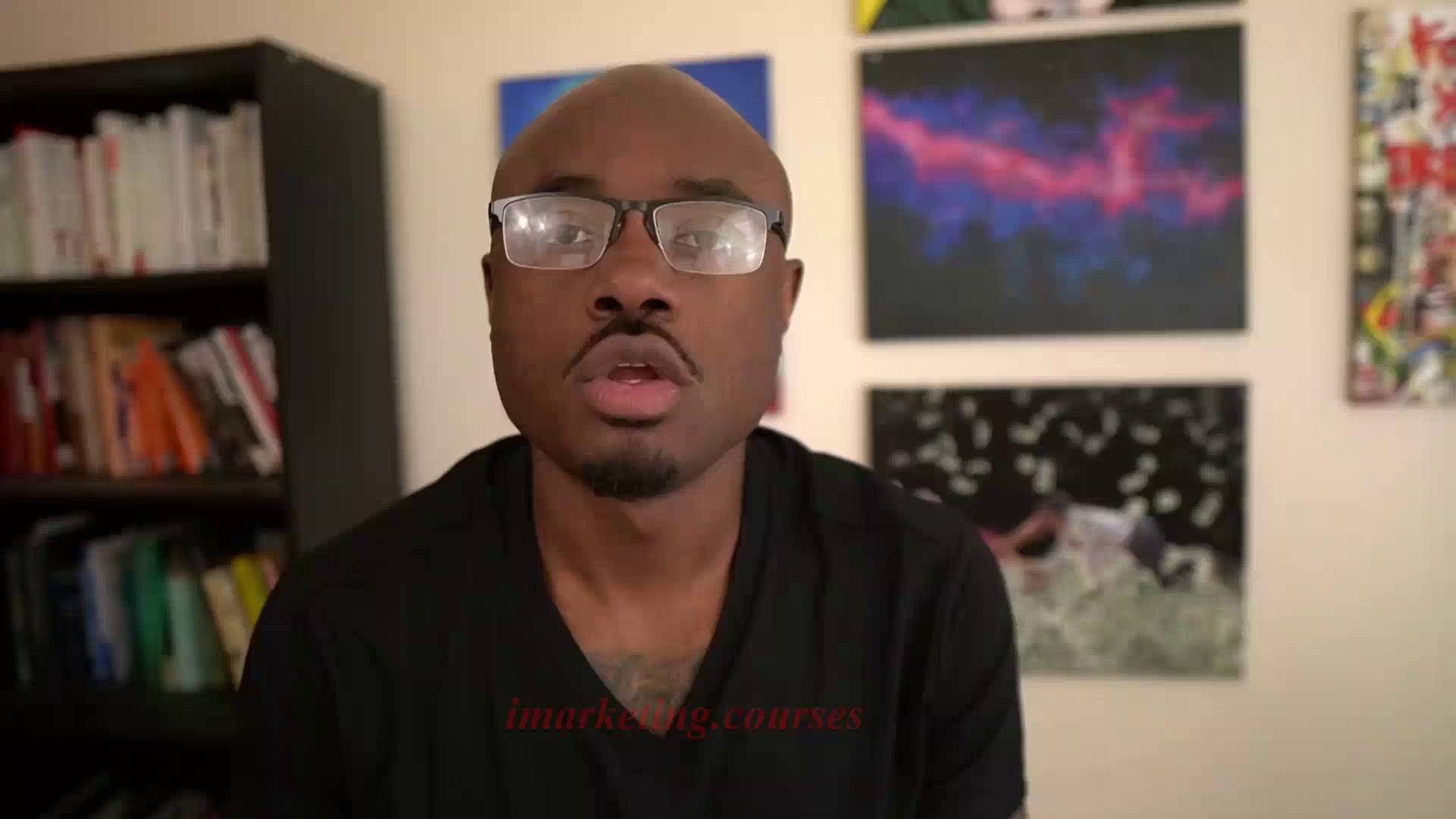
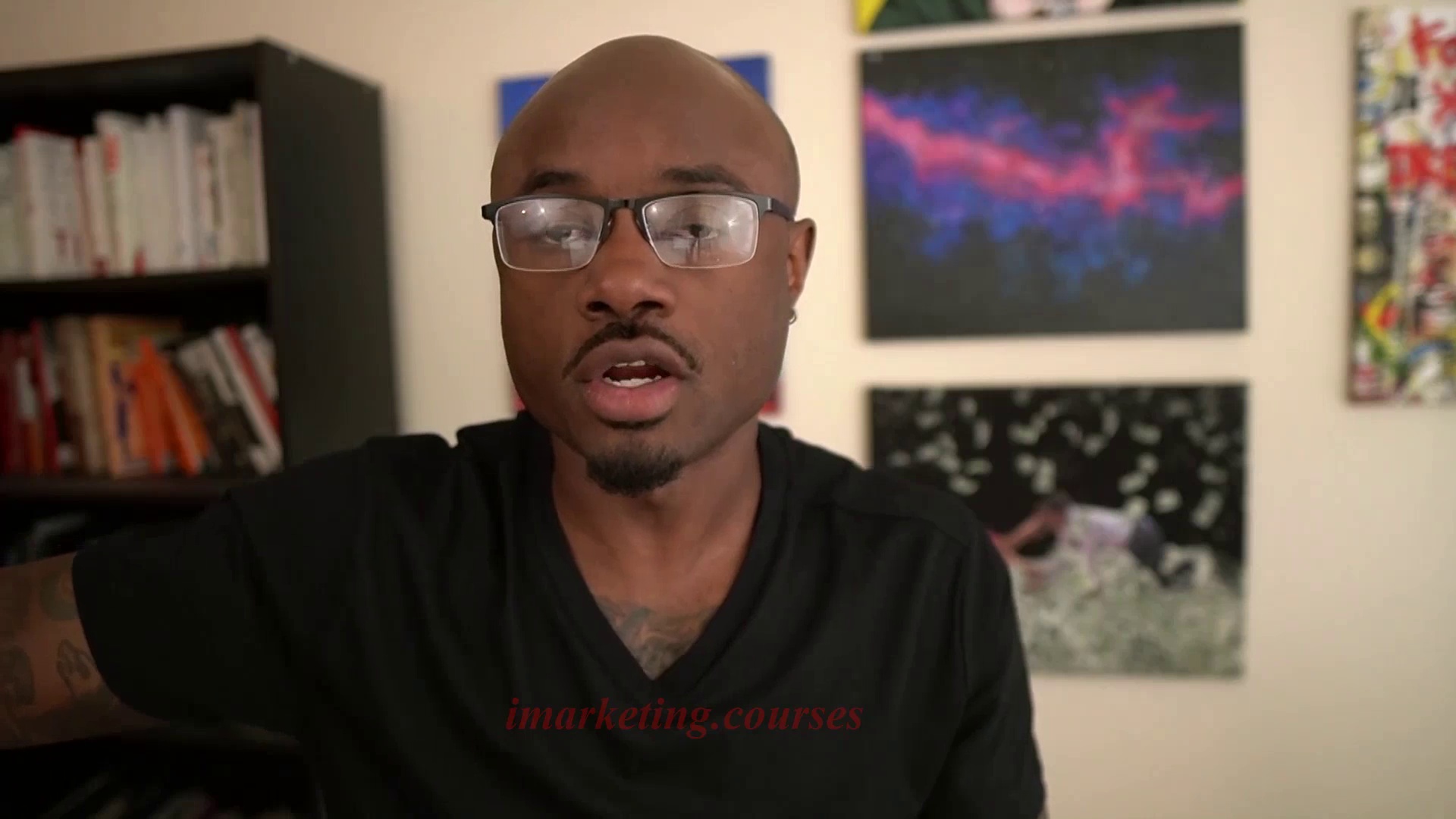
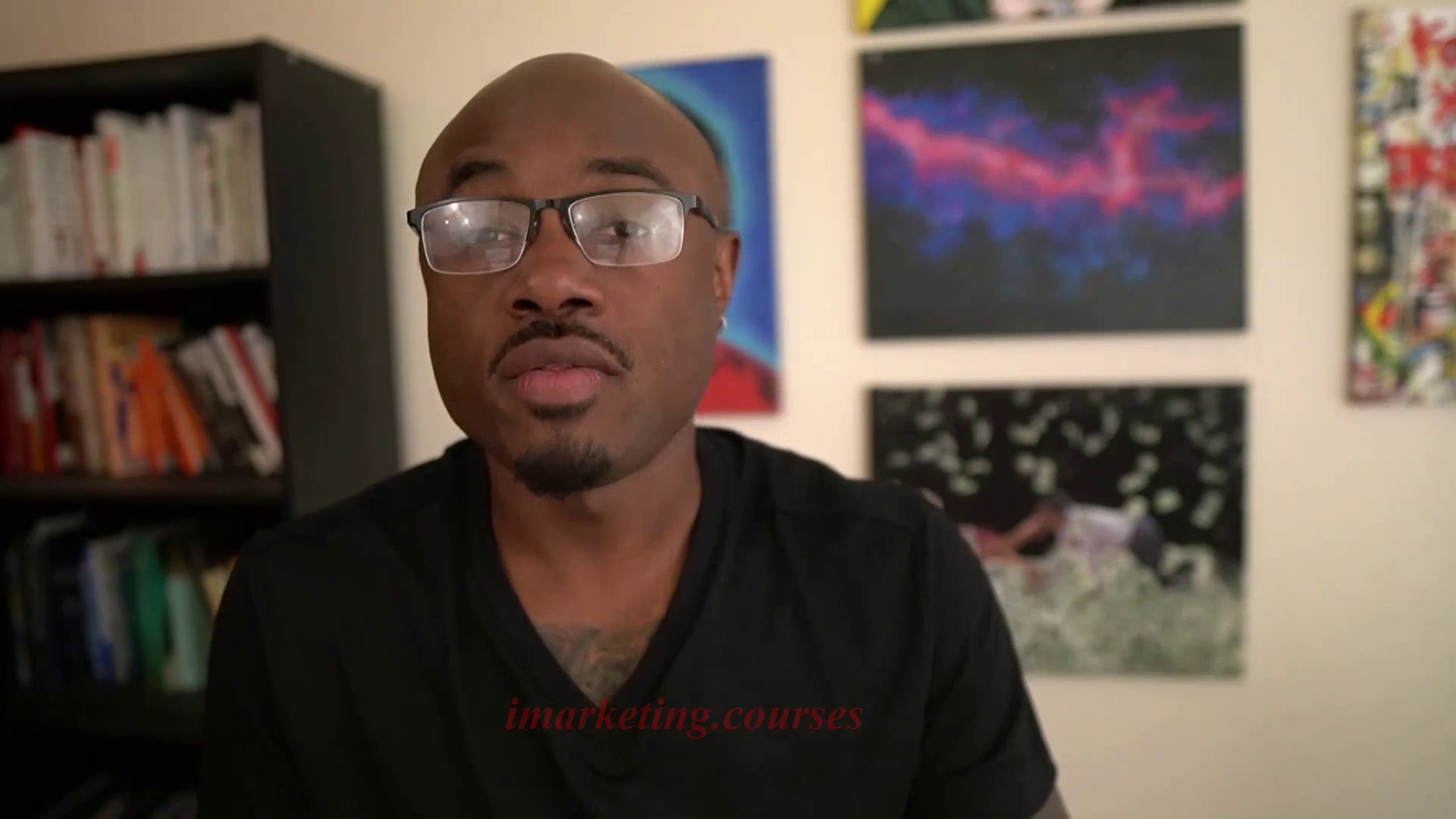
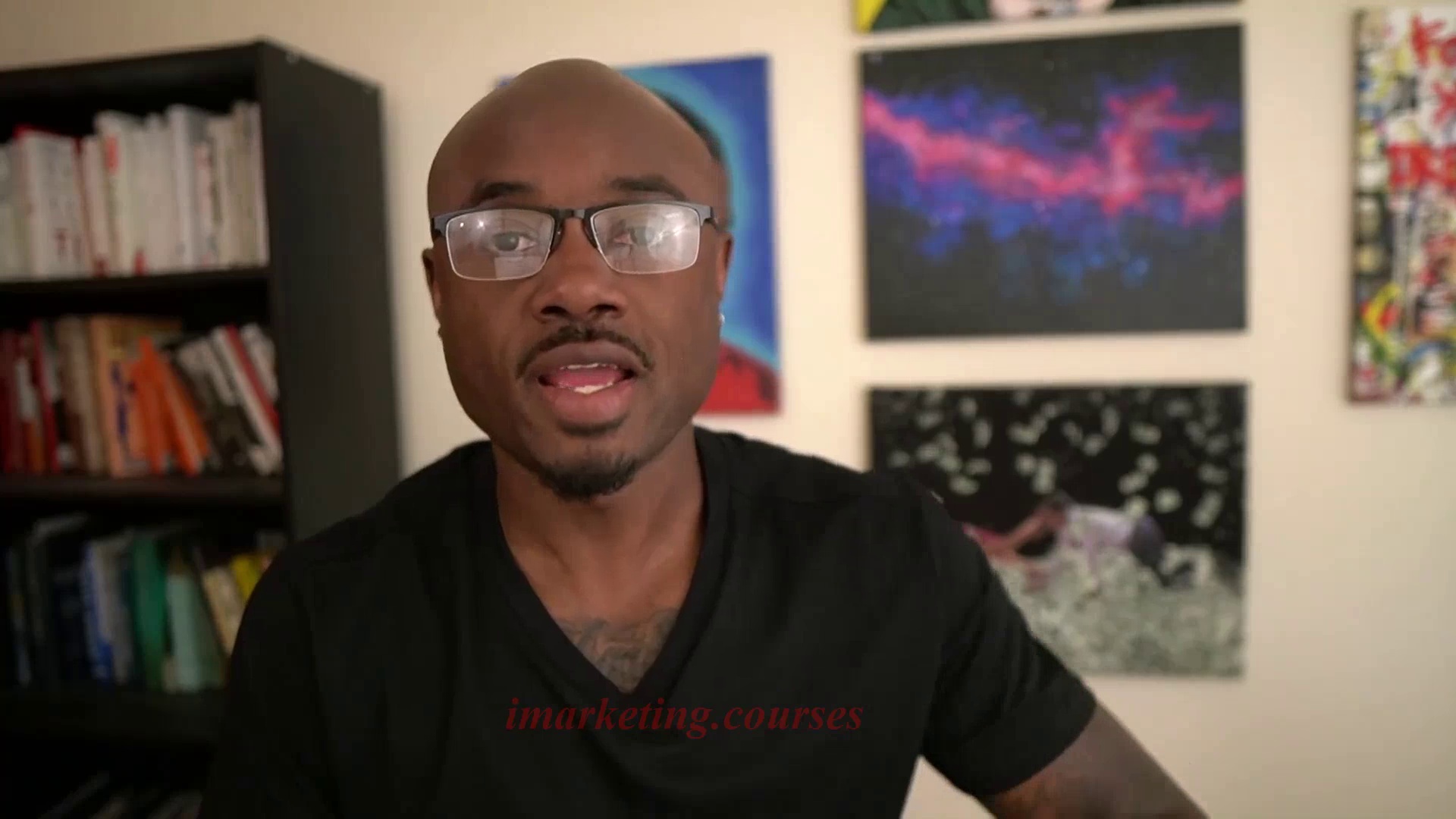
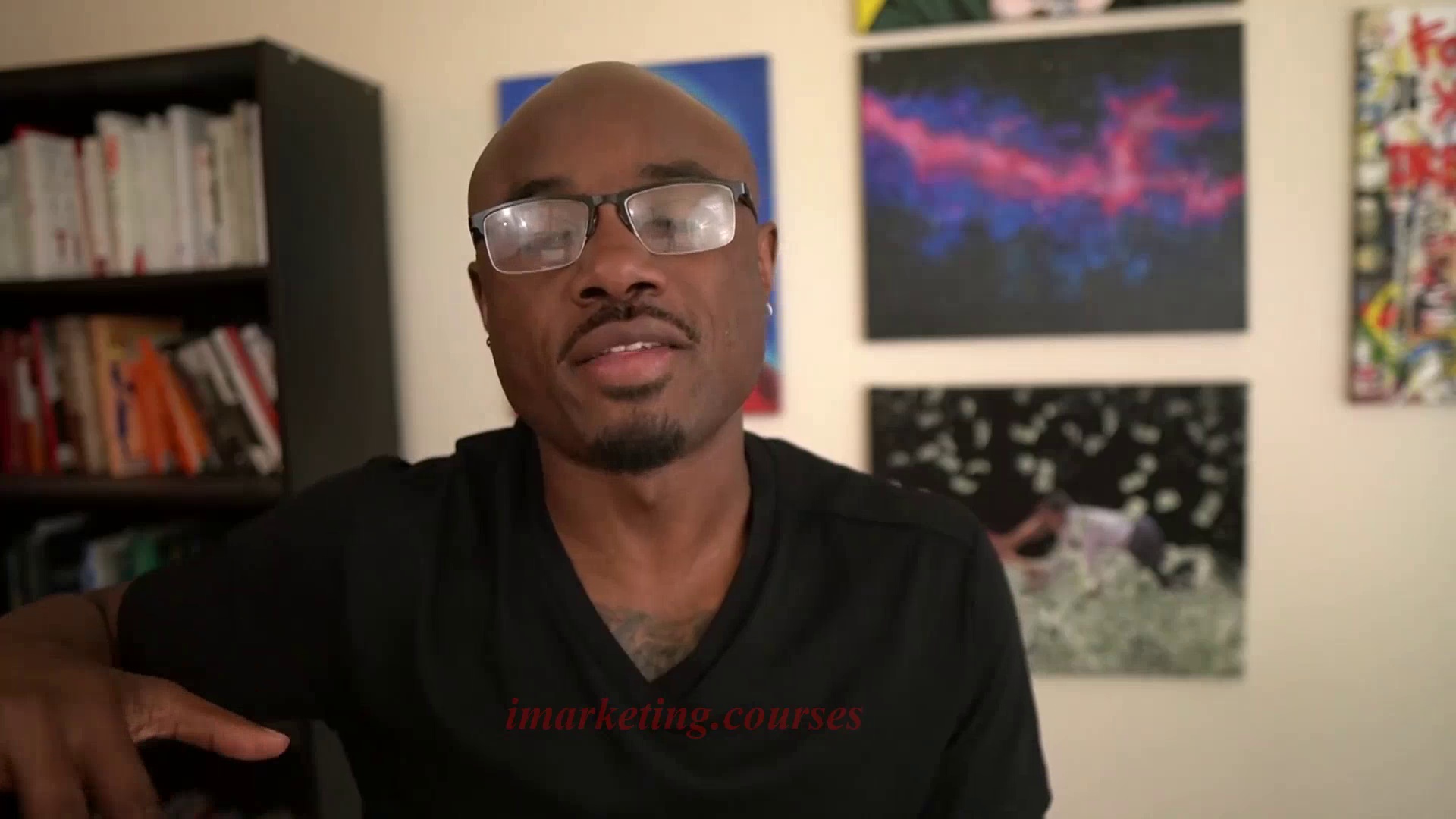
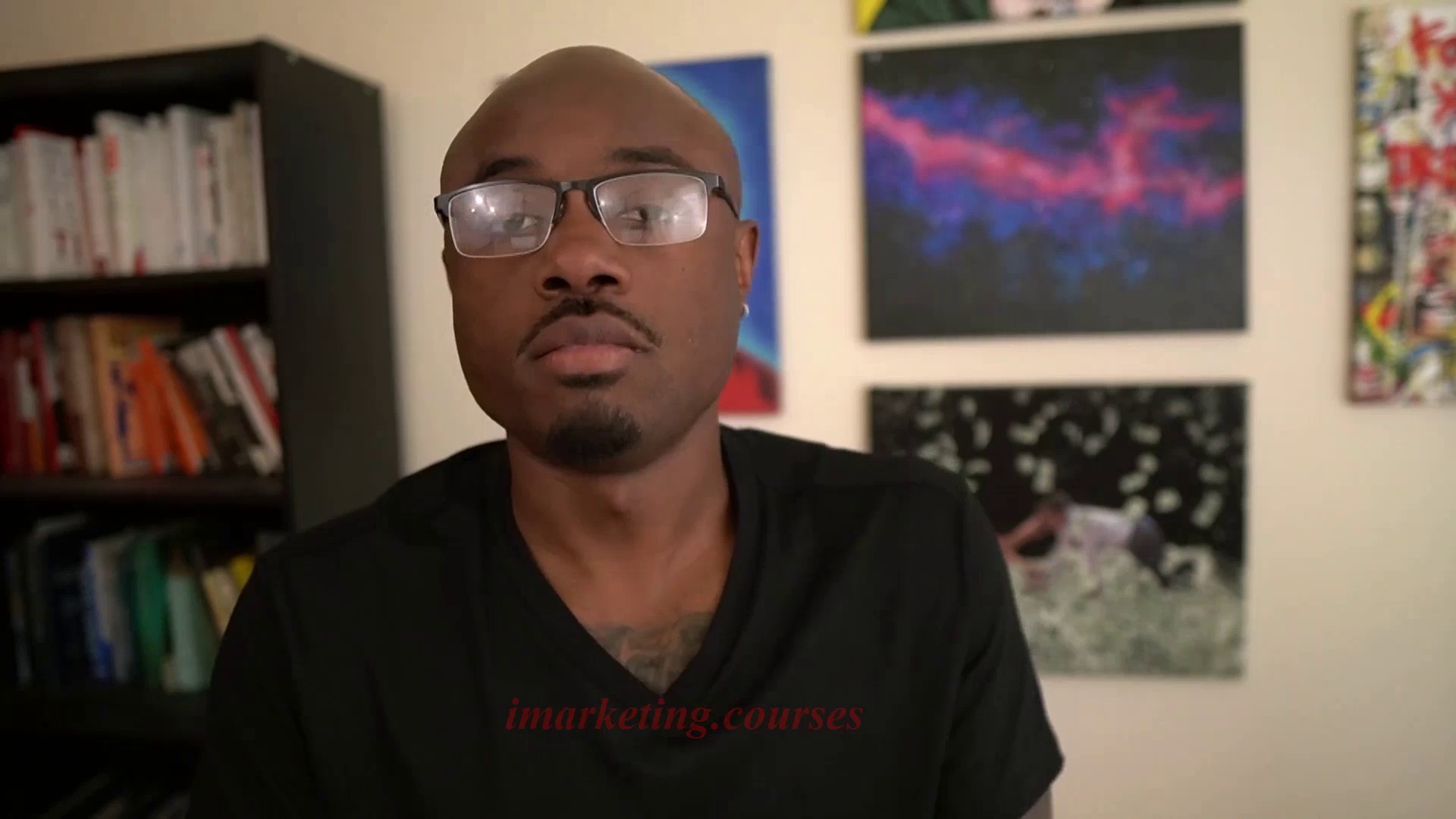
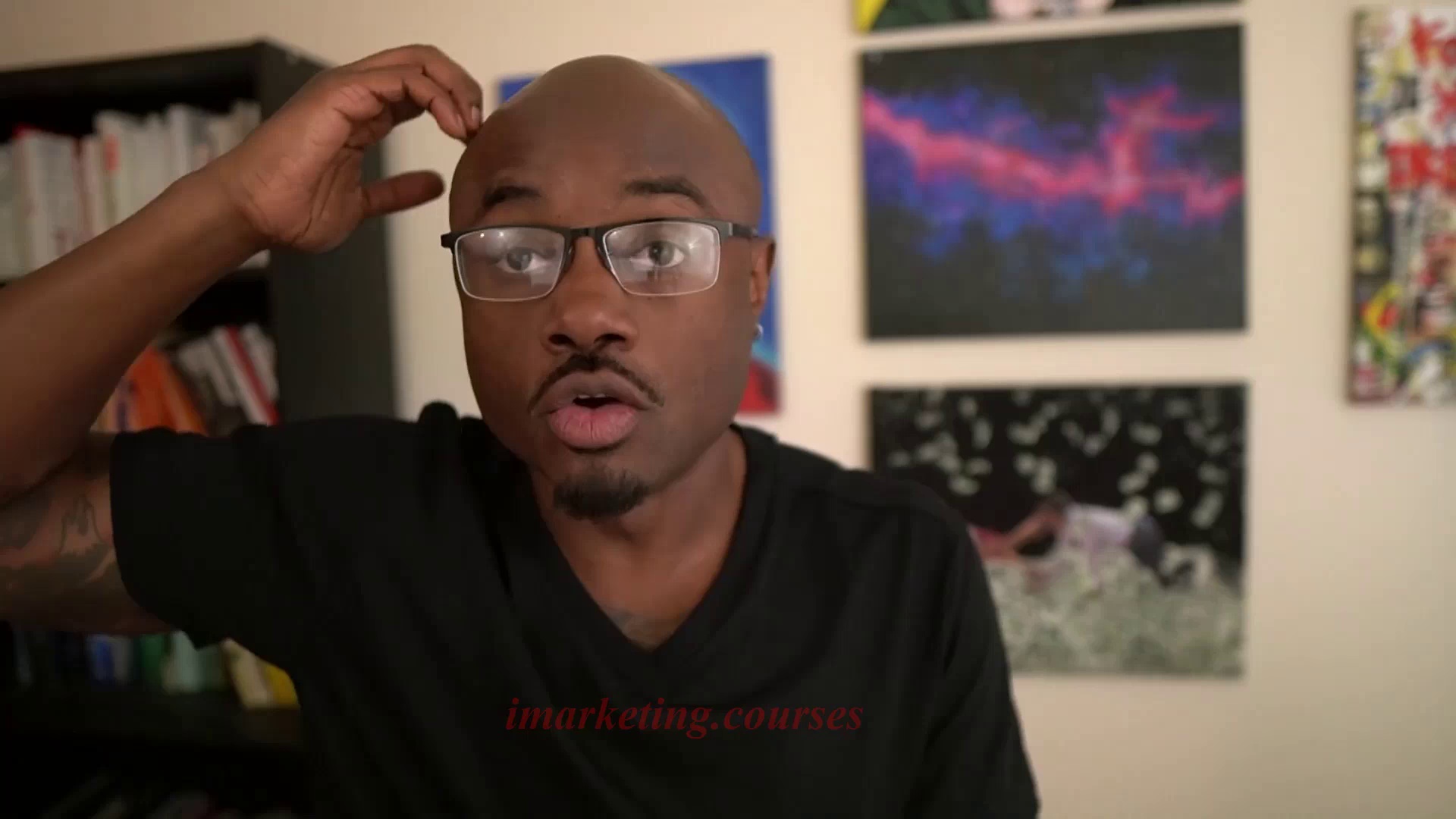
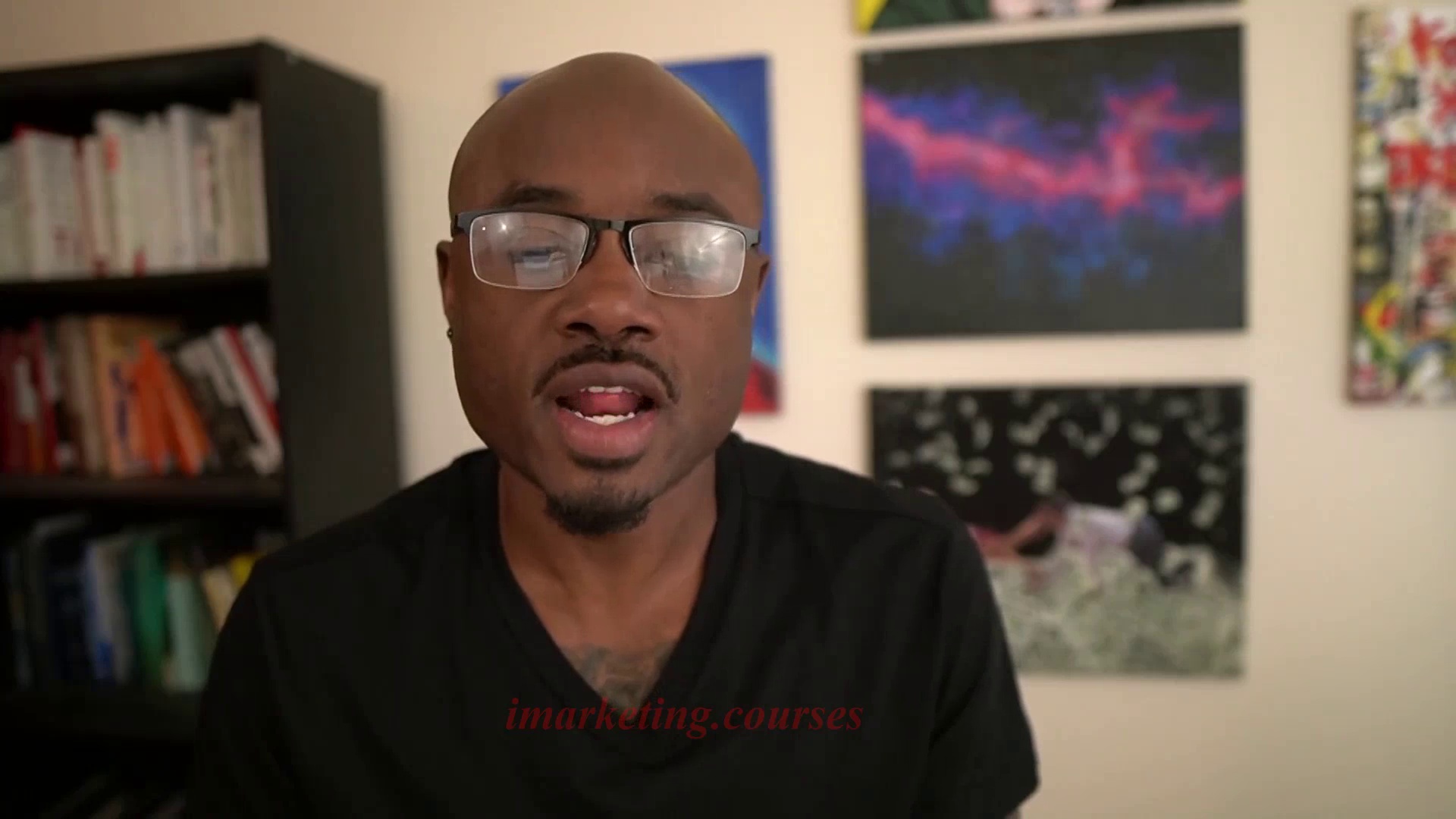
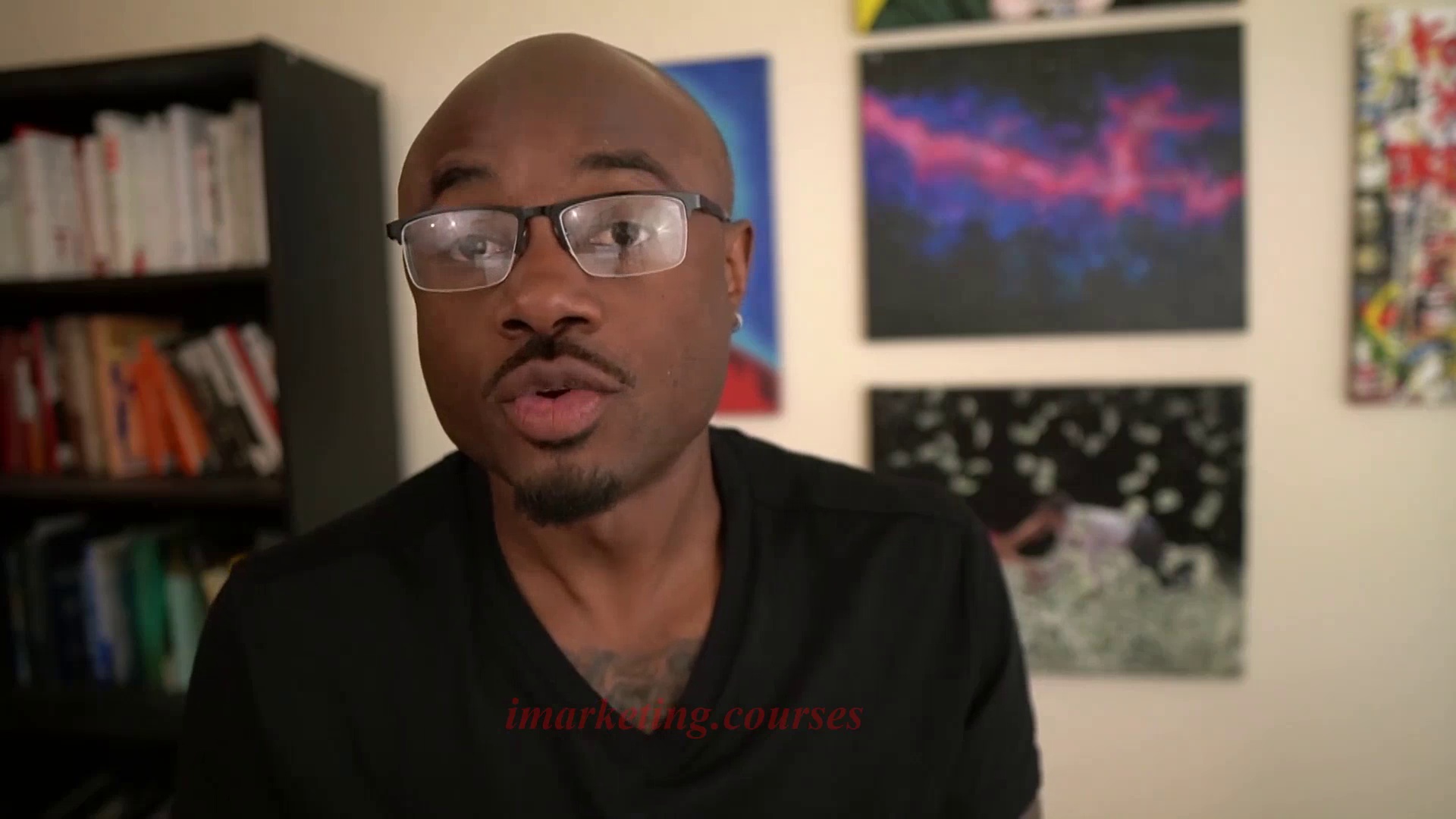
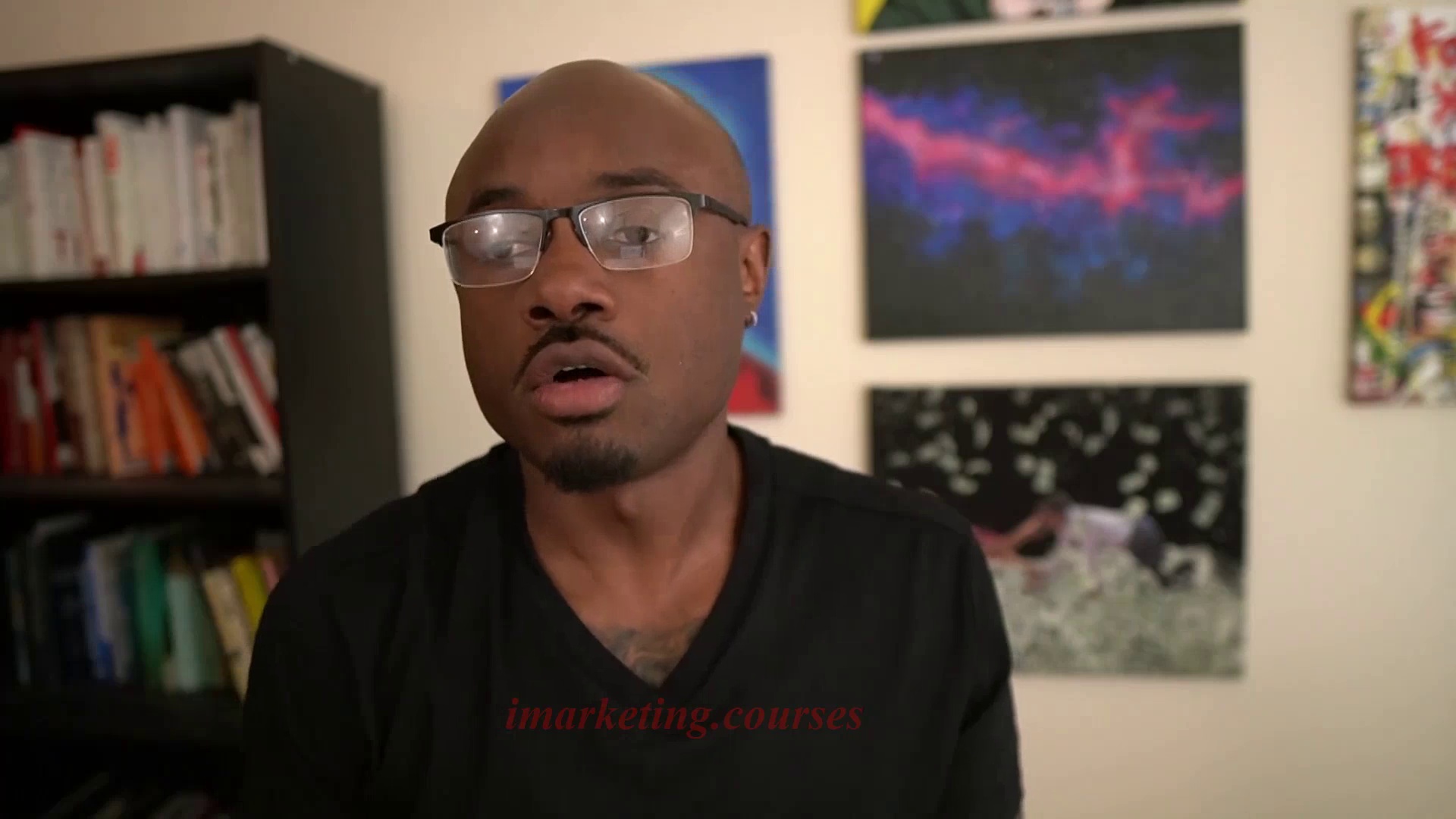
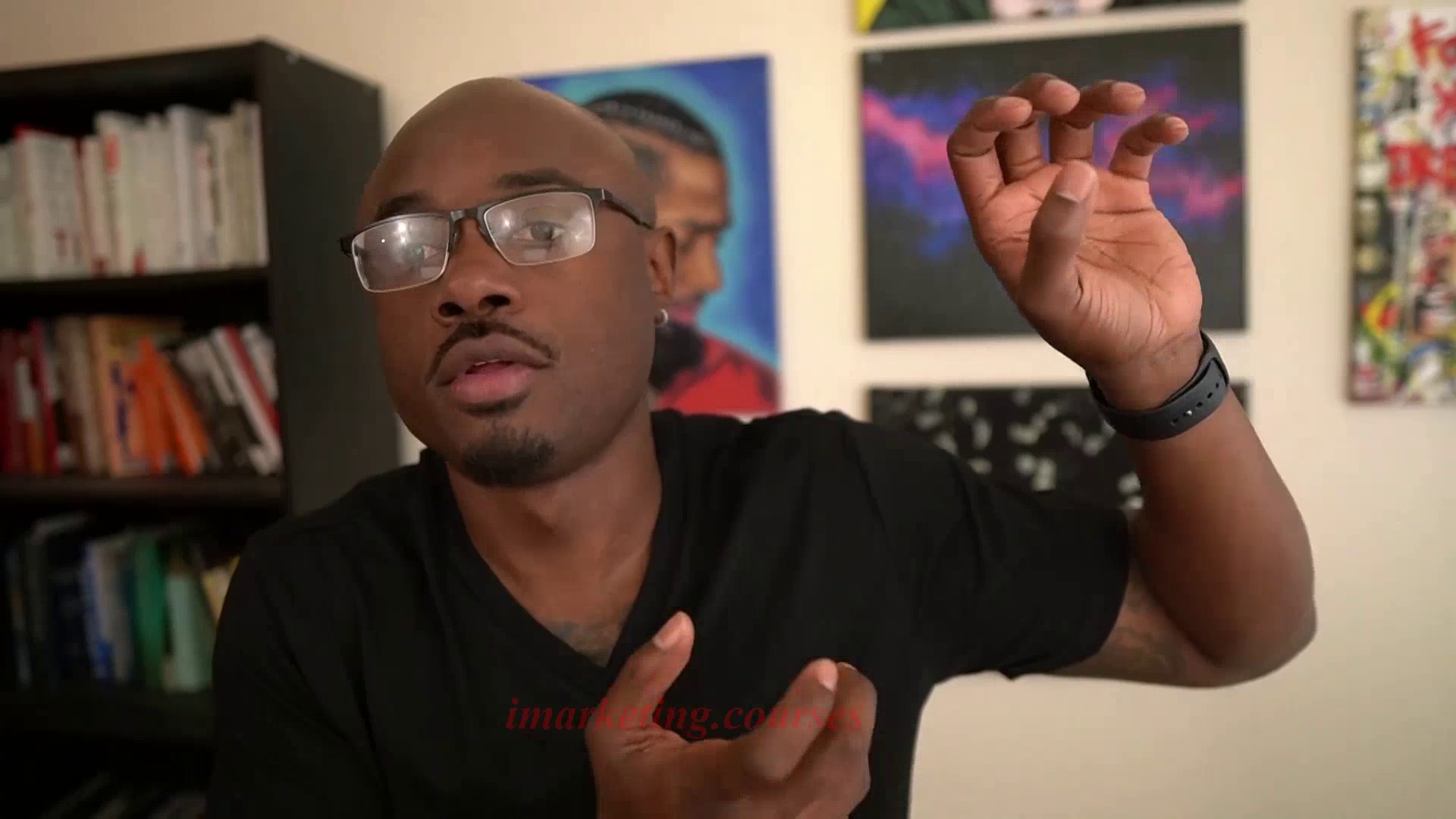
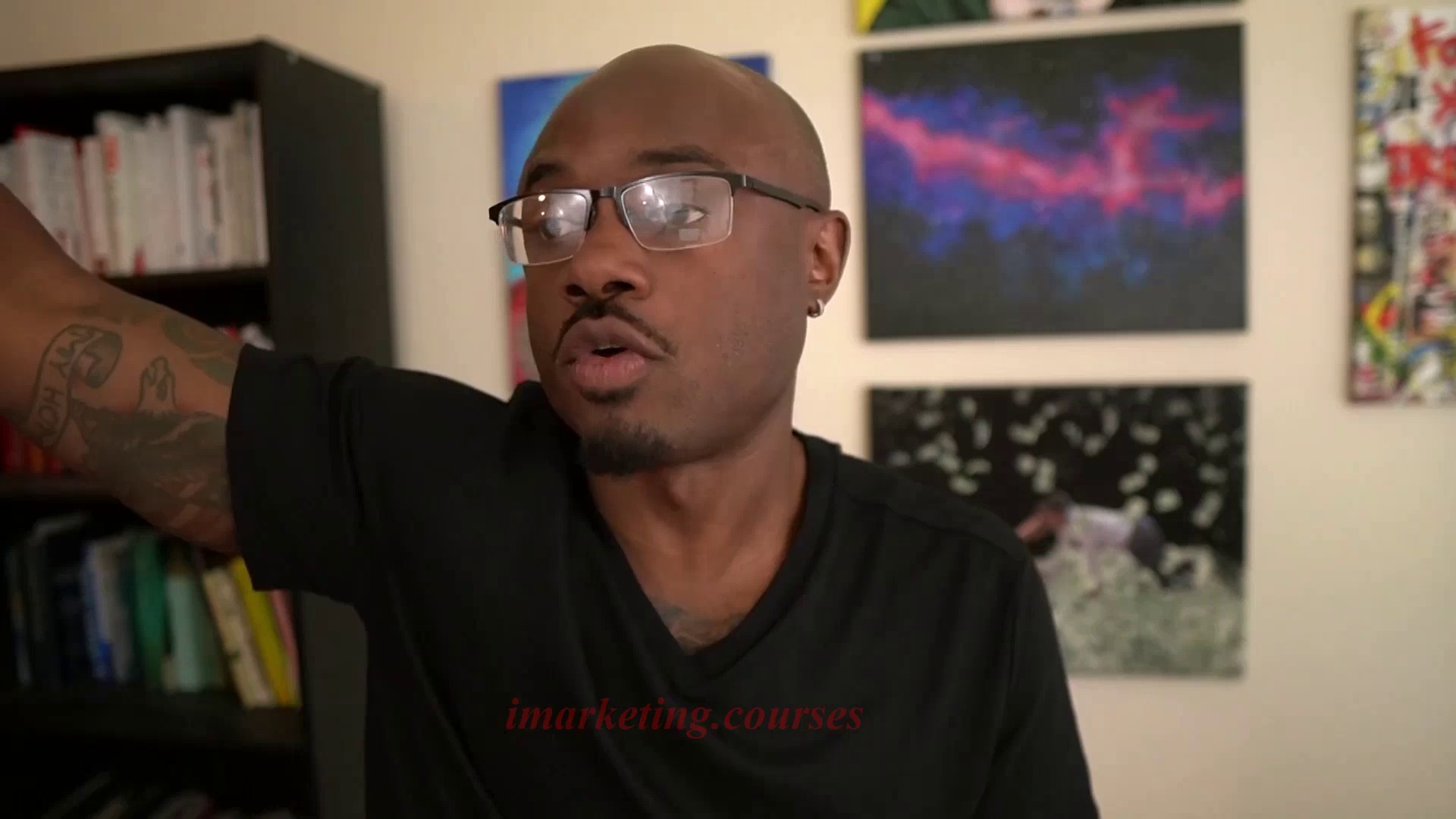
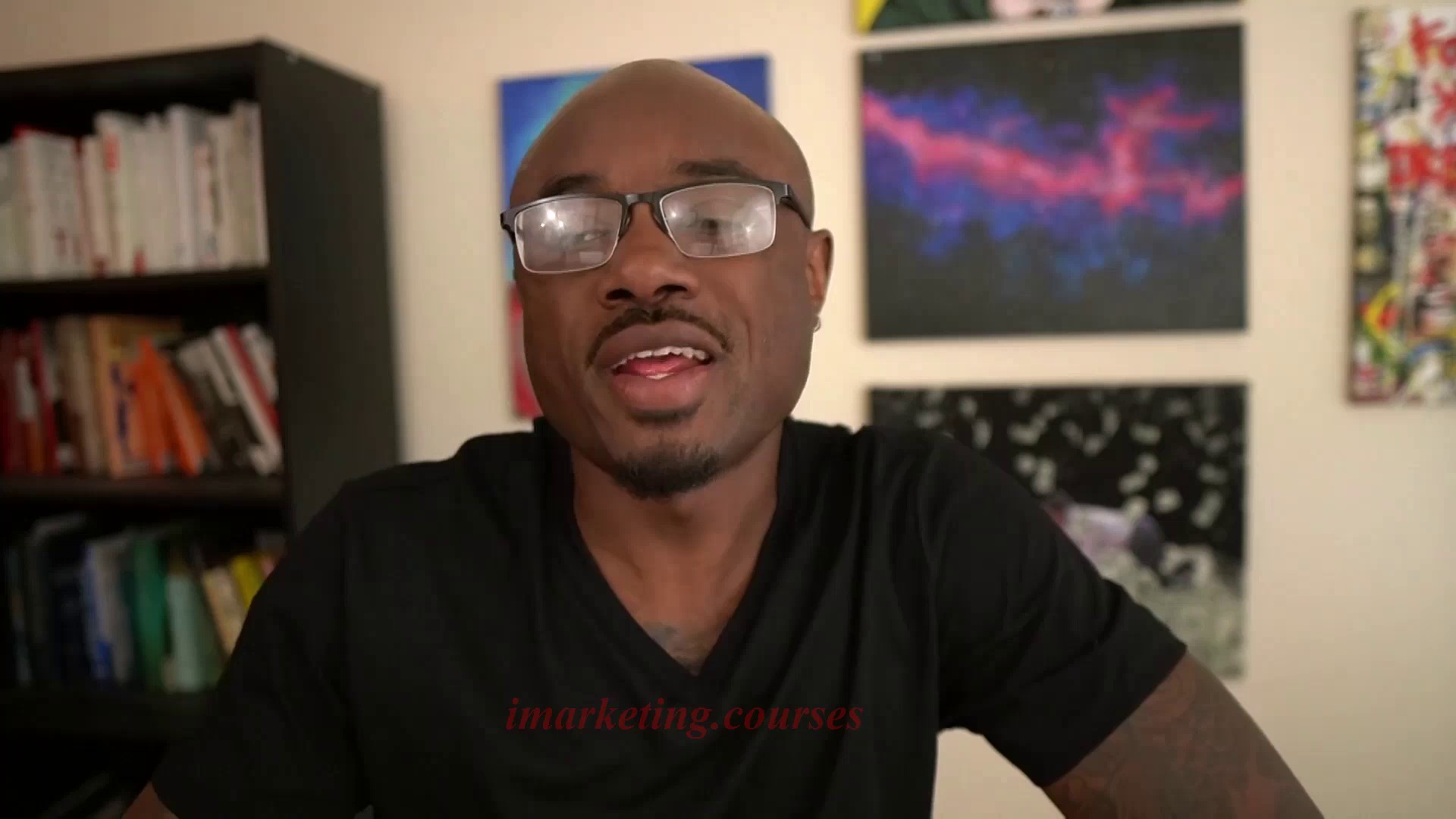
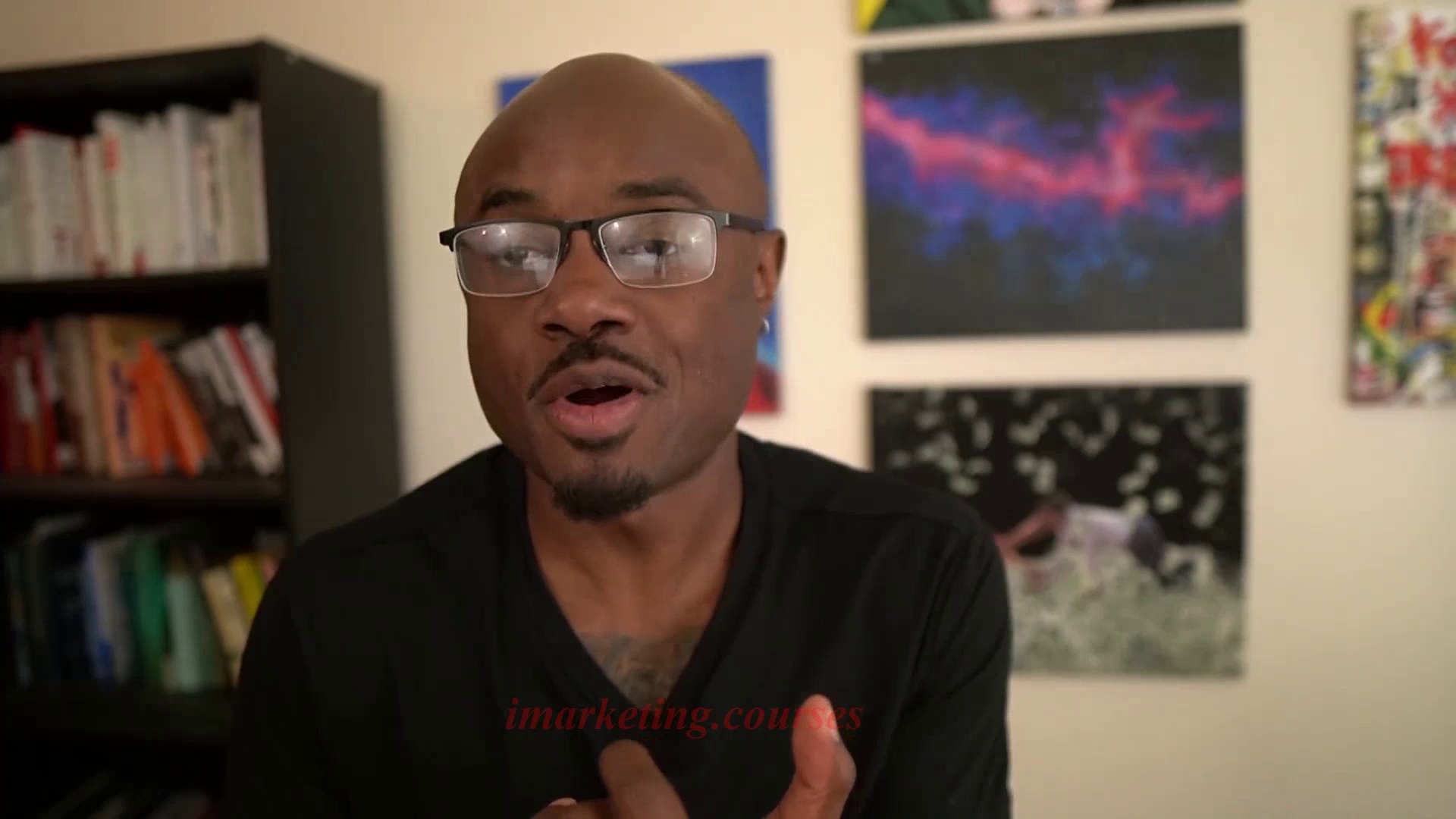
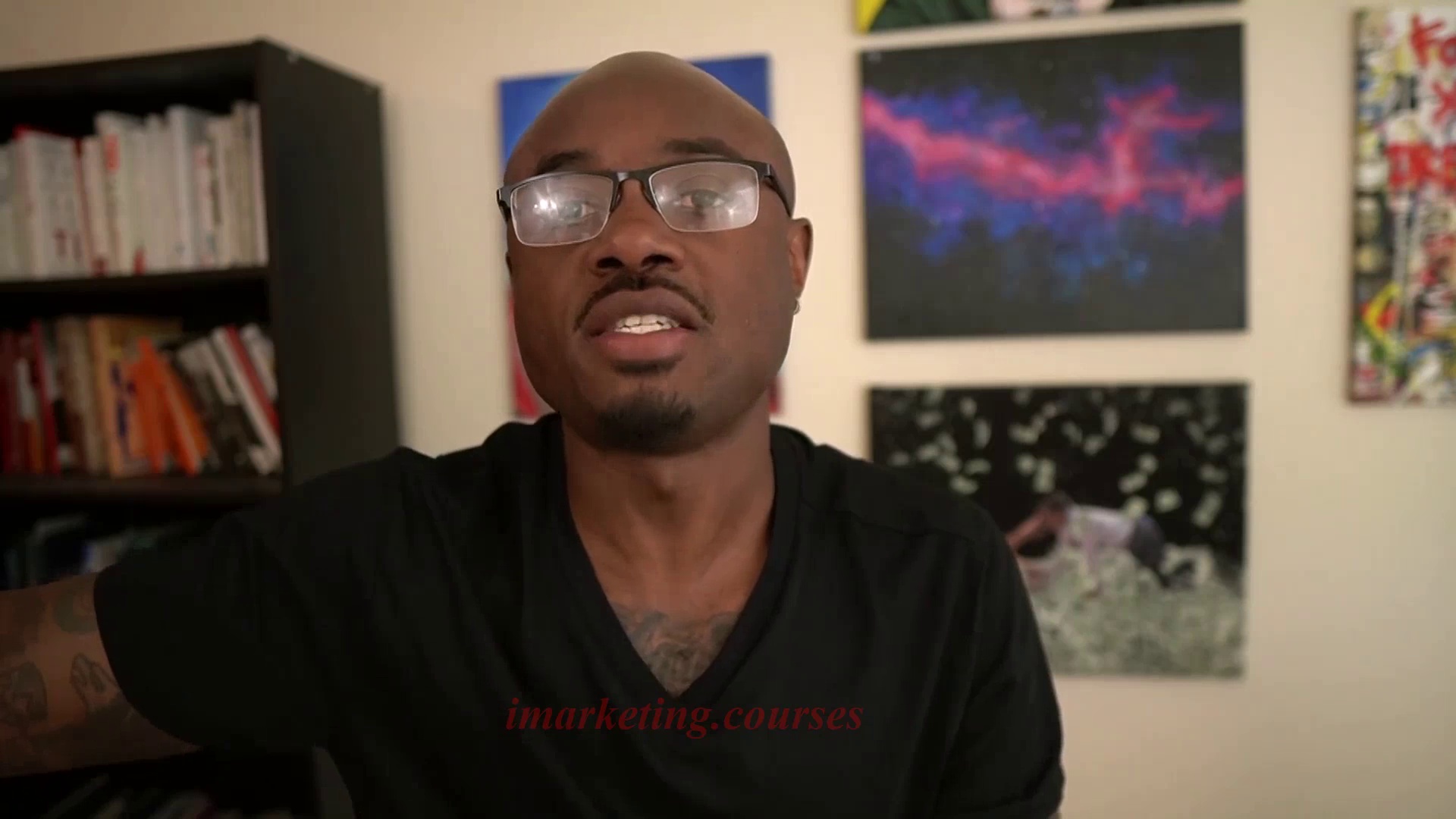
Self-improvement is a popular niche on Medium, but has lots of competition. Consider sub-niches like mindfulness, fitness, productivity, and psychology. Use studies and data to support your points.
Cultural commentary has grown on Medium. Sub-niches include feminism, LGBTQ rights, politics, race, sex, and newsjacking - writing about trending news.
Relationships is another broad category. Sub-niches include dating, long-term relationships, marriage, divorce, sex, and social skills.
Money categories include entrepreneurship, personal finance, freelancing, and marketing/writing advice.
There are miscellaneous niches like cats, satire, history, true crime, and personal essays. Choose topics aligned with your interests and audience.
To choose a niche: Pick 3 Medium tags, find 3 top writers in those tags, read 5 articles from each, and take notes on their styles to inform your own writing.
.Medium Writing - Part 4
















































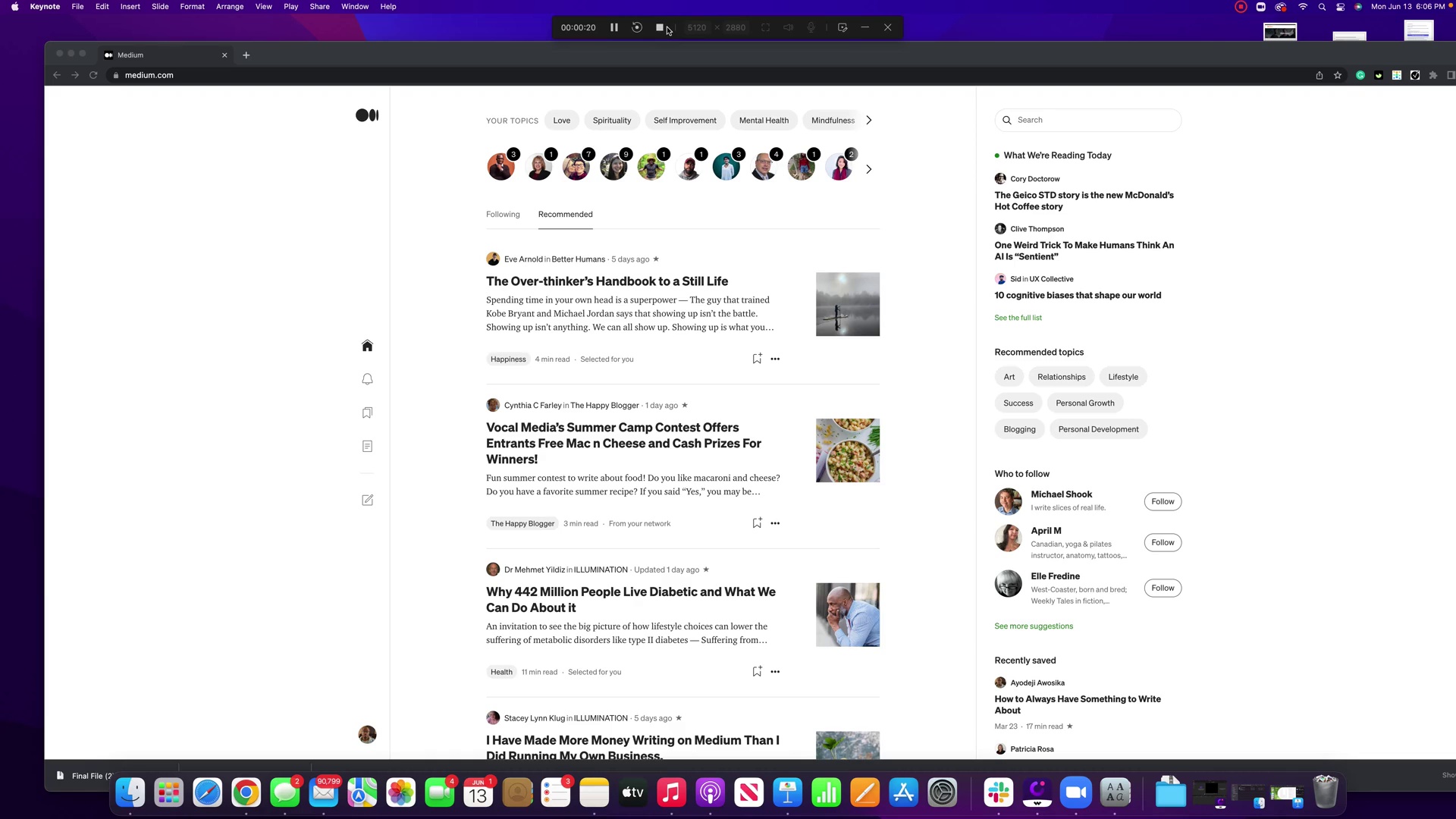
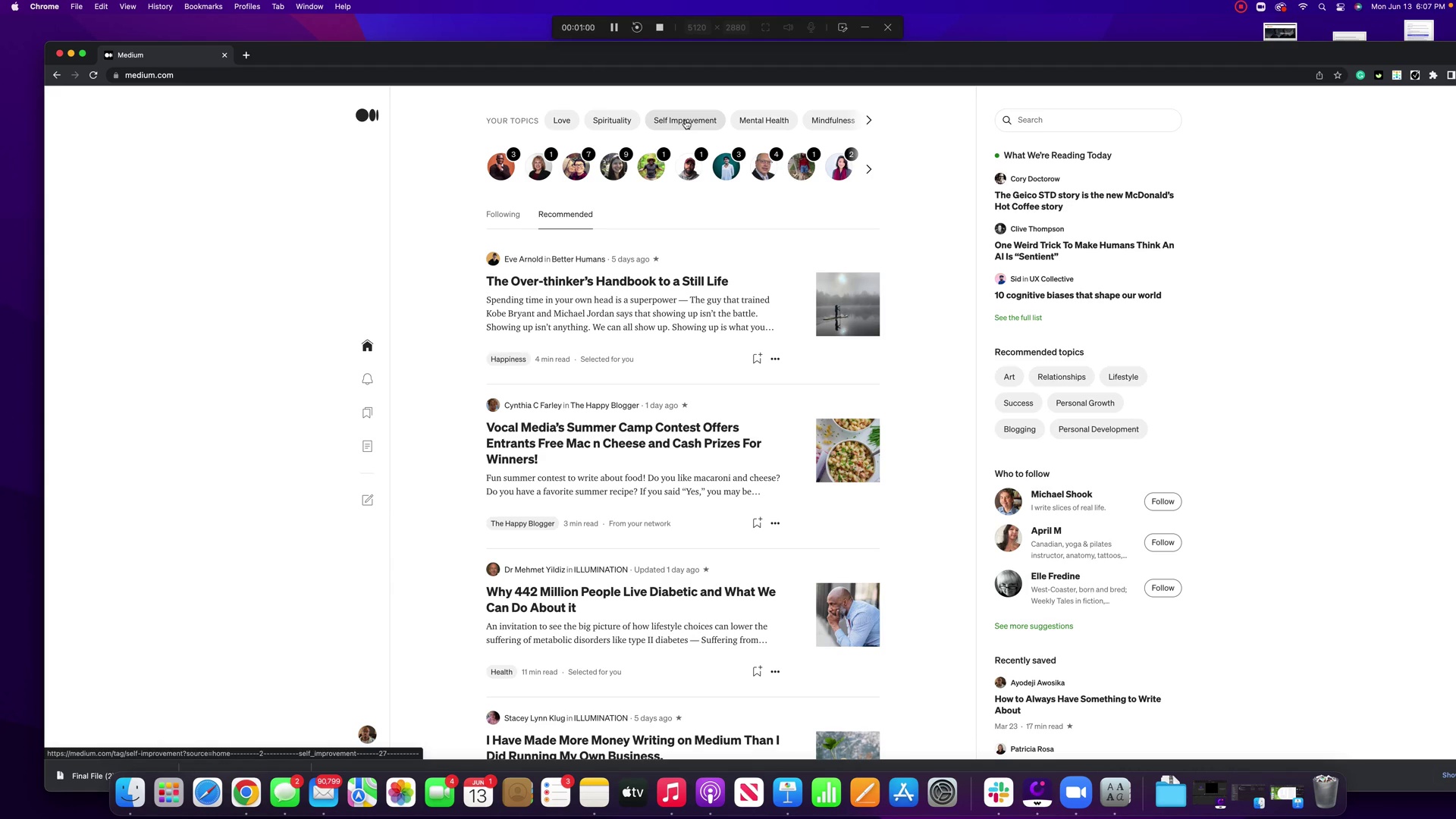
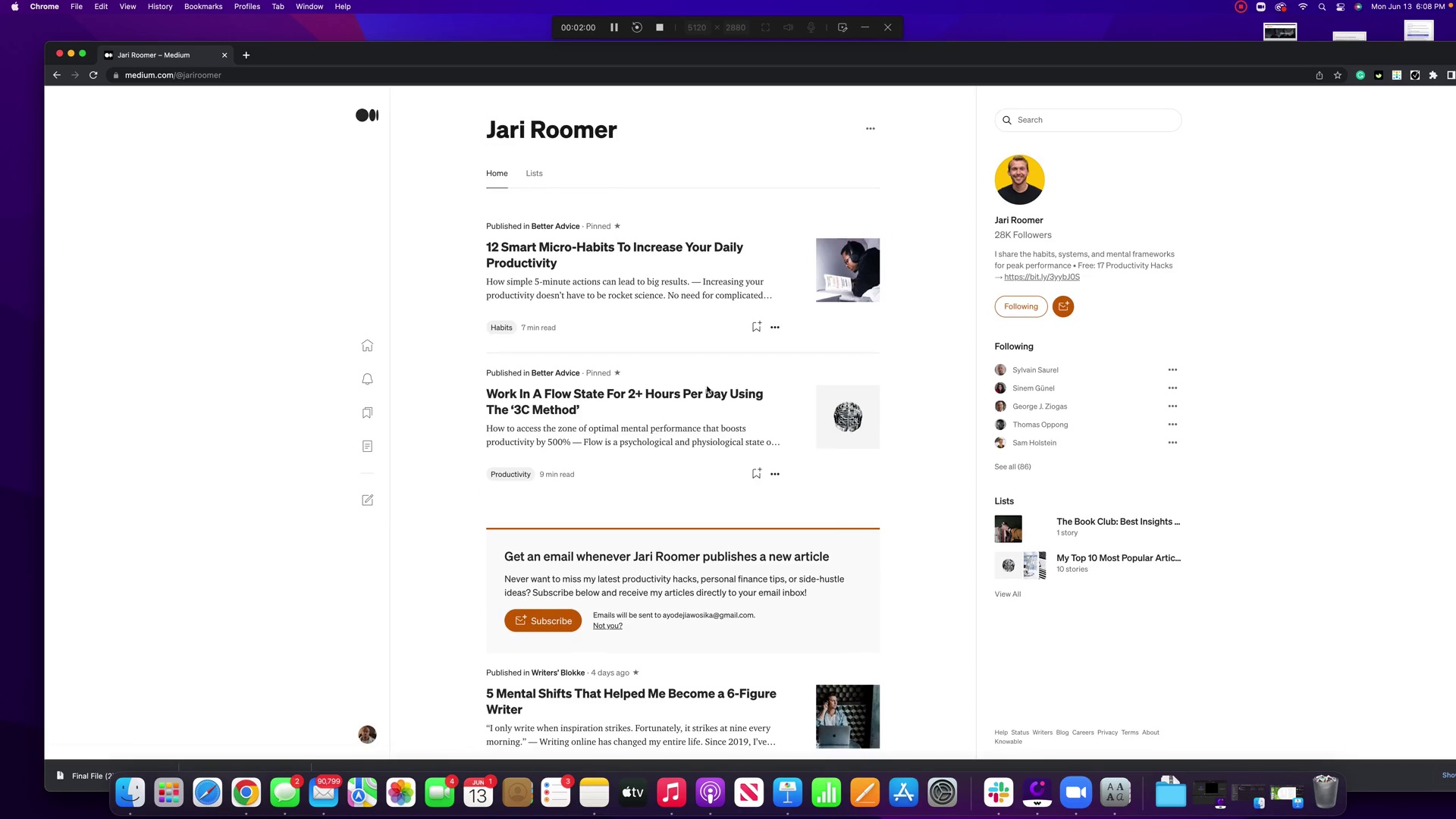
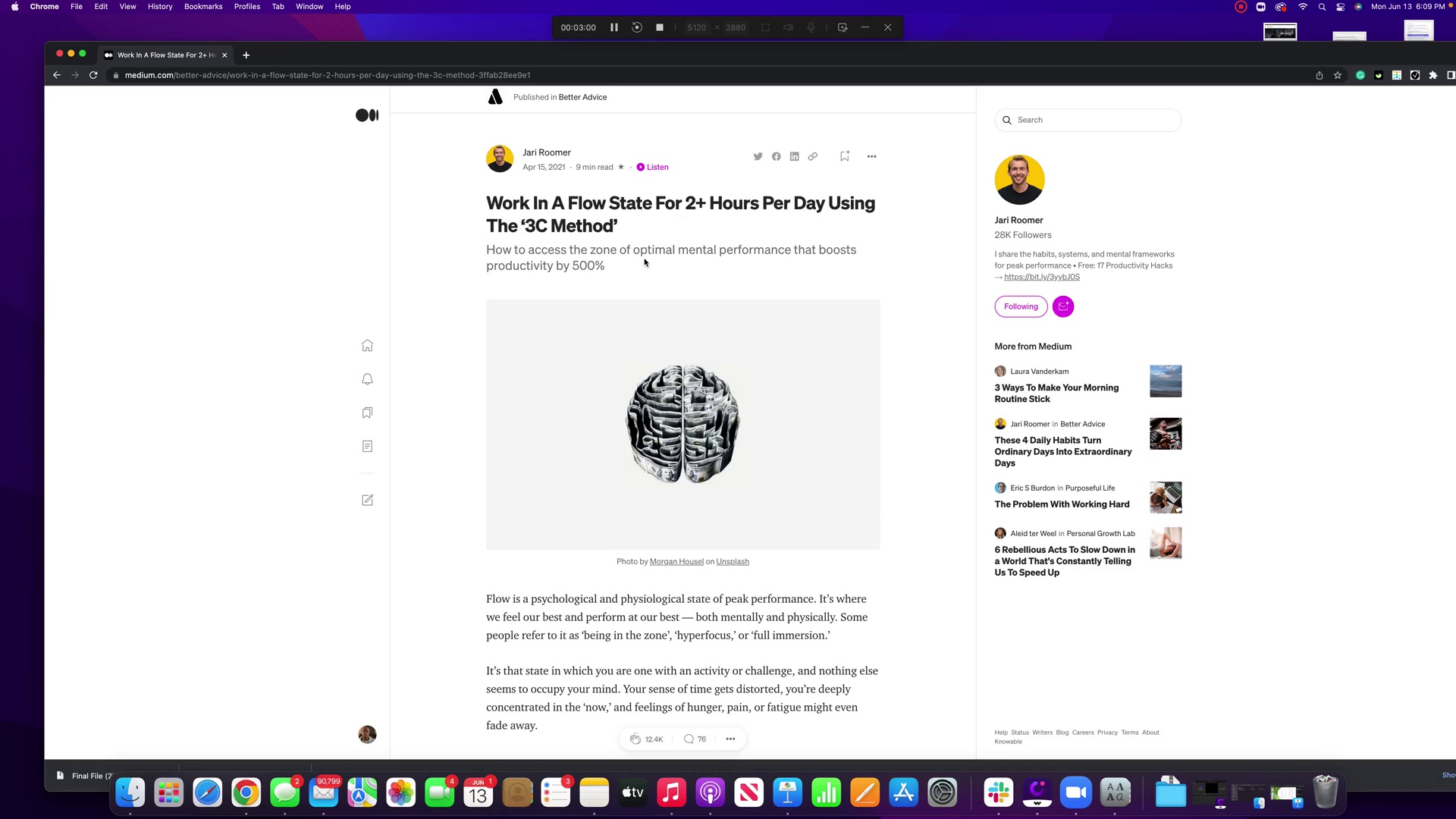
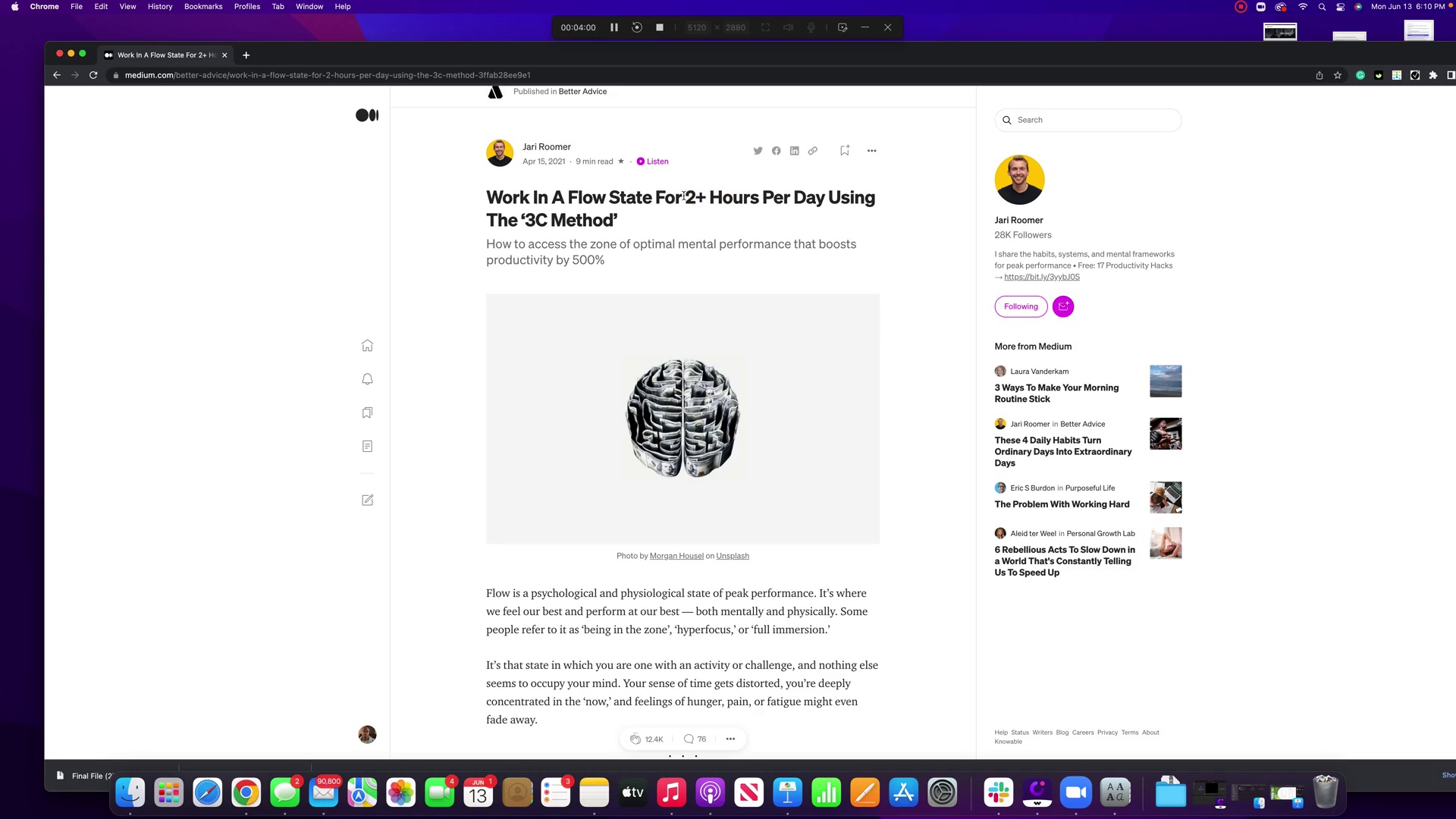
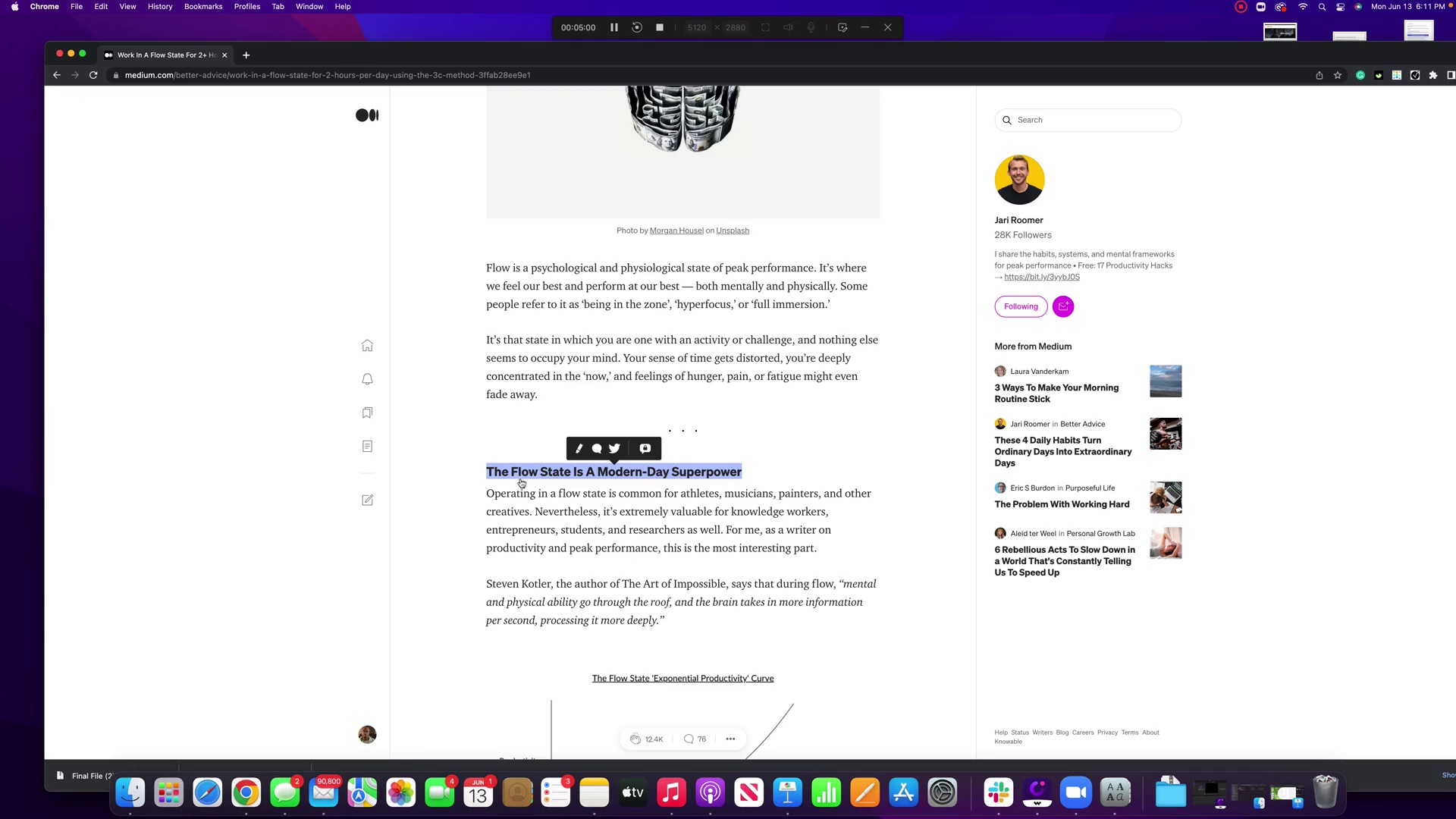
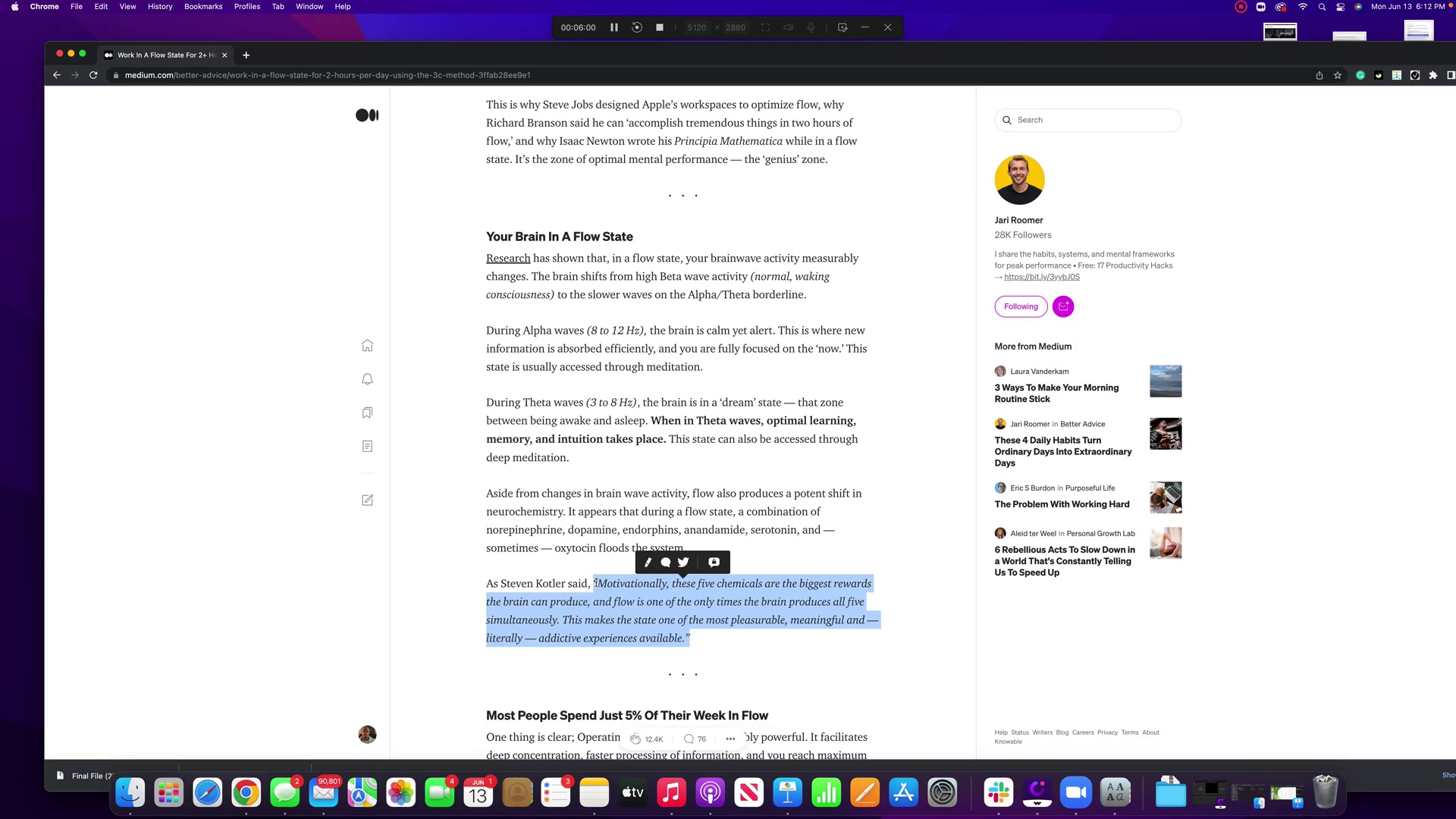
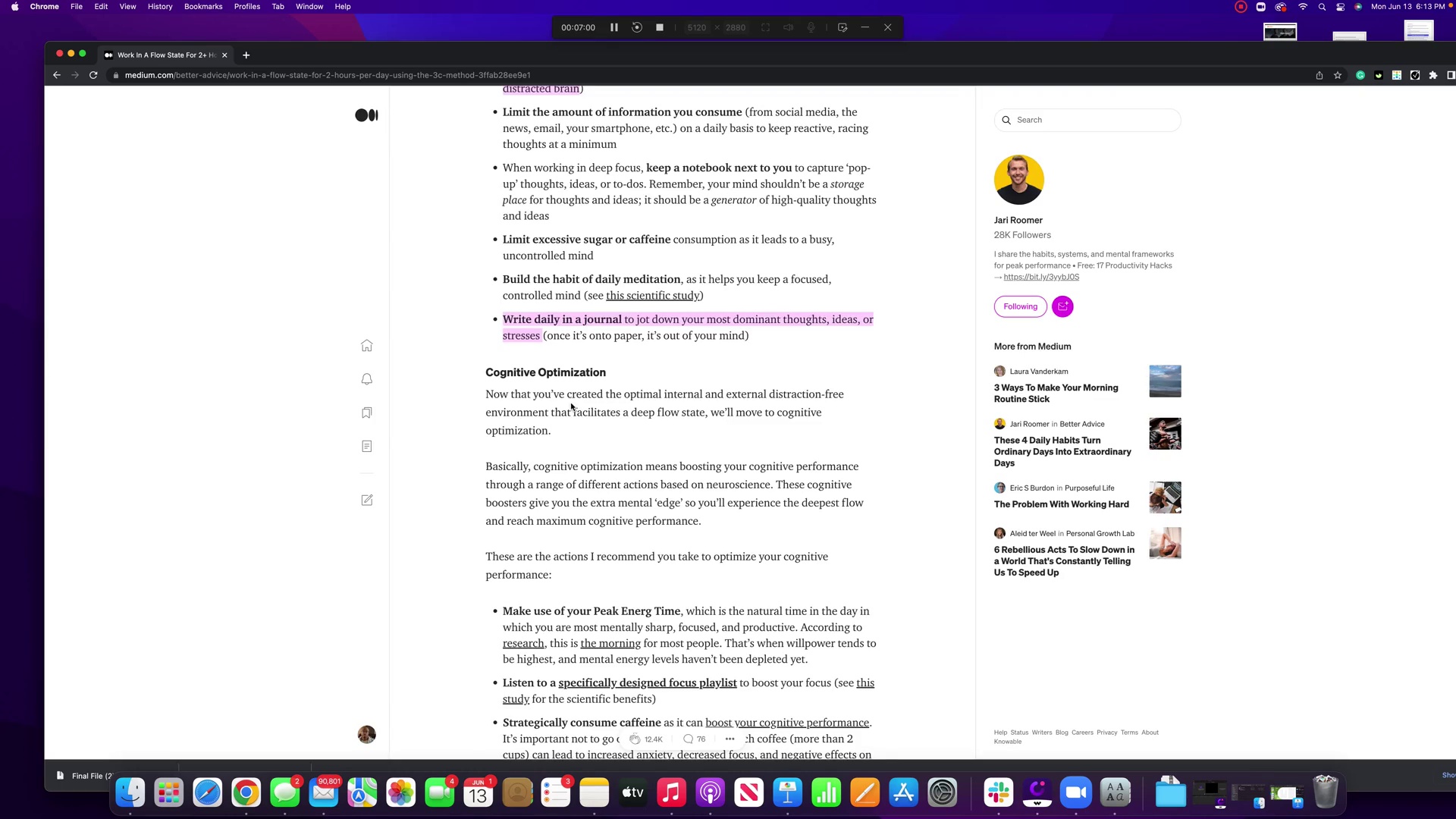
The narrator recommends picking three broad tags related to your writing topic, finding three top writers in each tag, reading five of their top articles, and taking notes on what you like and dislike to understand what works well on Medium.
To find top writers in a tag, use the "Top Writers" section when browsing a tag on Medium. Writers become "Top Writers" by frequently publishing popular content with that tag.
When studying other writers' articles, focus on their titles, formatting, research citations, and other elements the narrator analyzes in the example article. Notice techniques like strong headlines, subheadings, data/statistics, quotes from experts, visuals, and readable formatting.
After studying 15 articles from 3 writers in 3 tags this way, you'll have in-depth knowledge of what content succeeds on Medium to inform your own writing.
.Medium Writing - Part 5
























































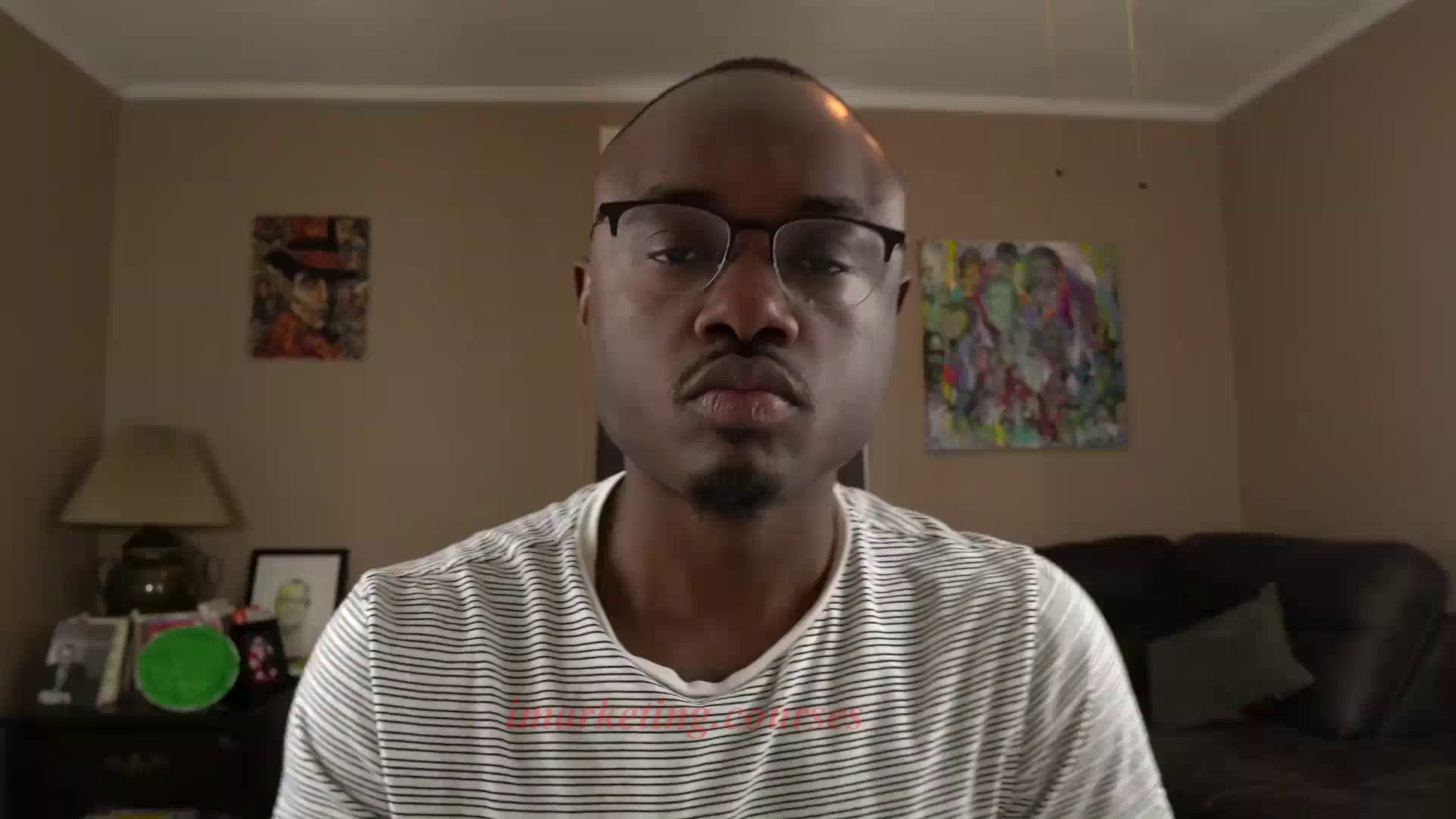
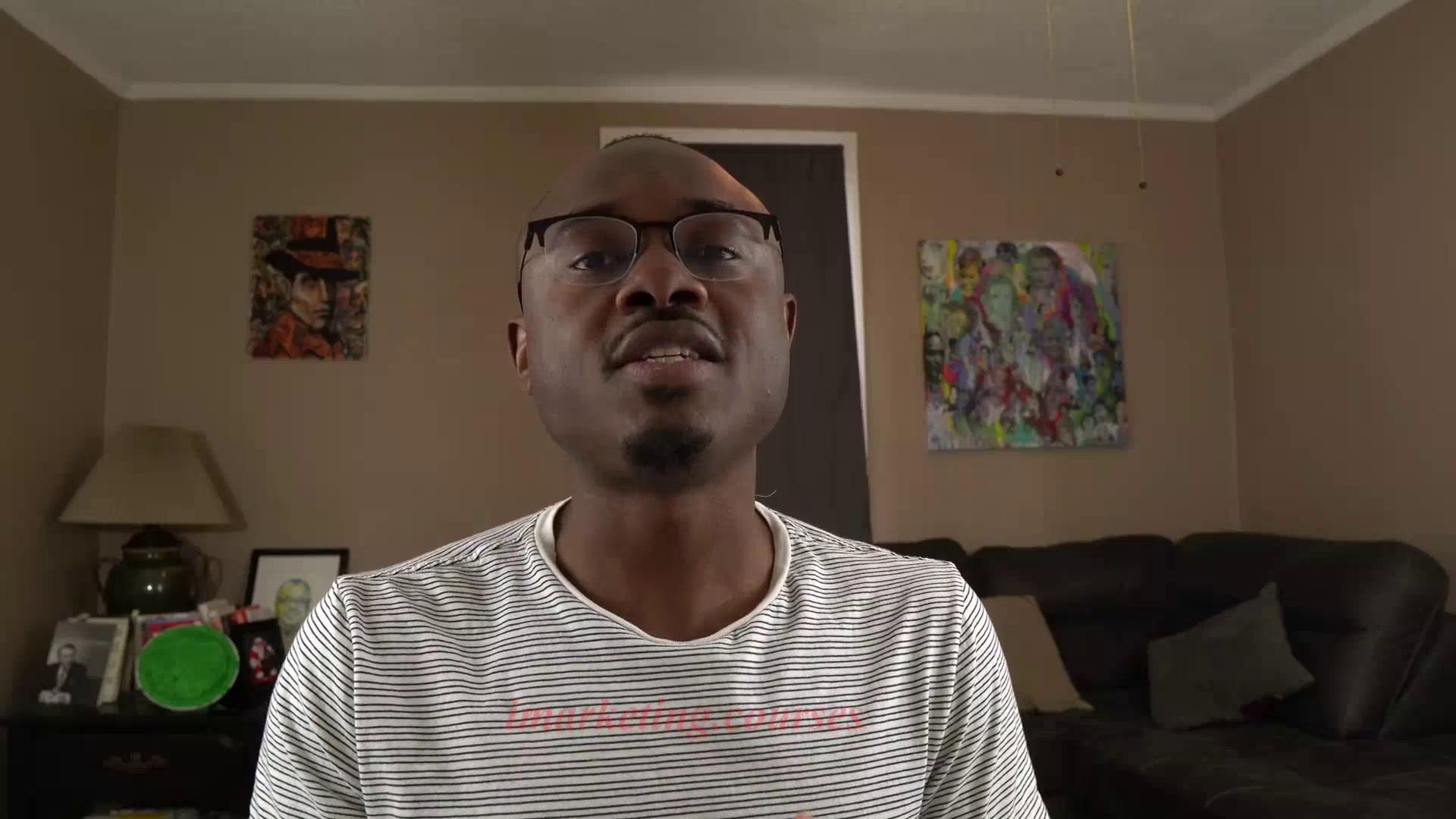
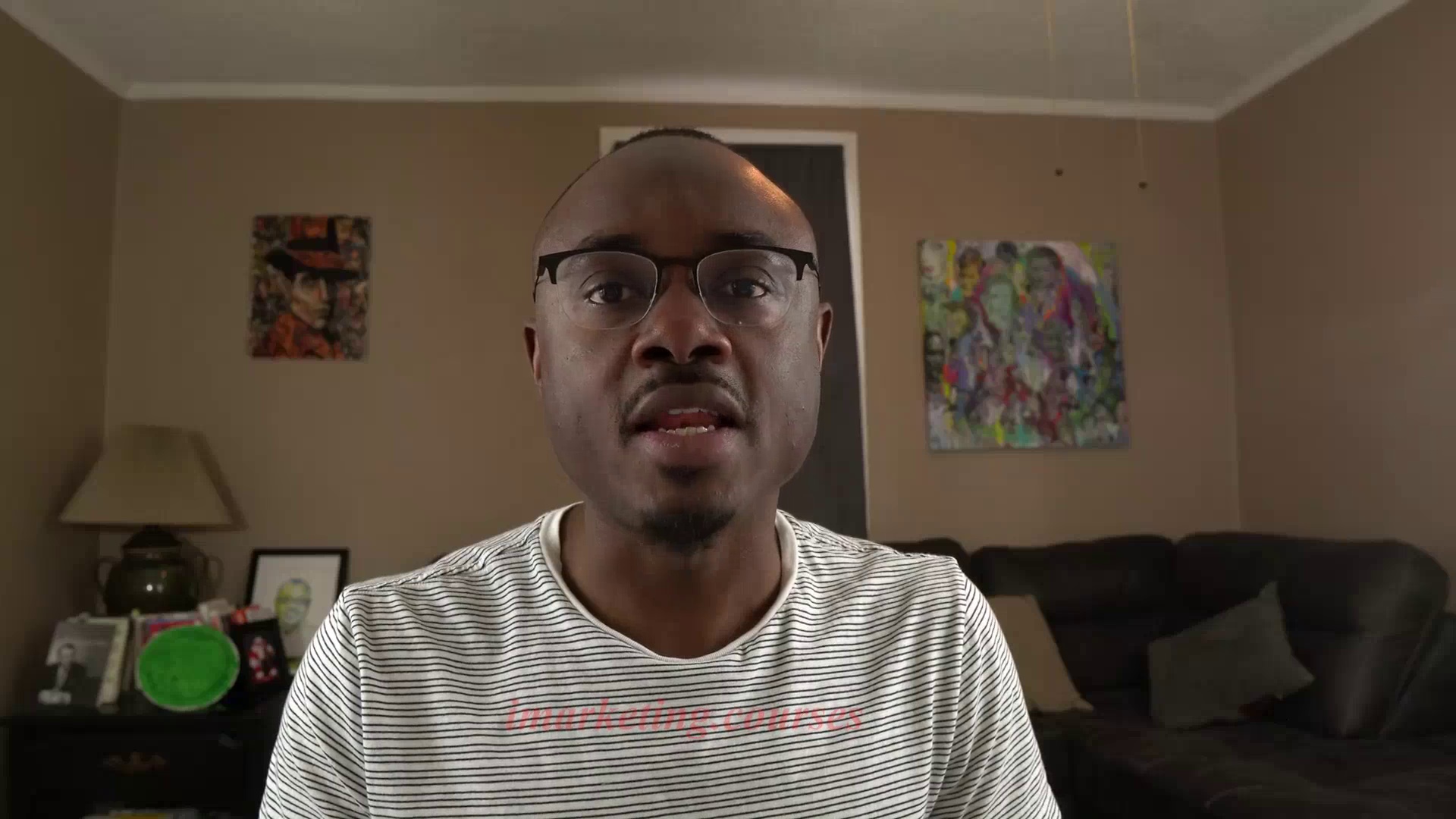
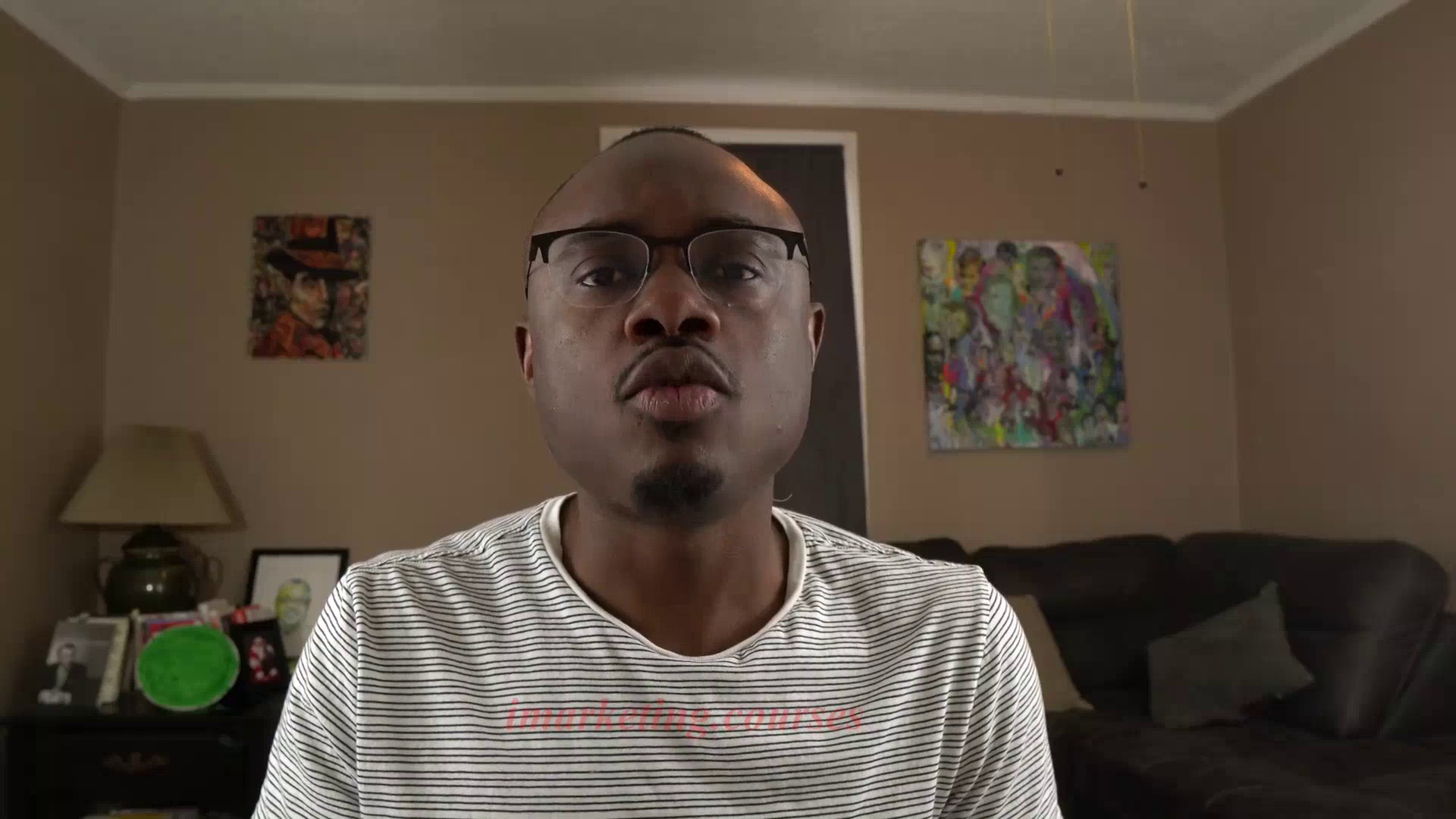
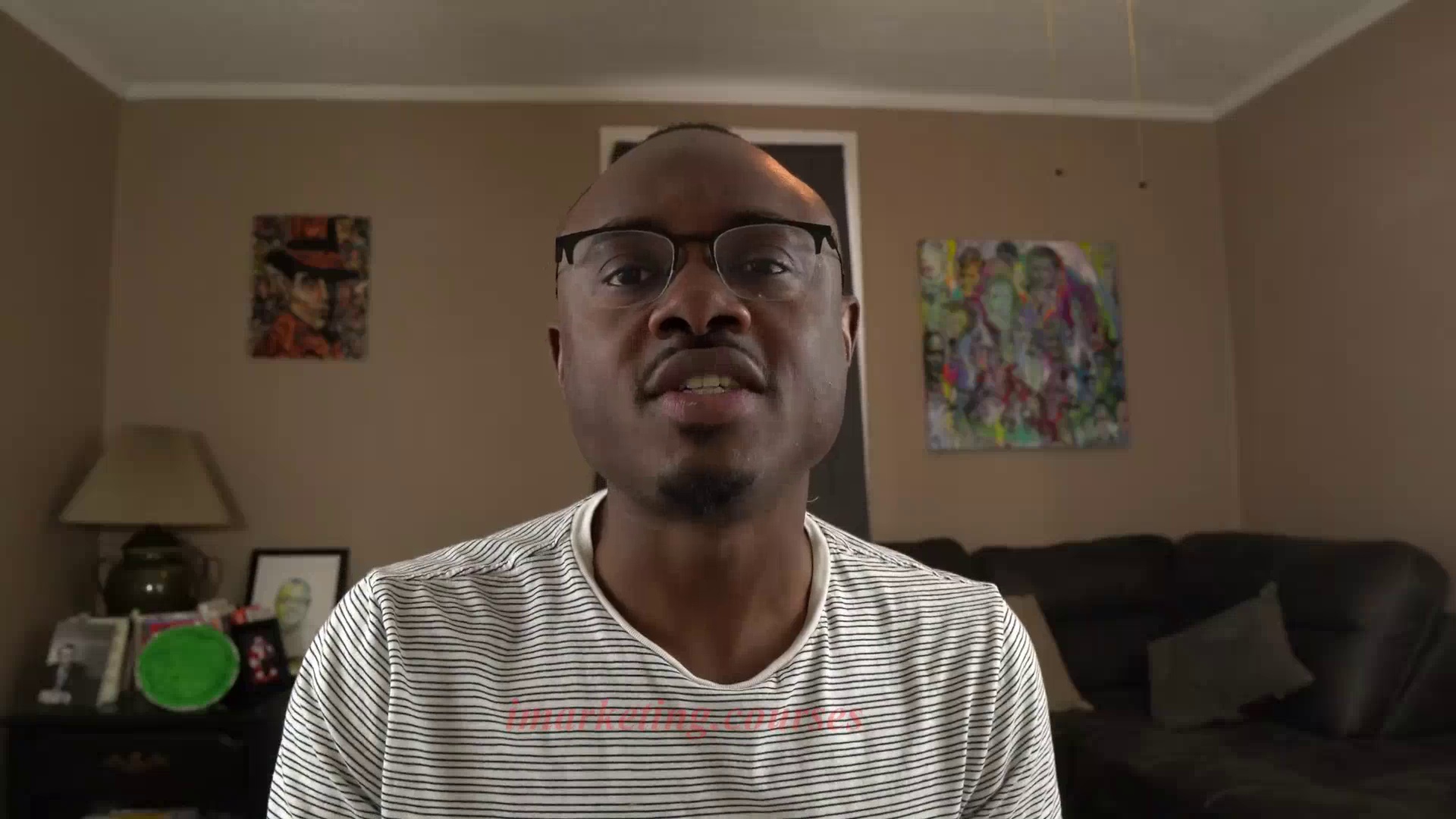
The narrator introduces an exercise to help determine the target audience when creating content. The goal is to construct a detailed "reader avatar" - a fictional ideal reader. This helps writers keep their audience in mind and communicate directly to them.
The narrator's reader avatar for writing about writing: someone who always wanted to be a writer, is self-motivated, and open to coaching. The avatar has specific details like being a 36-year-old woman working in nonprofit marketing who dreamed of writing since her teens. Constructing this detailed persona helps inform the no-nonsense teaching approach.
The assignment is to create three separate reader avatars to clearly define the target audience. This will help provide focus, especially for perfectionist personality types who over-analyze their niche. The avatars should be detailed with paragraphs about their background, challenges, and goals.
.